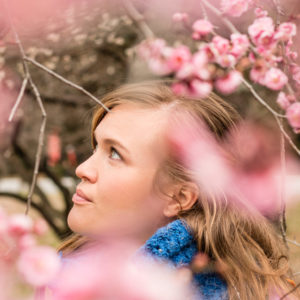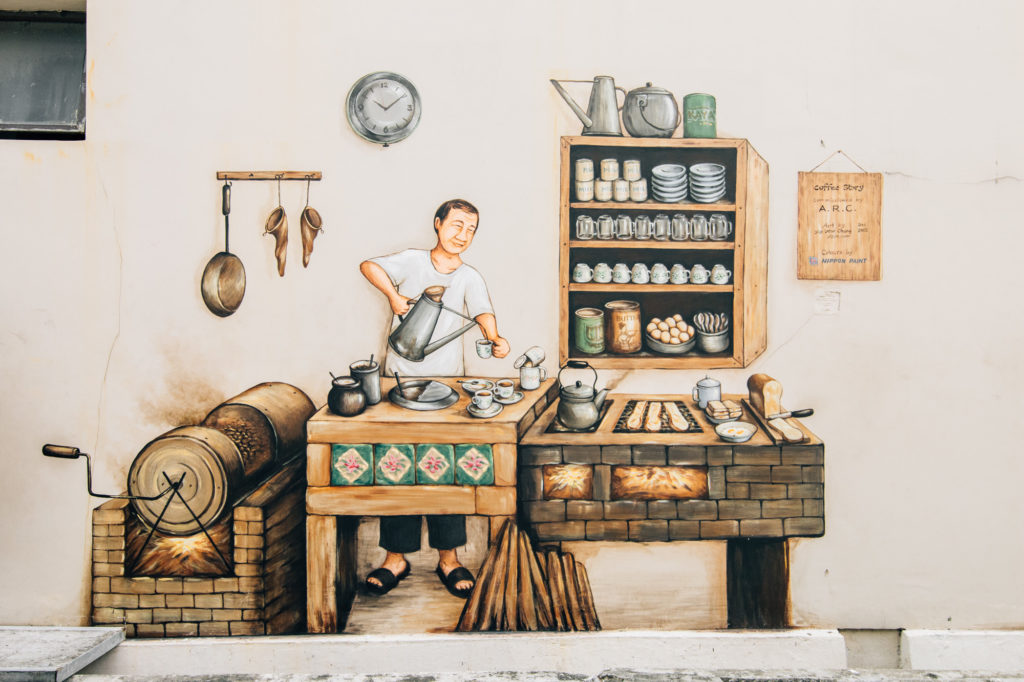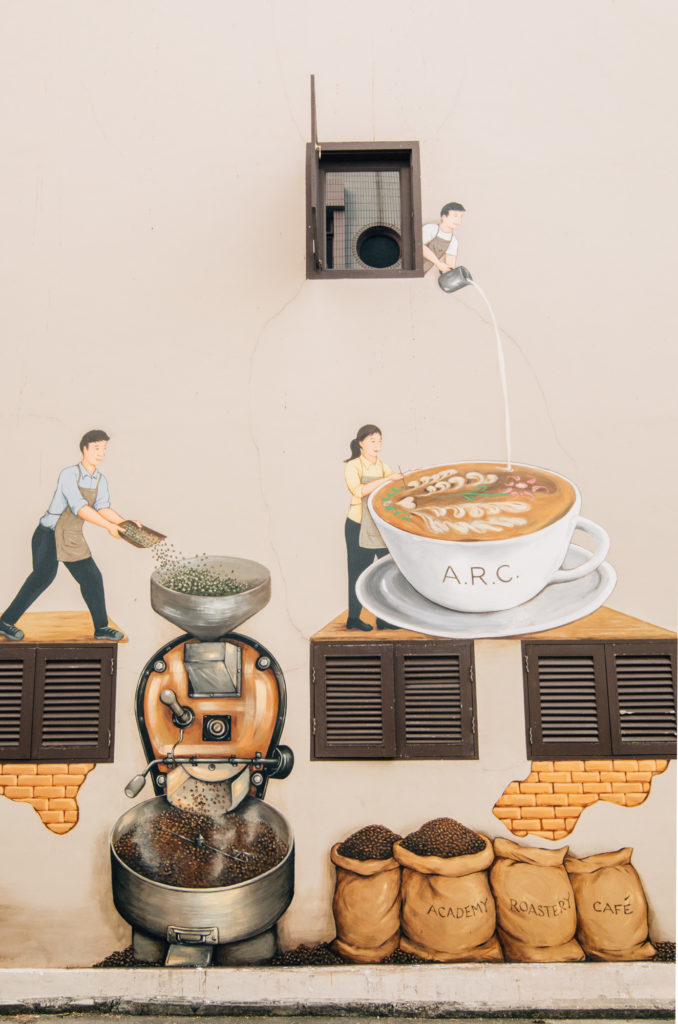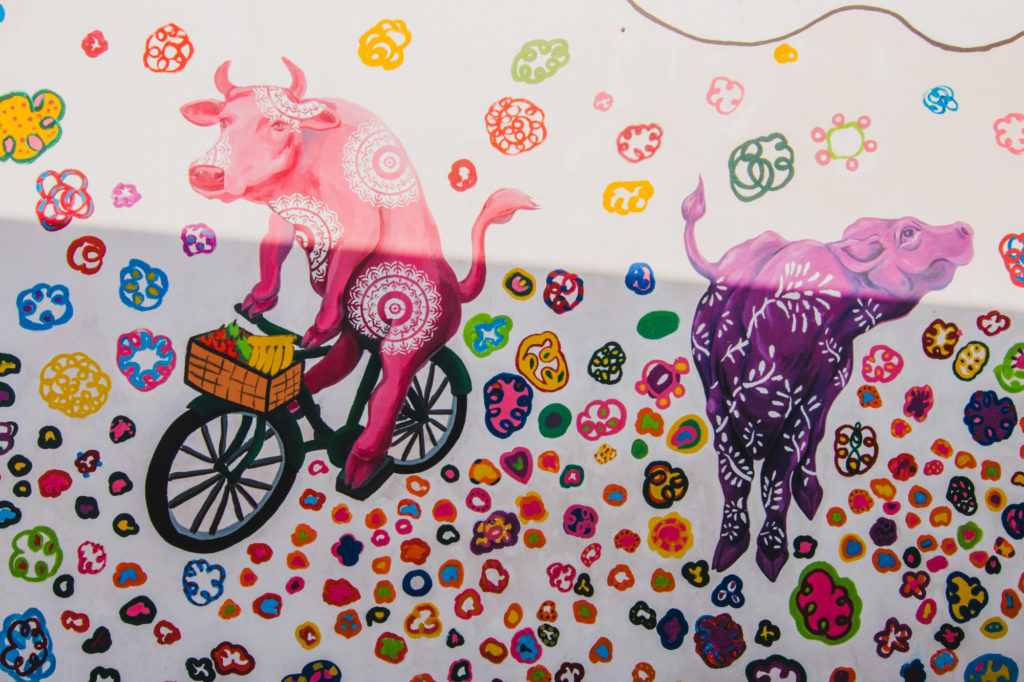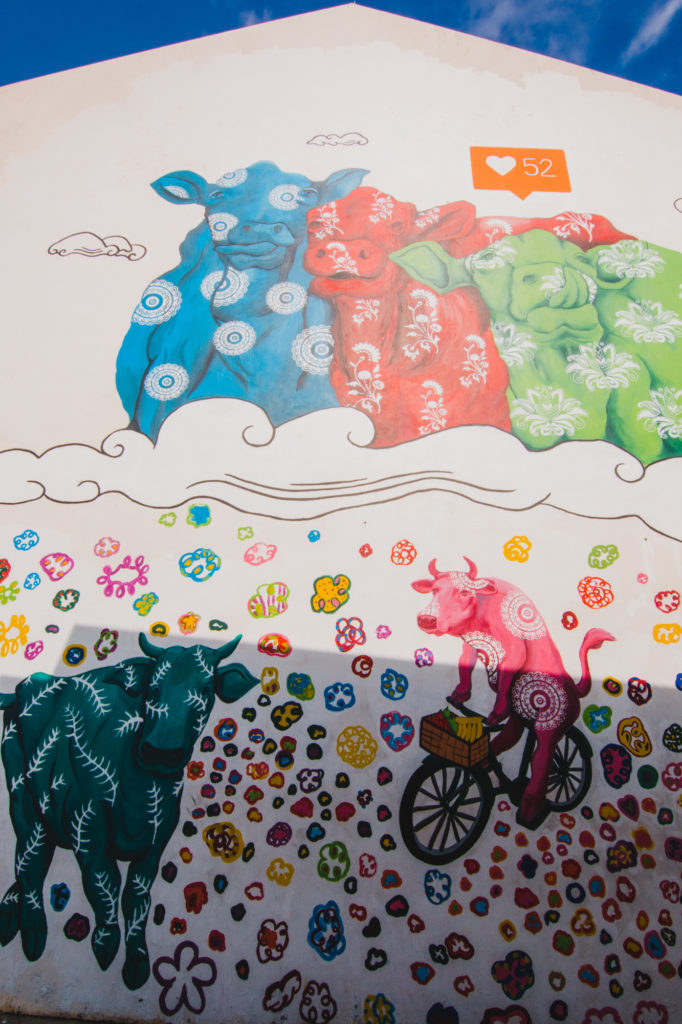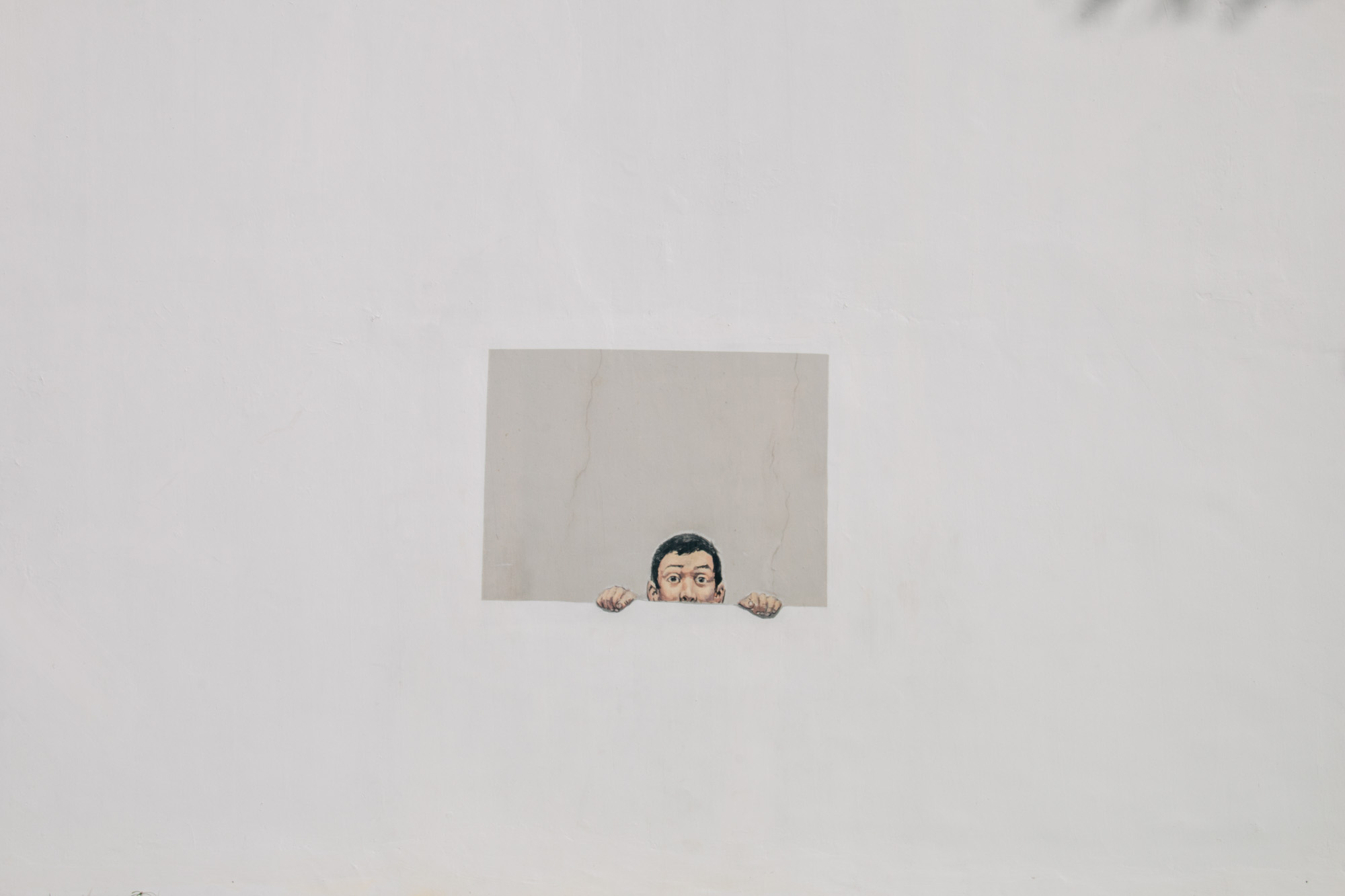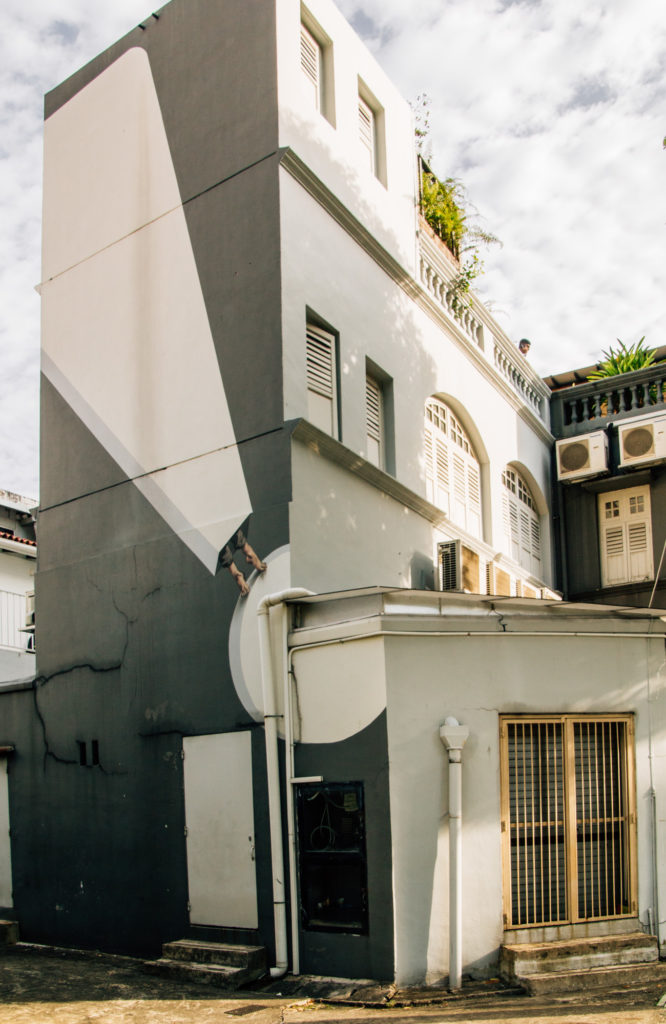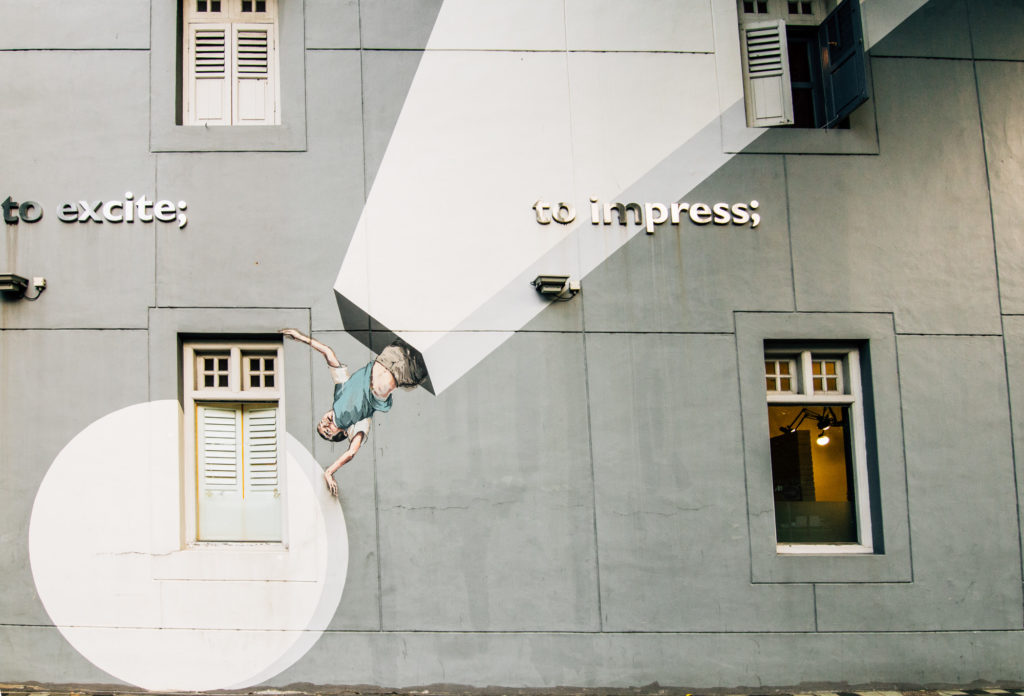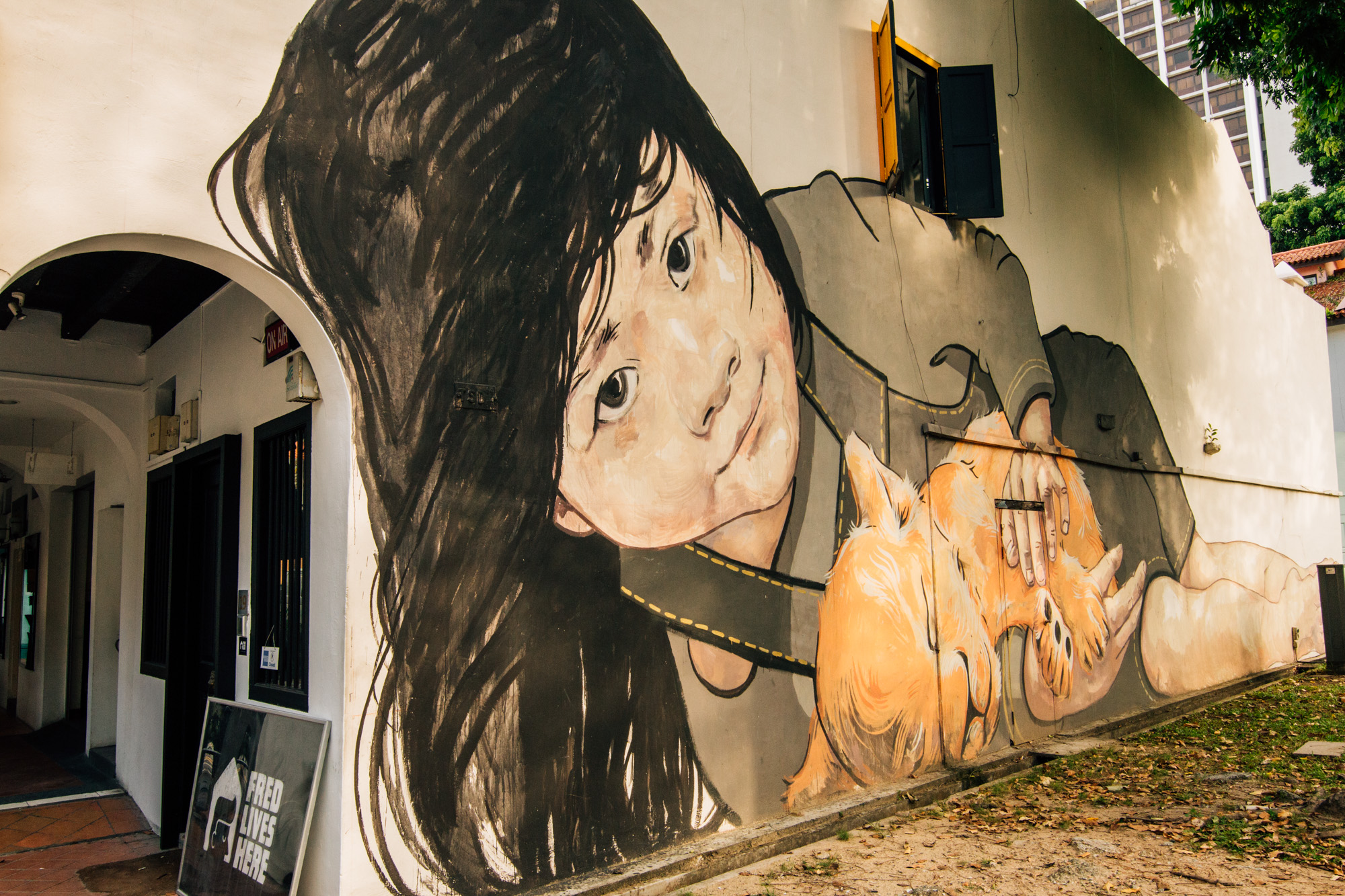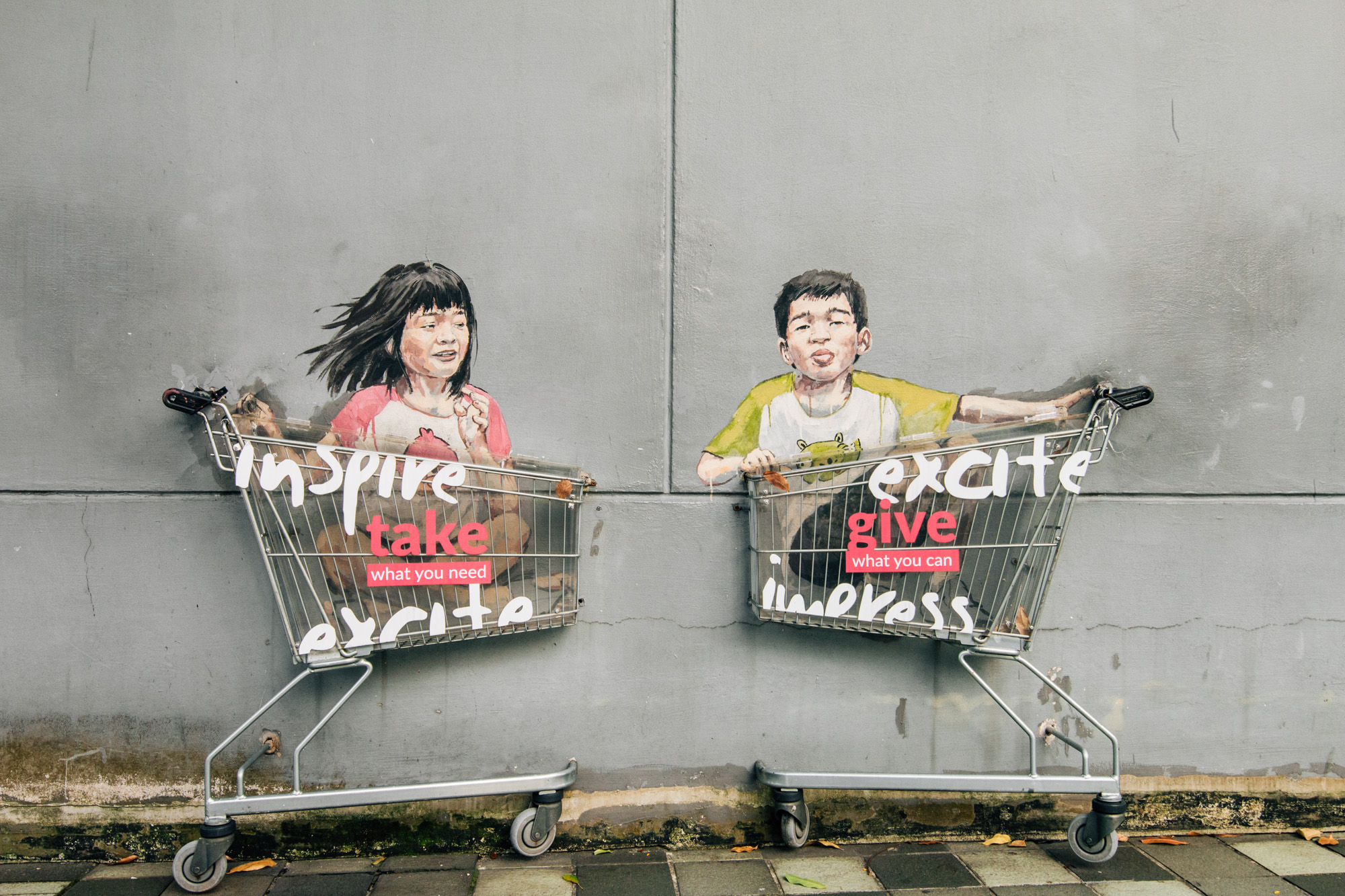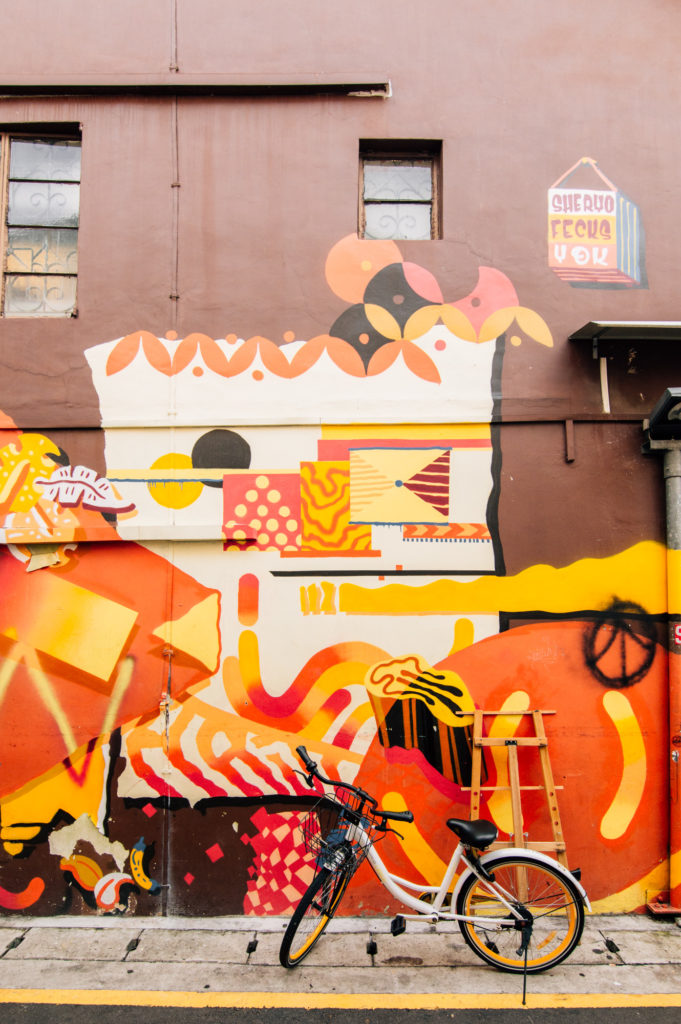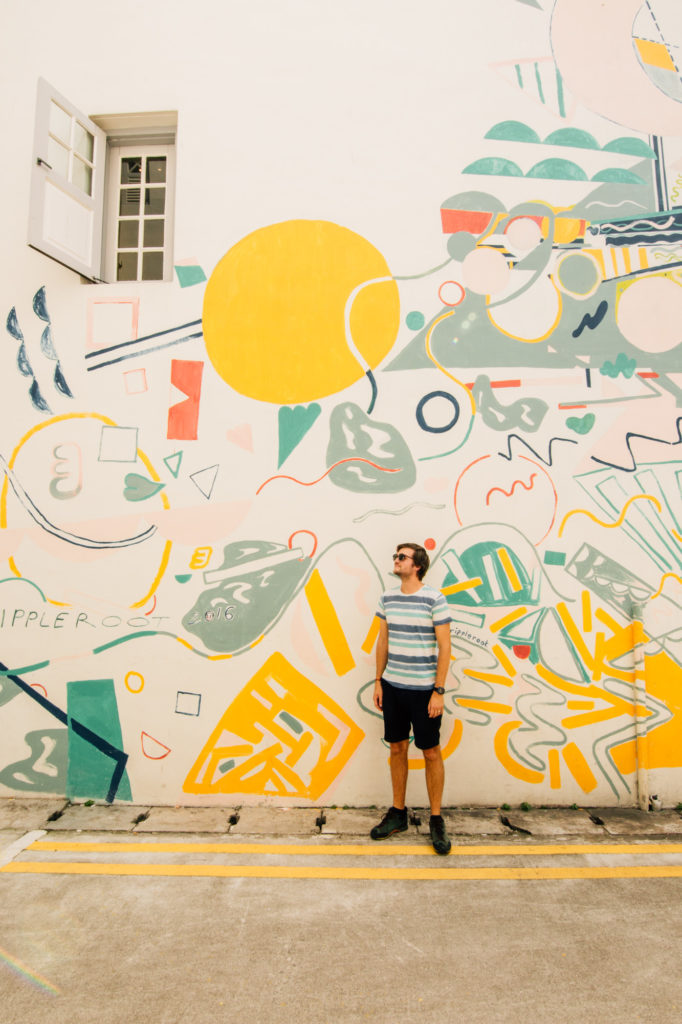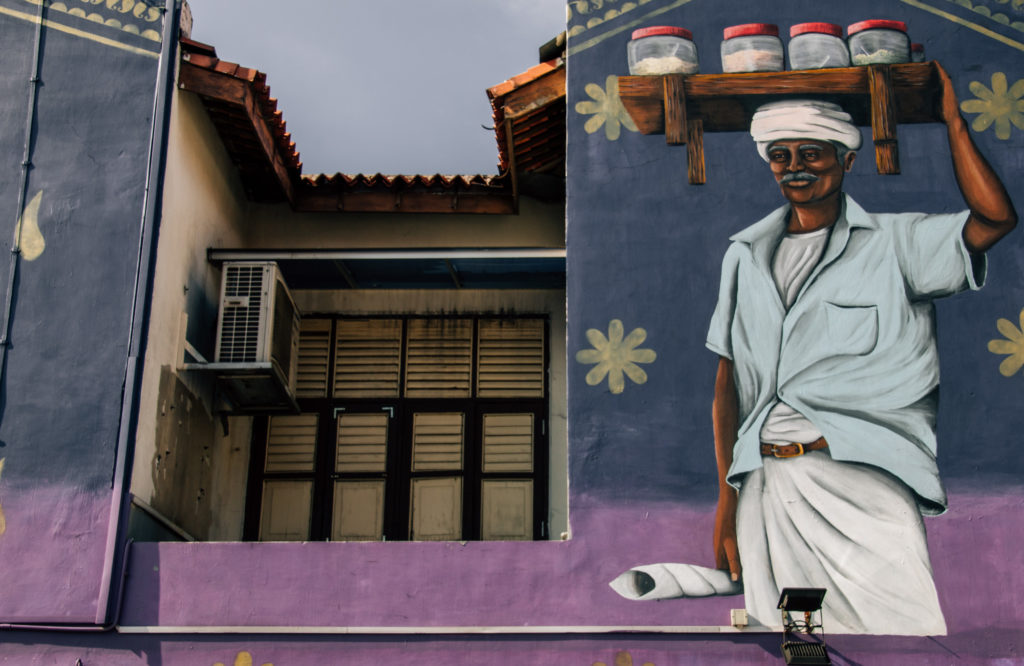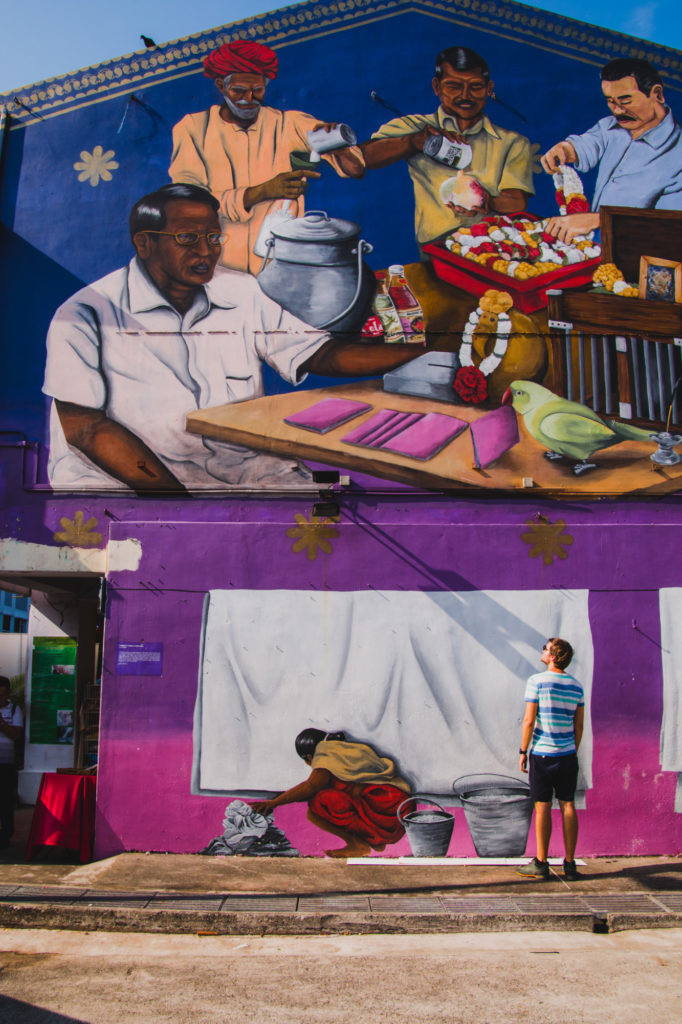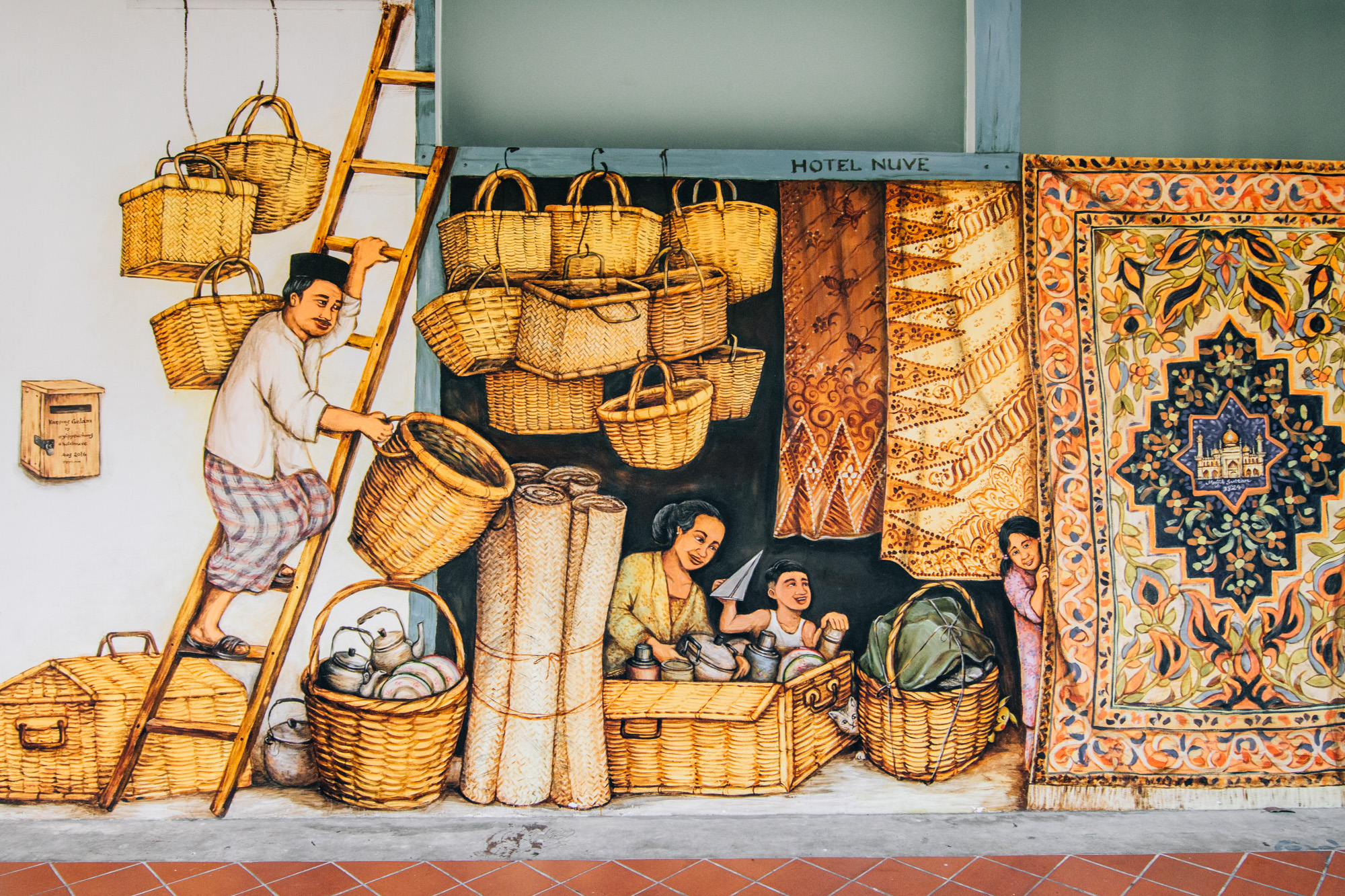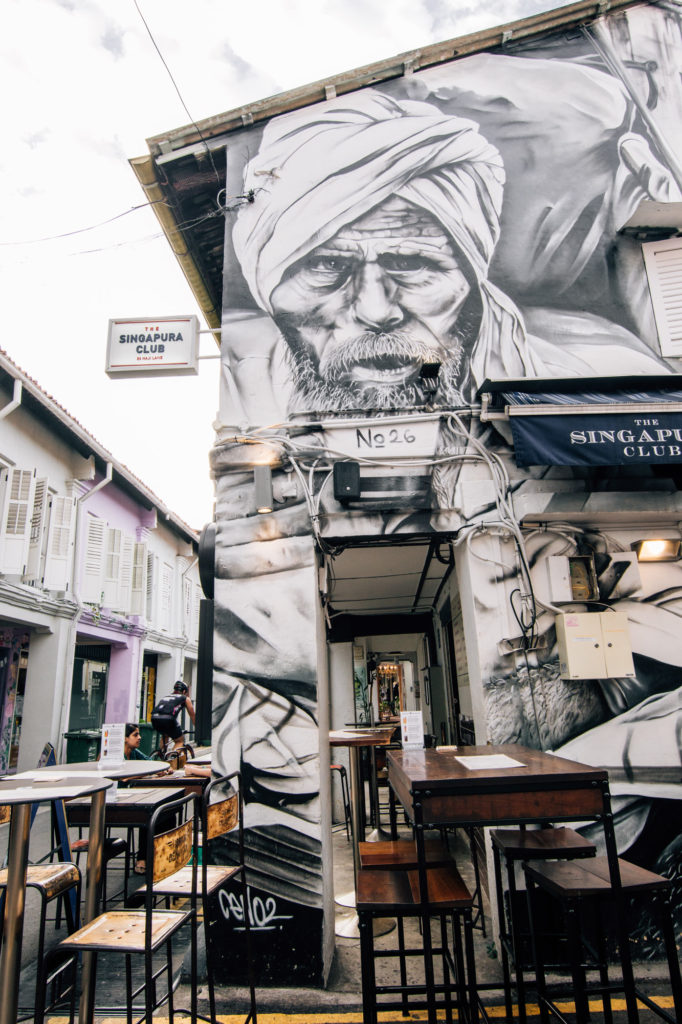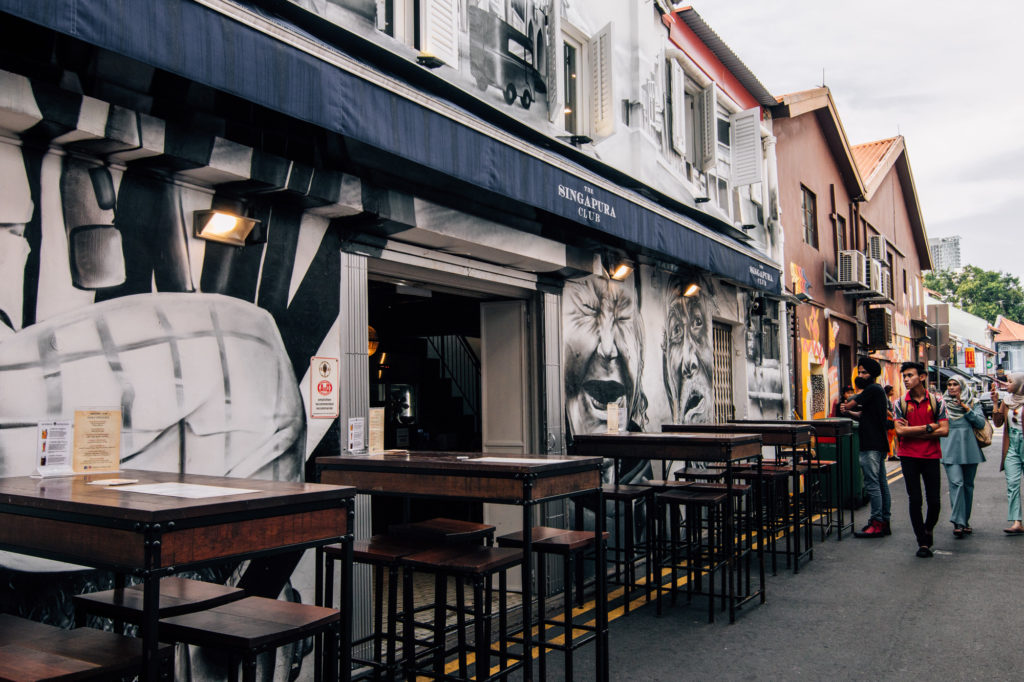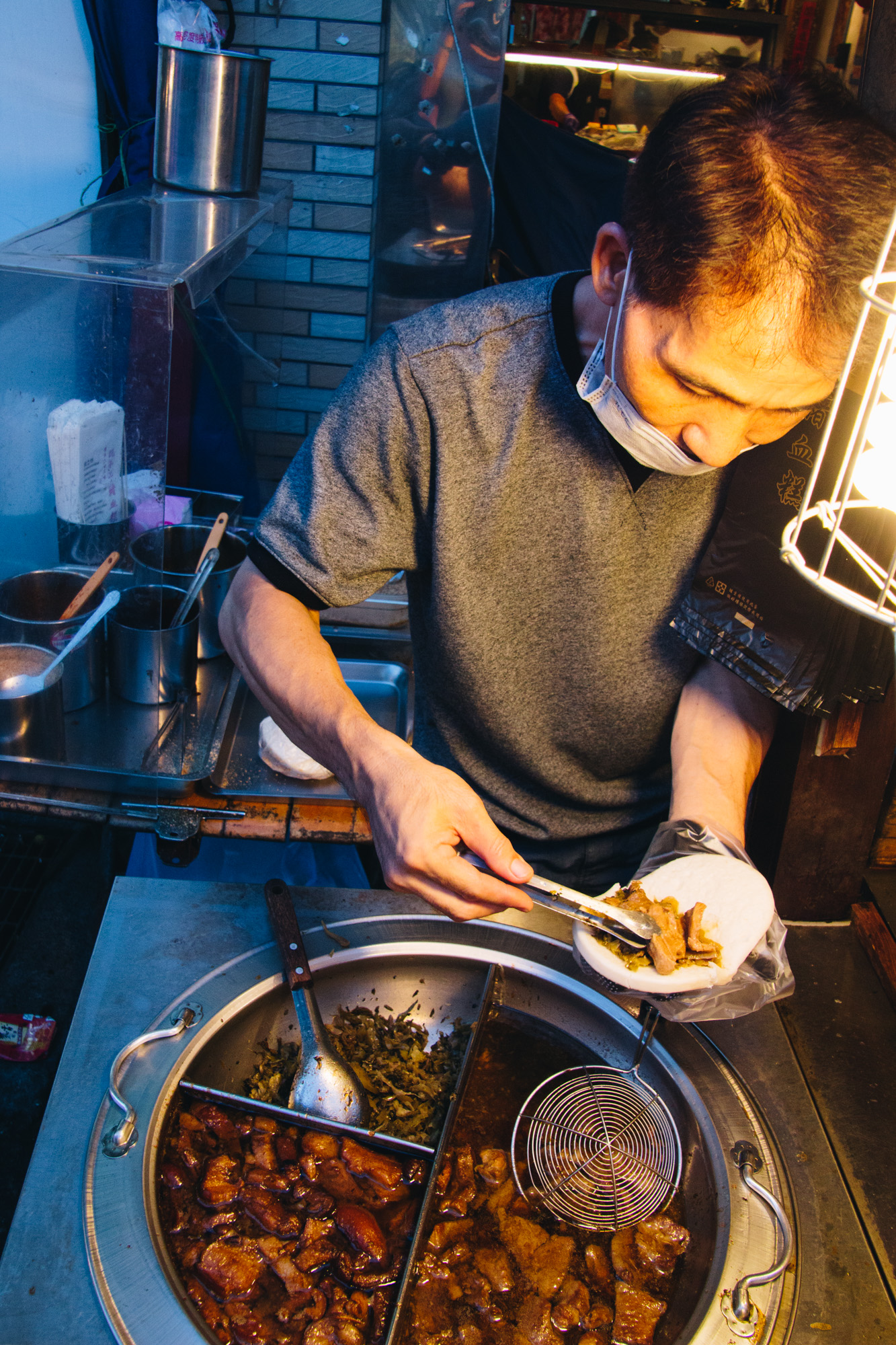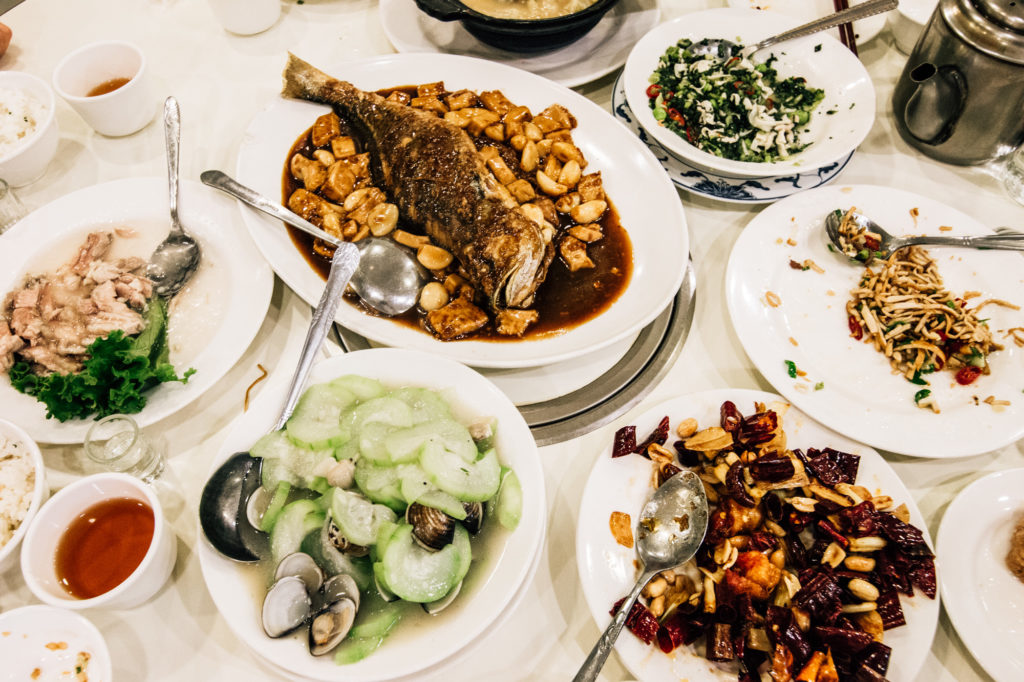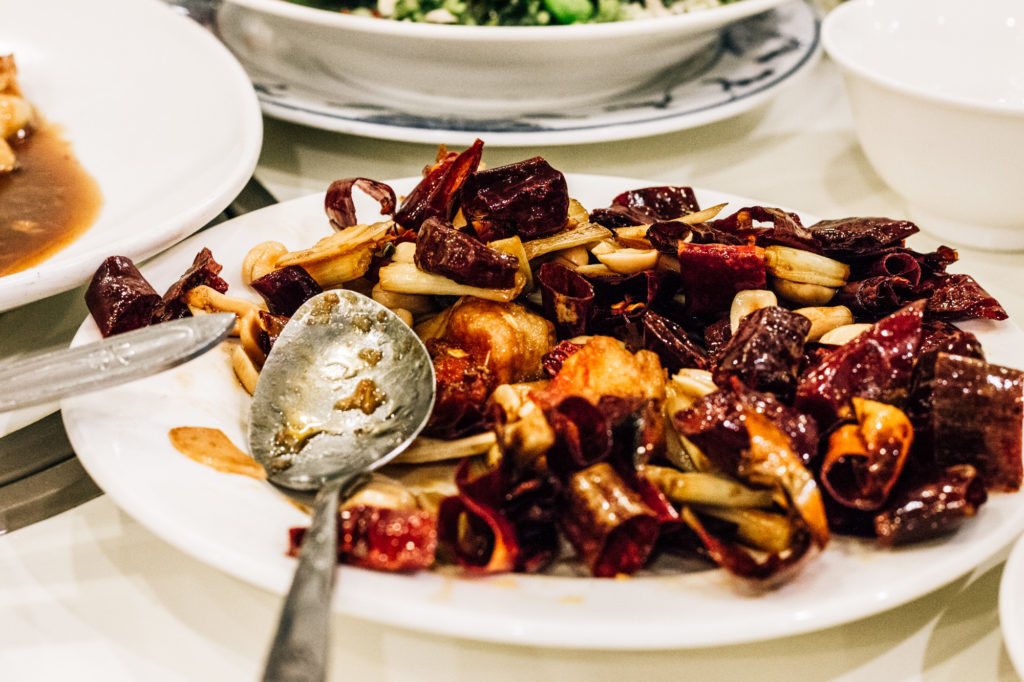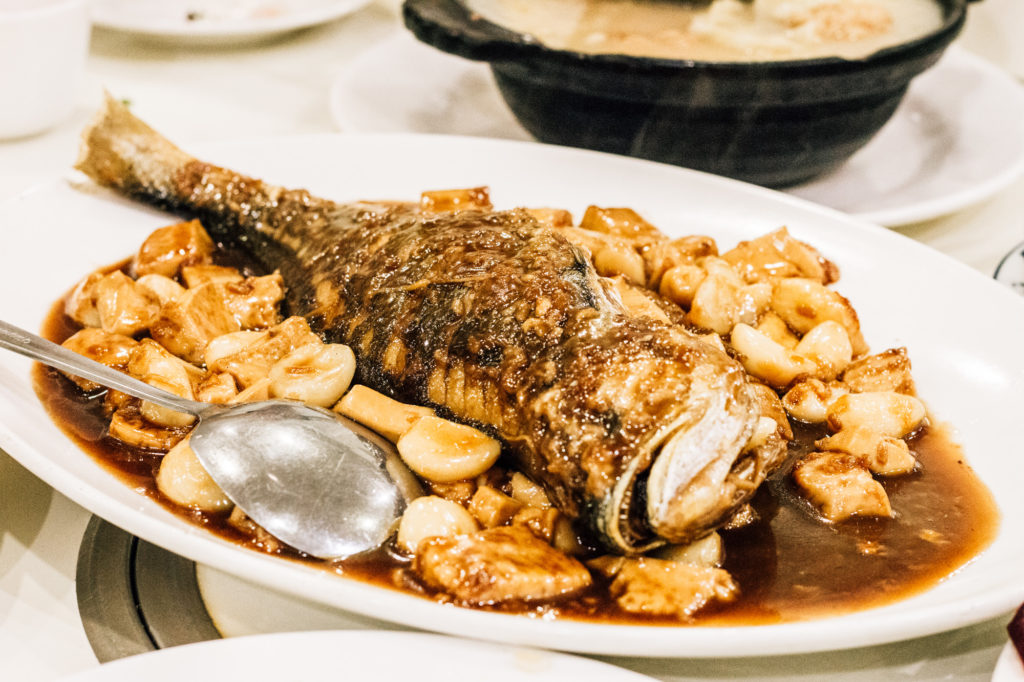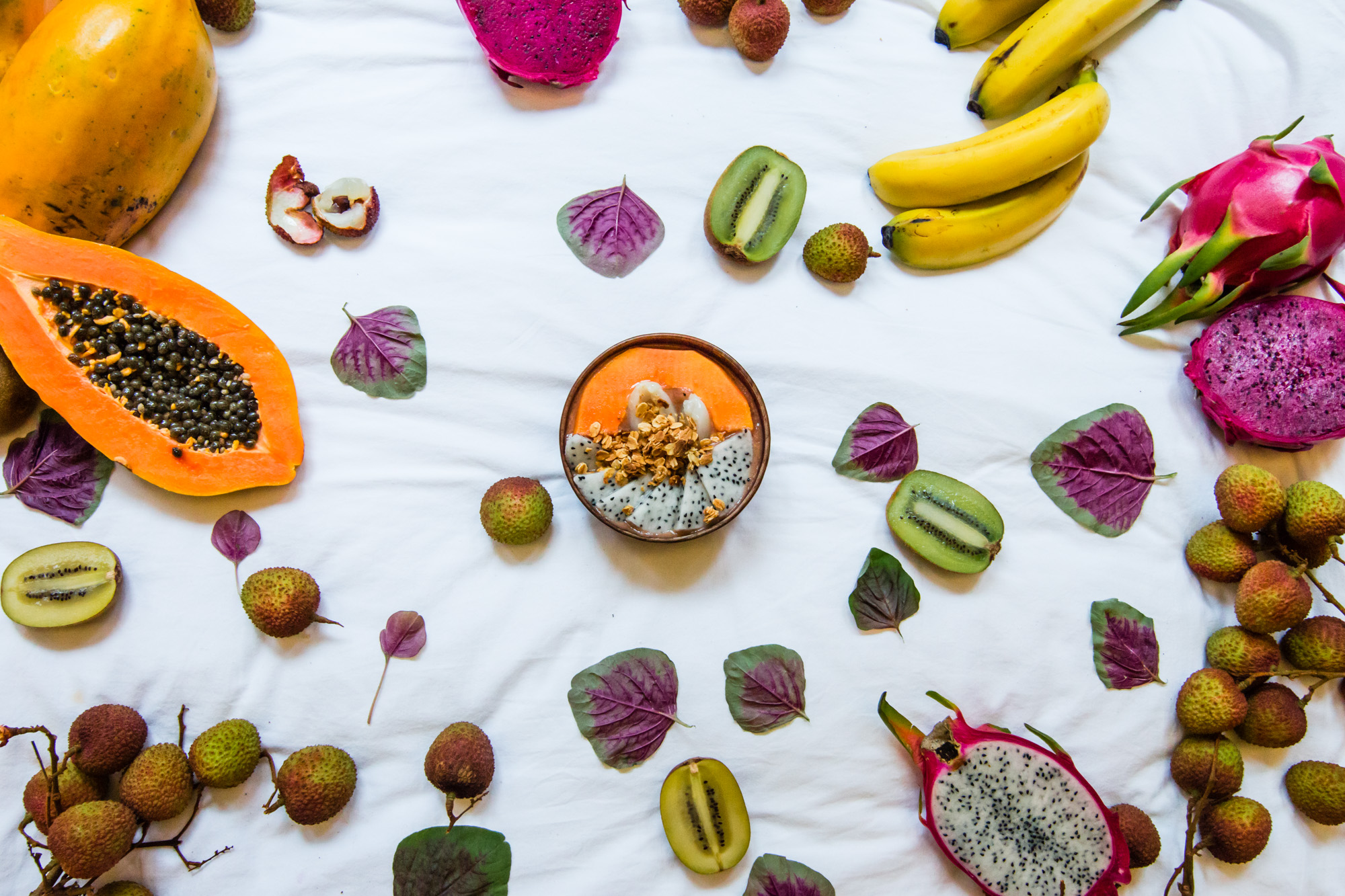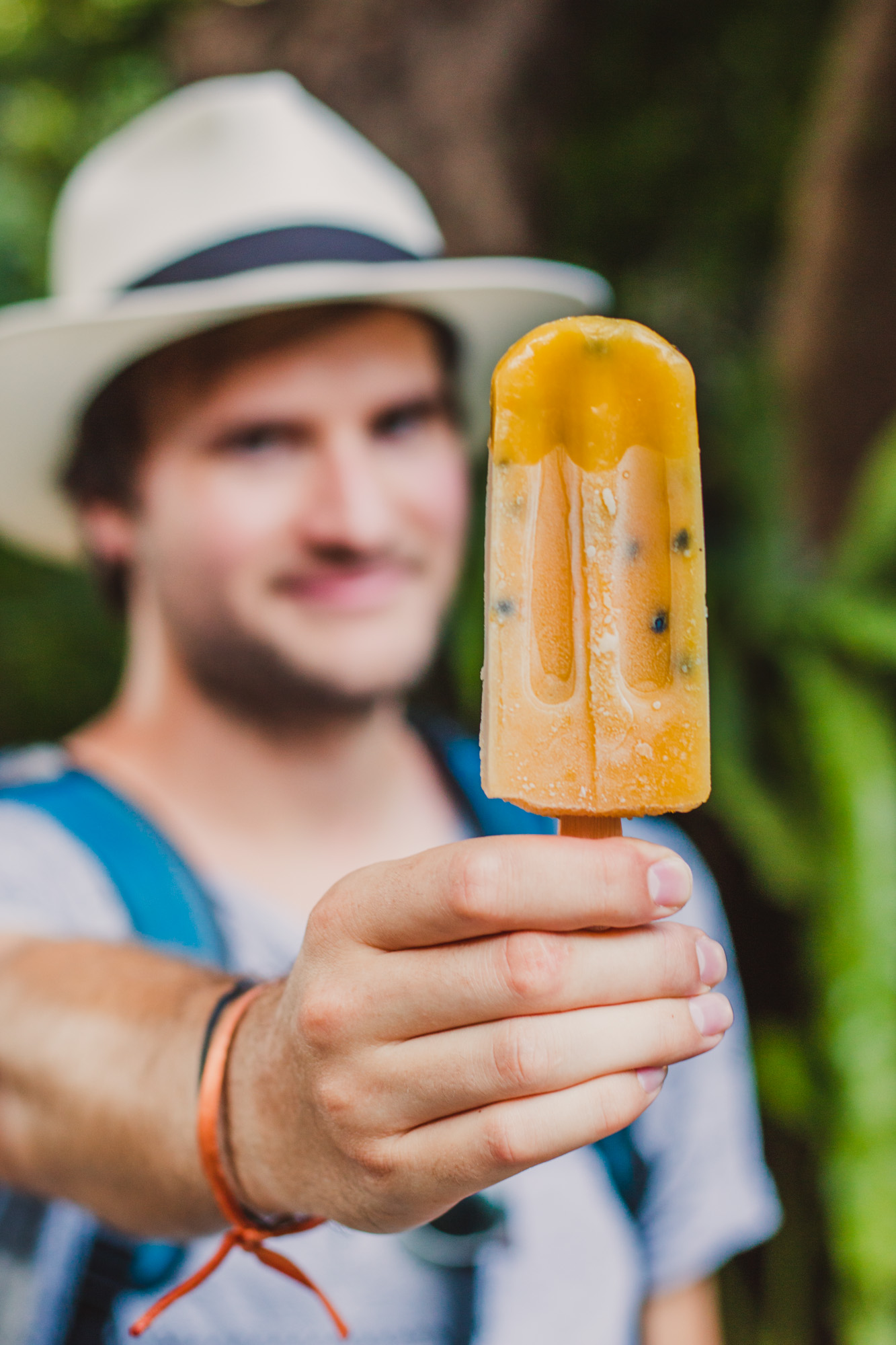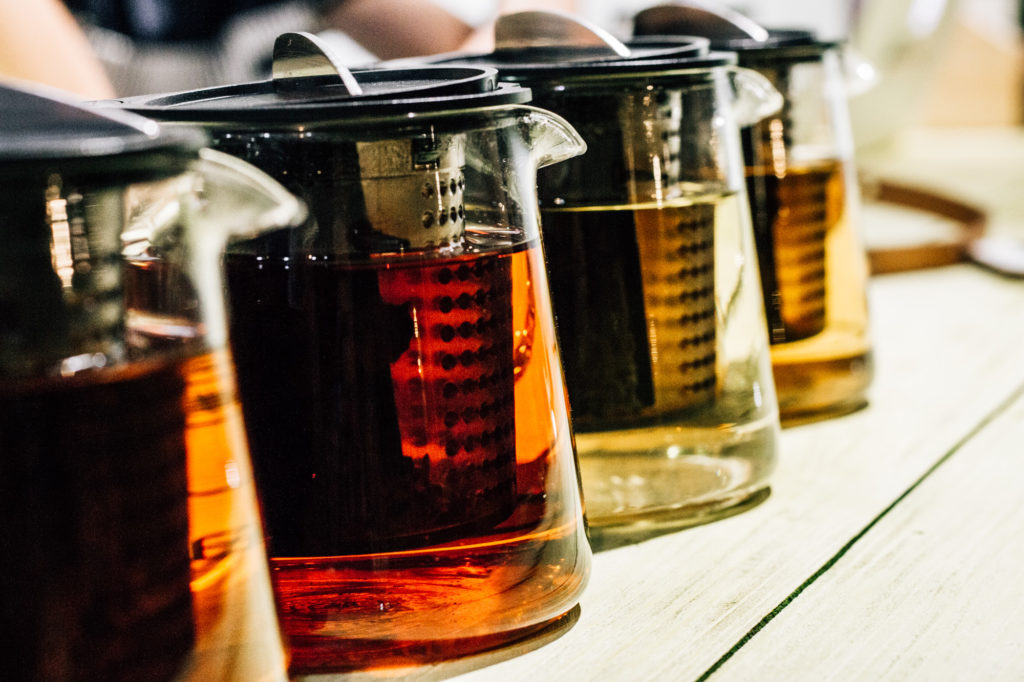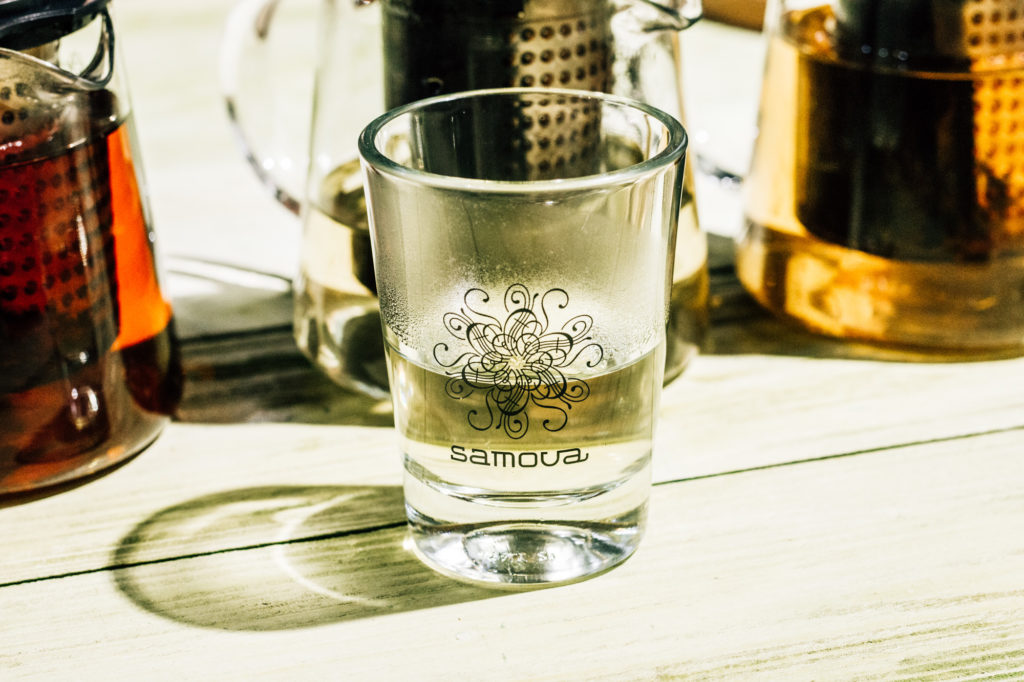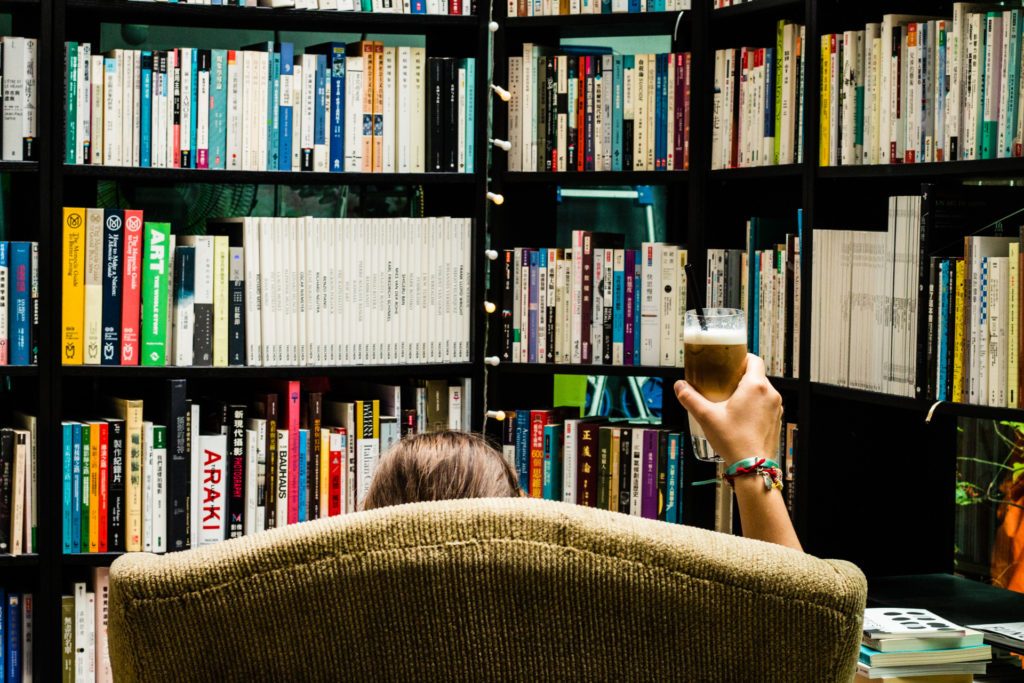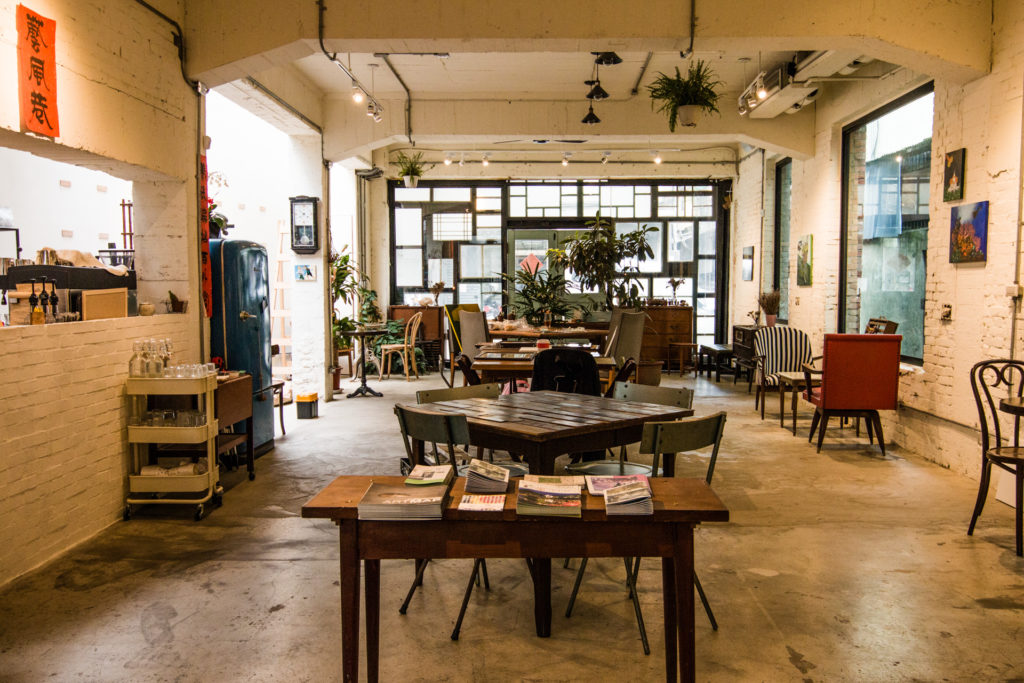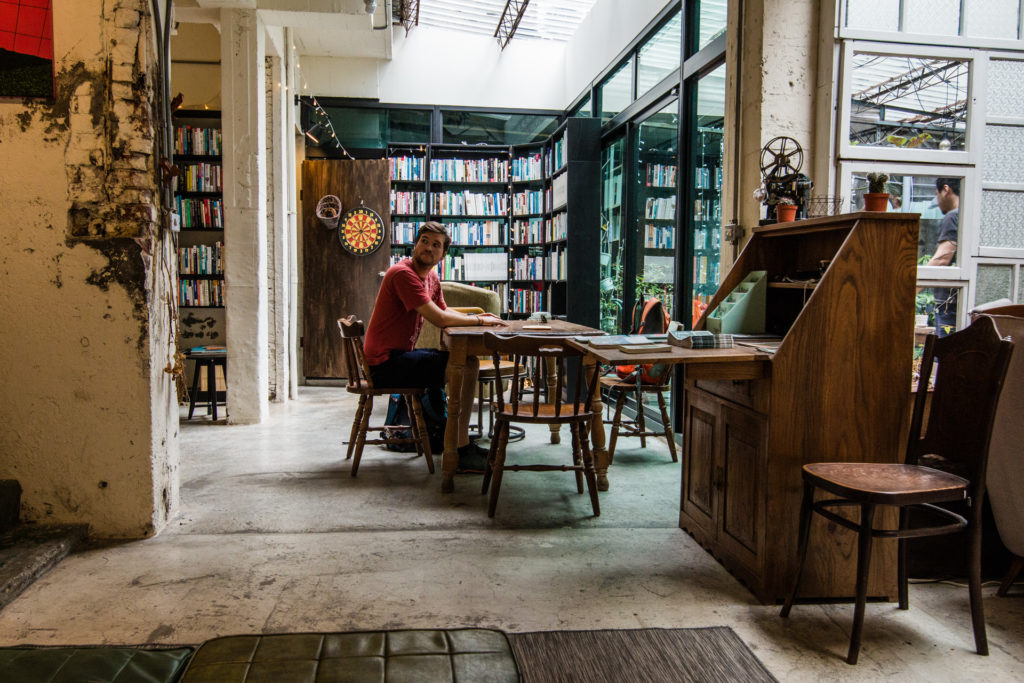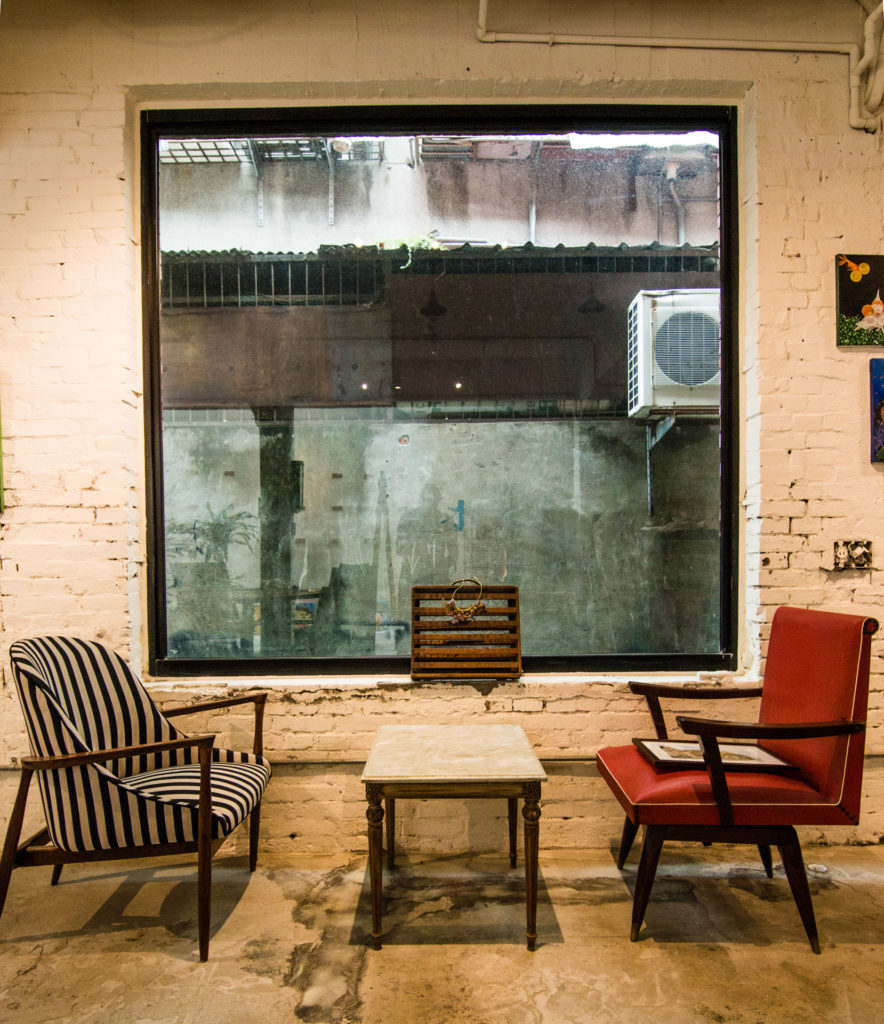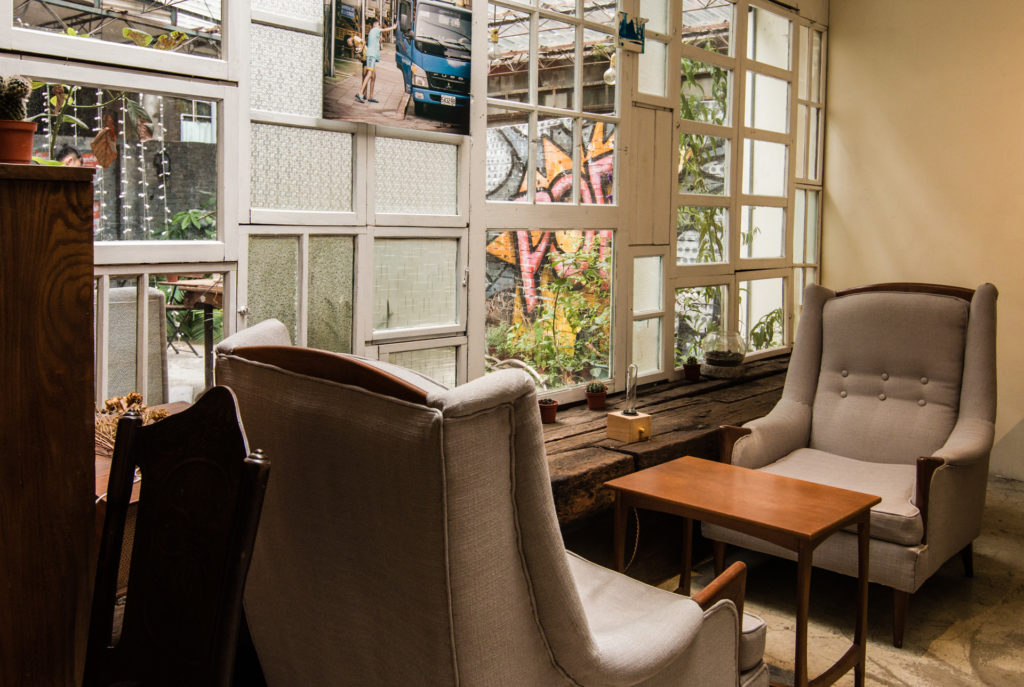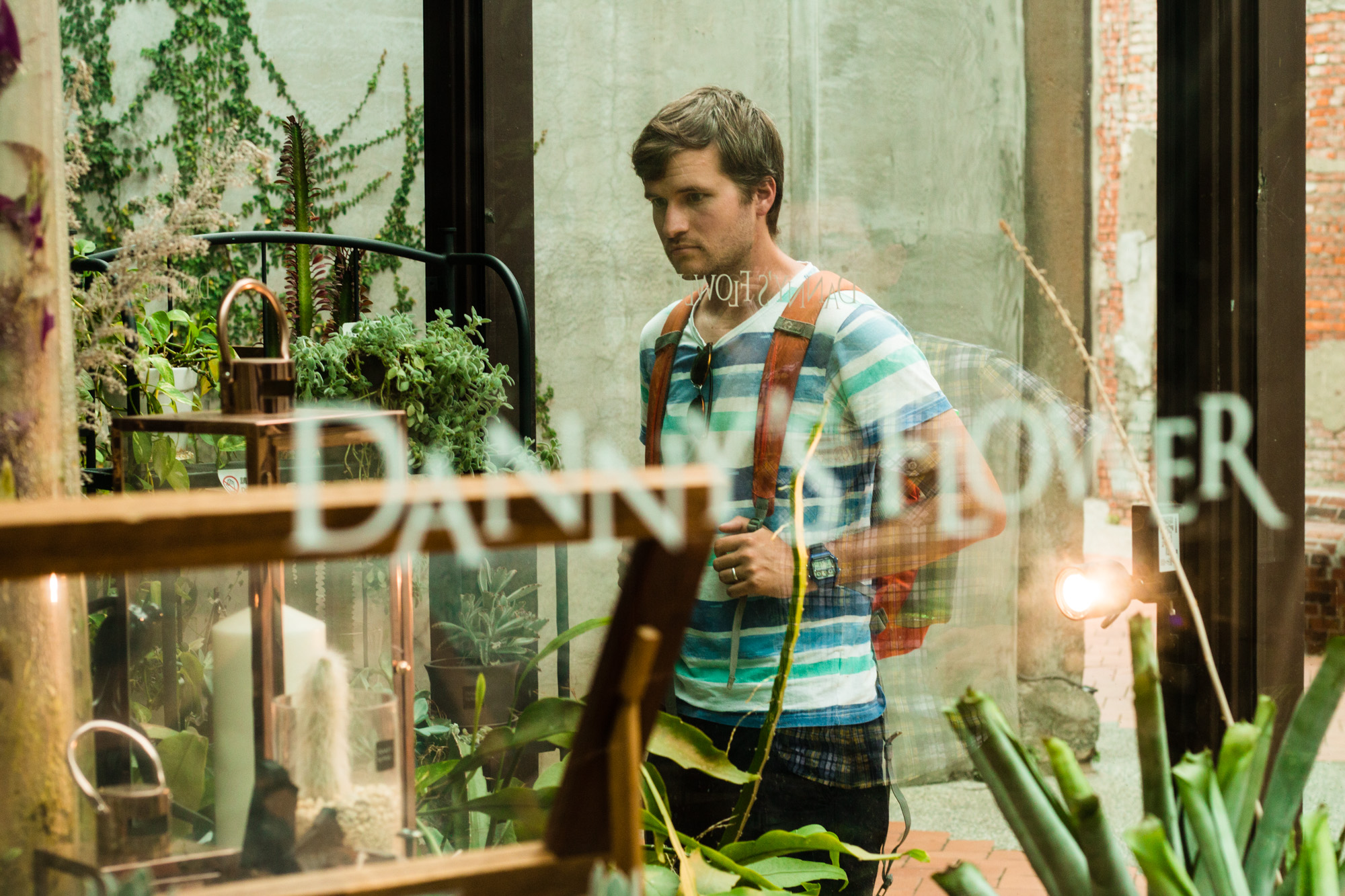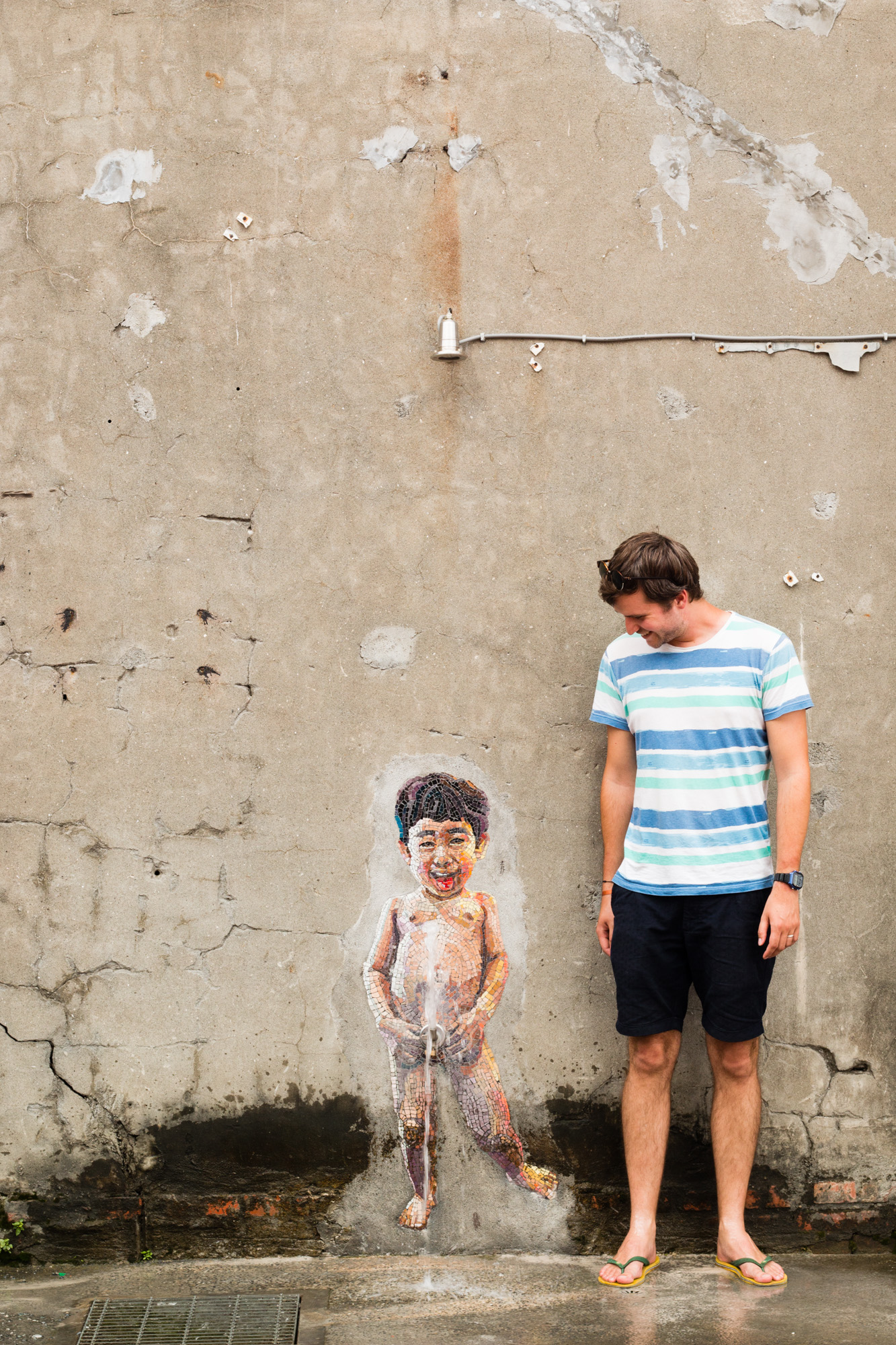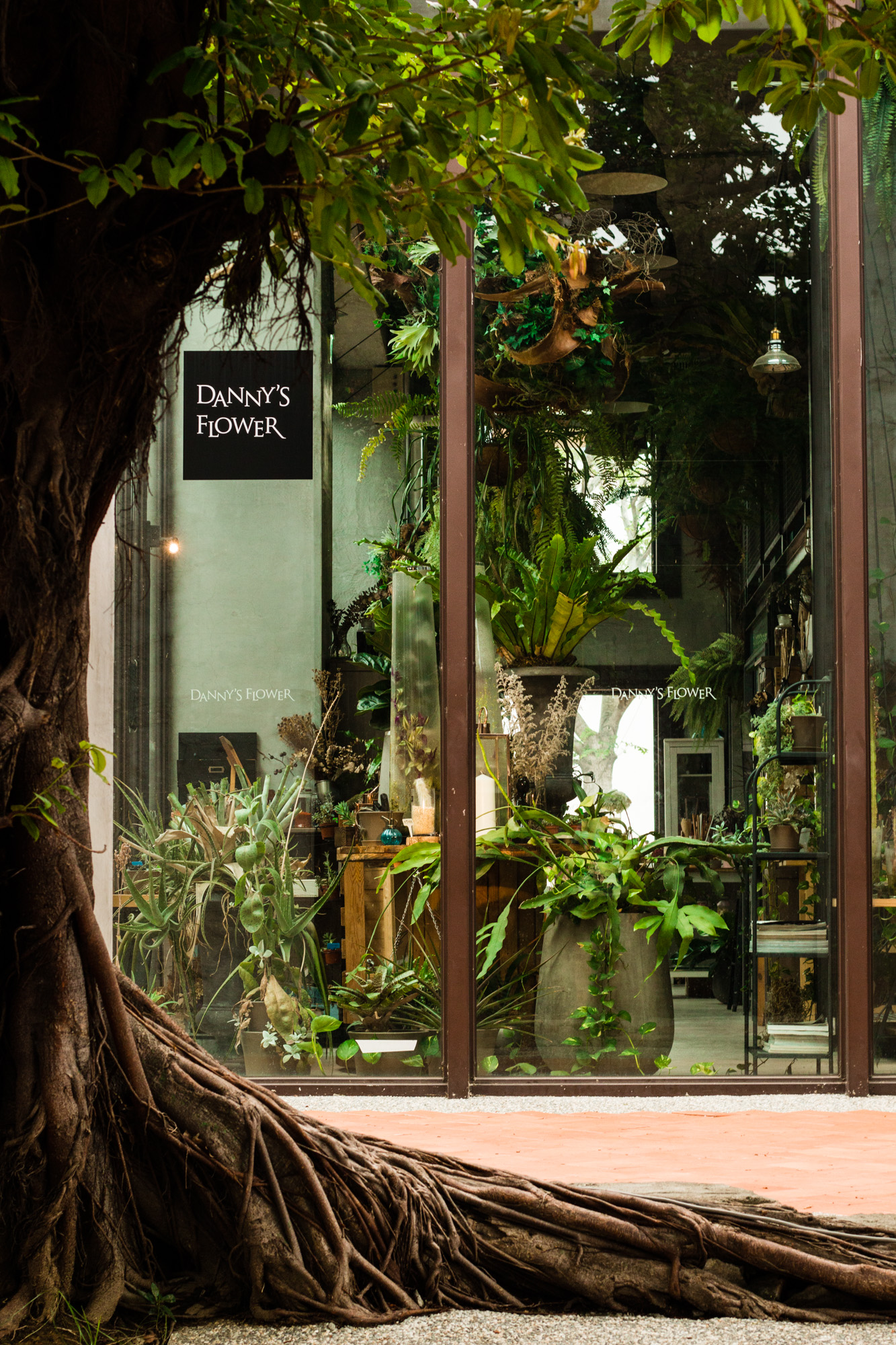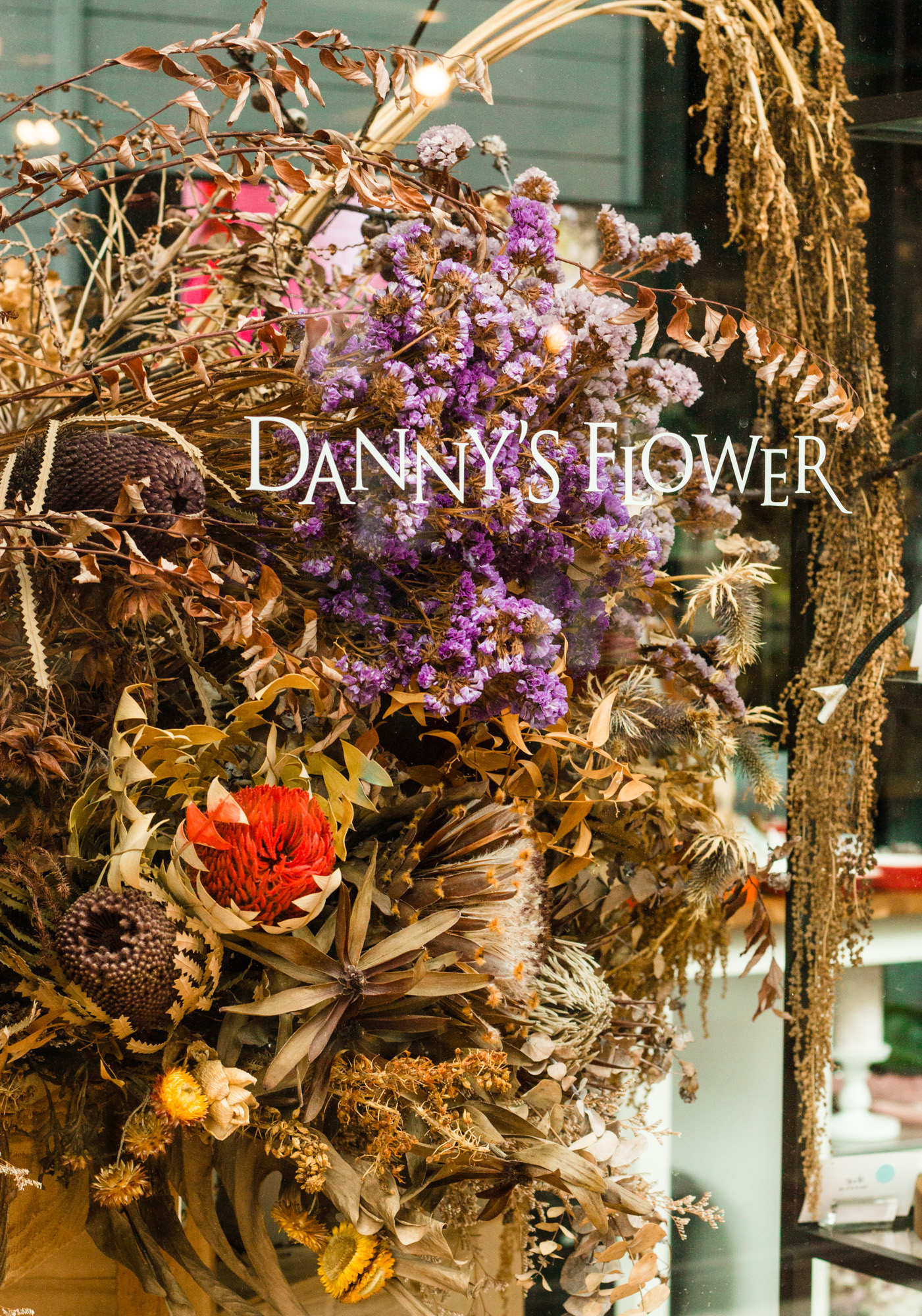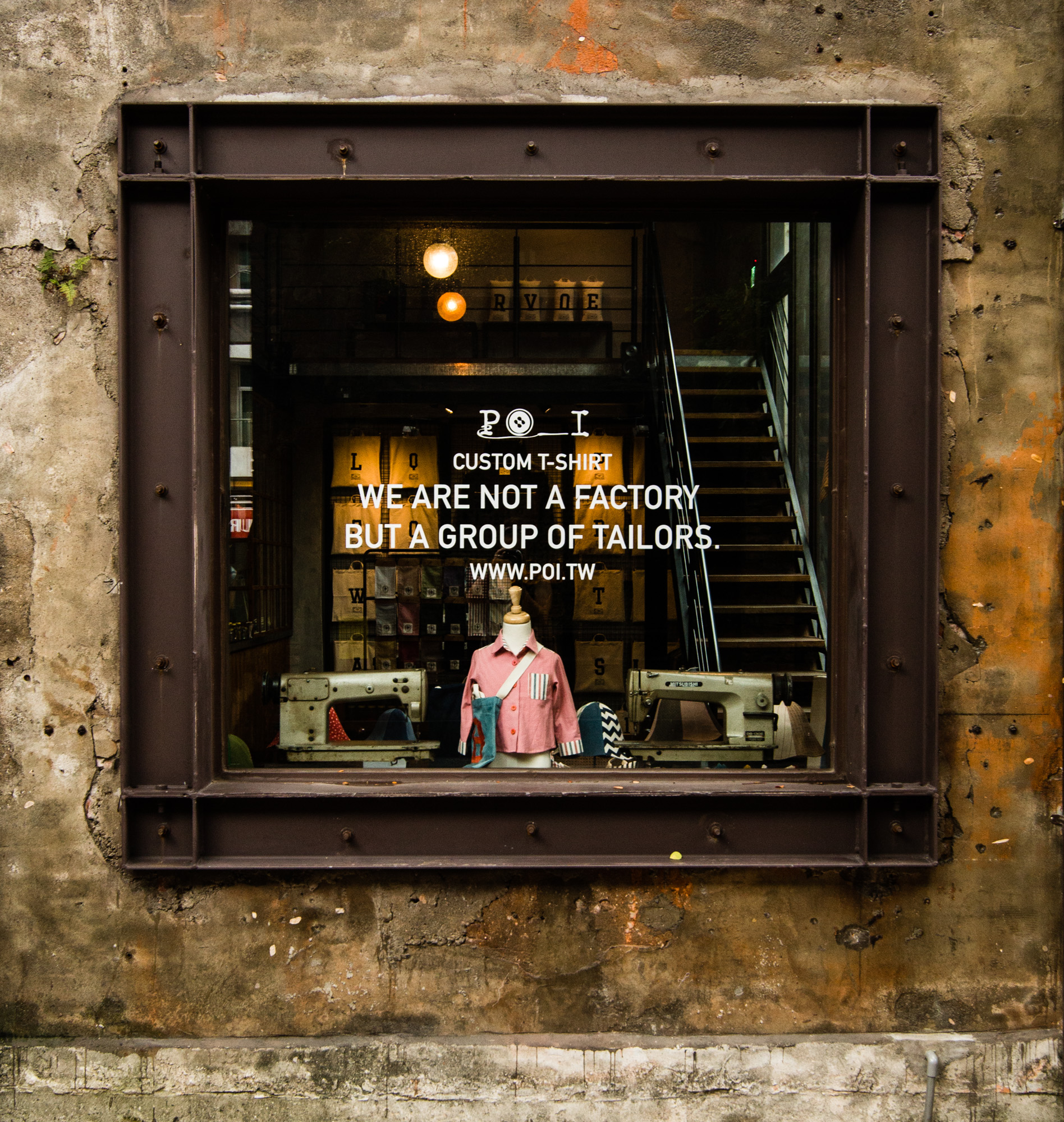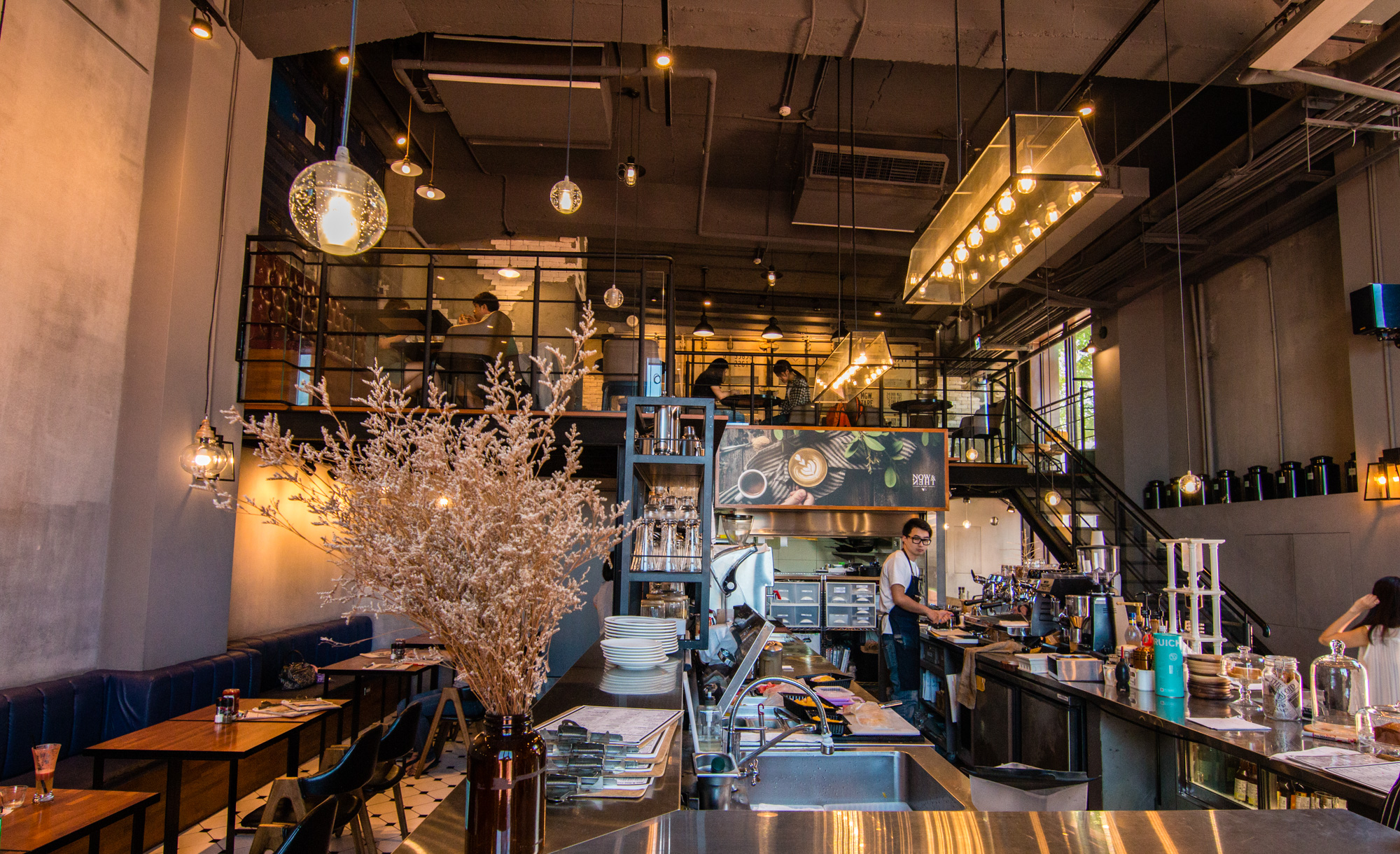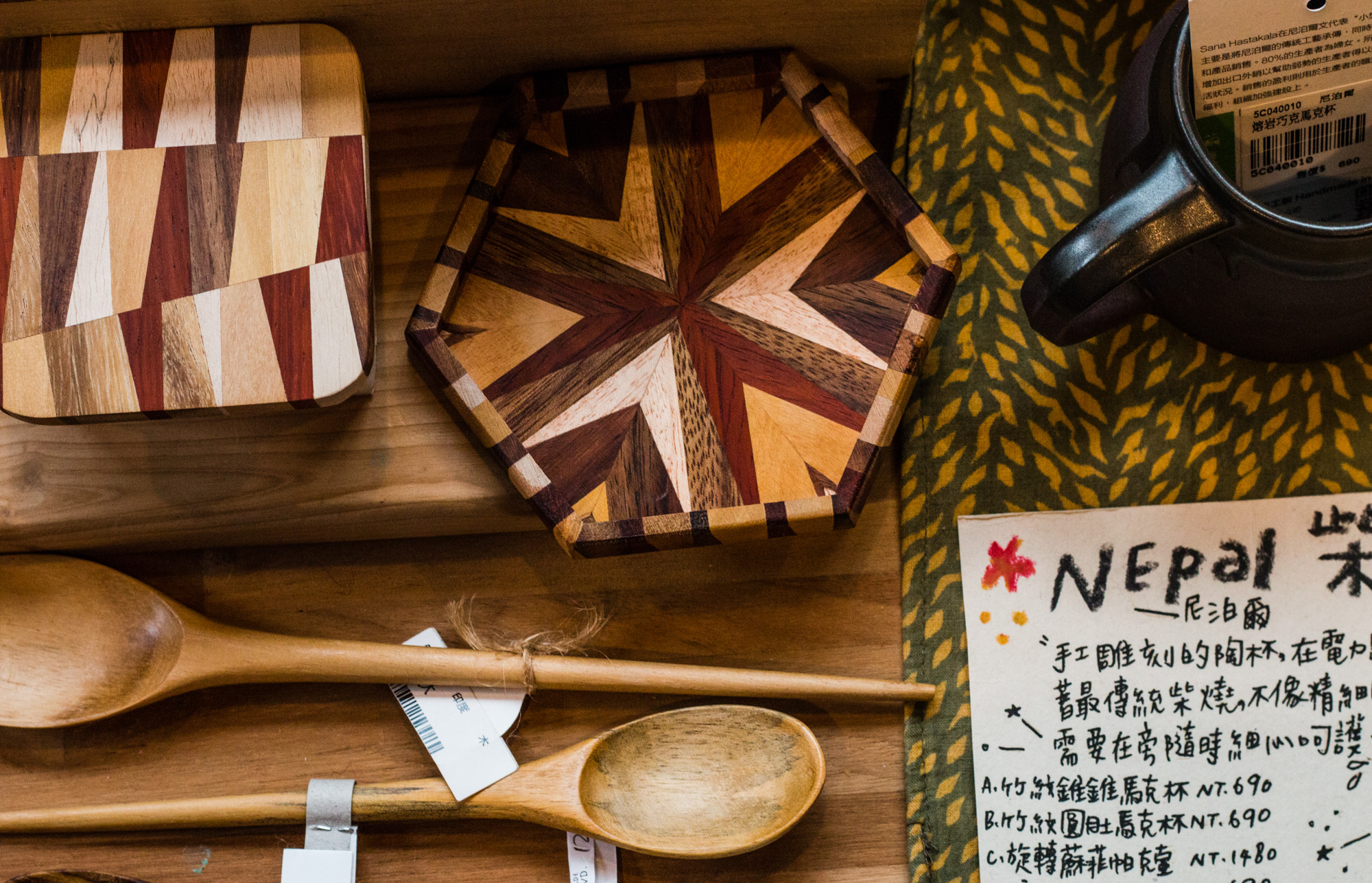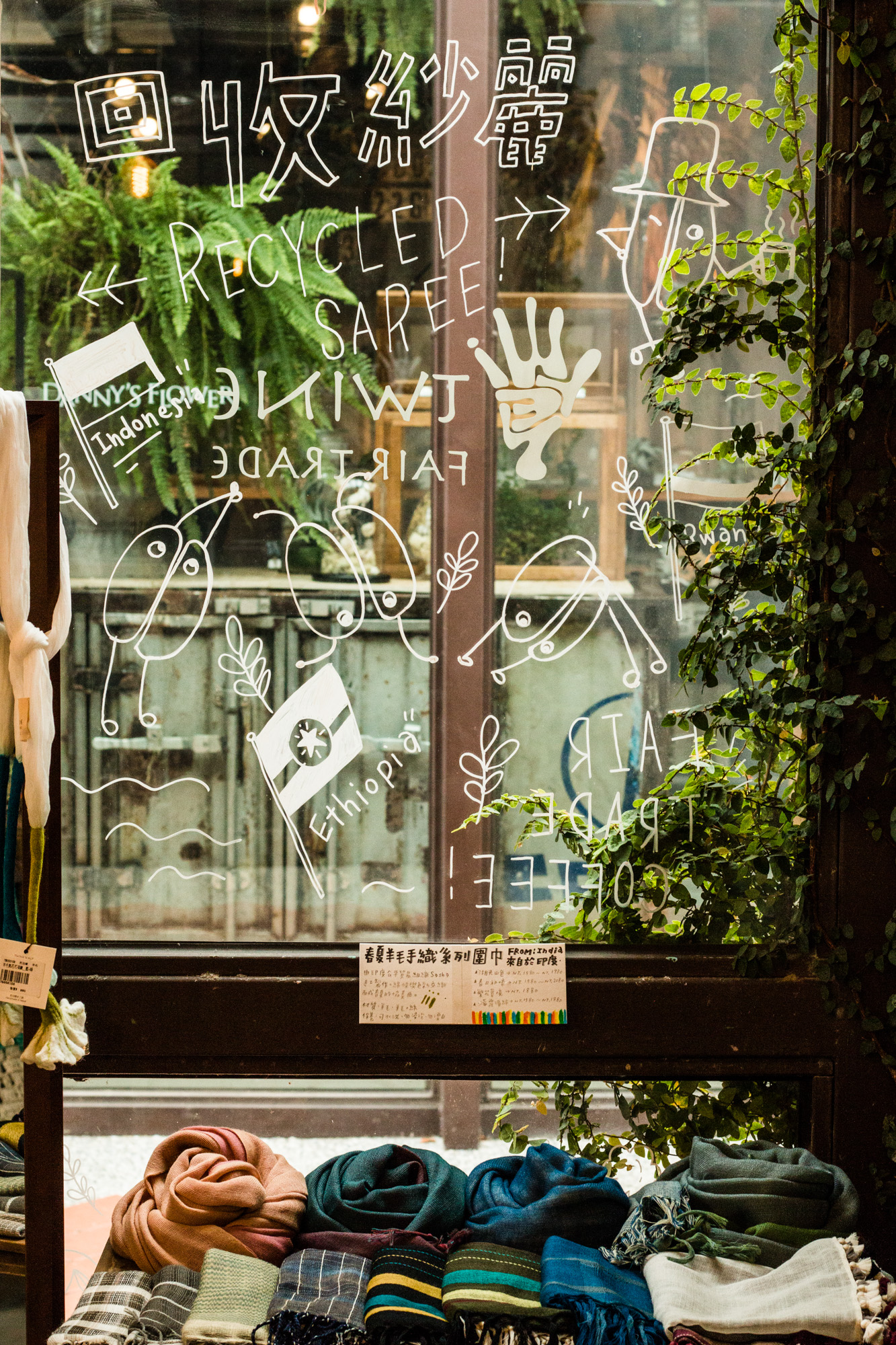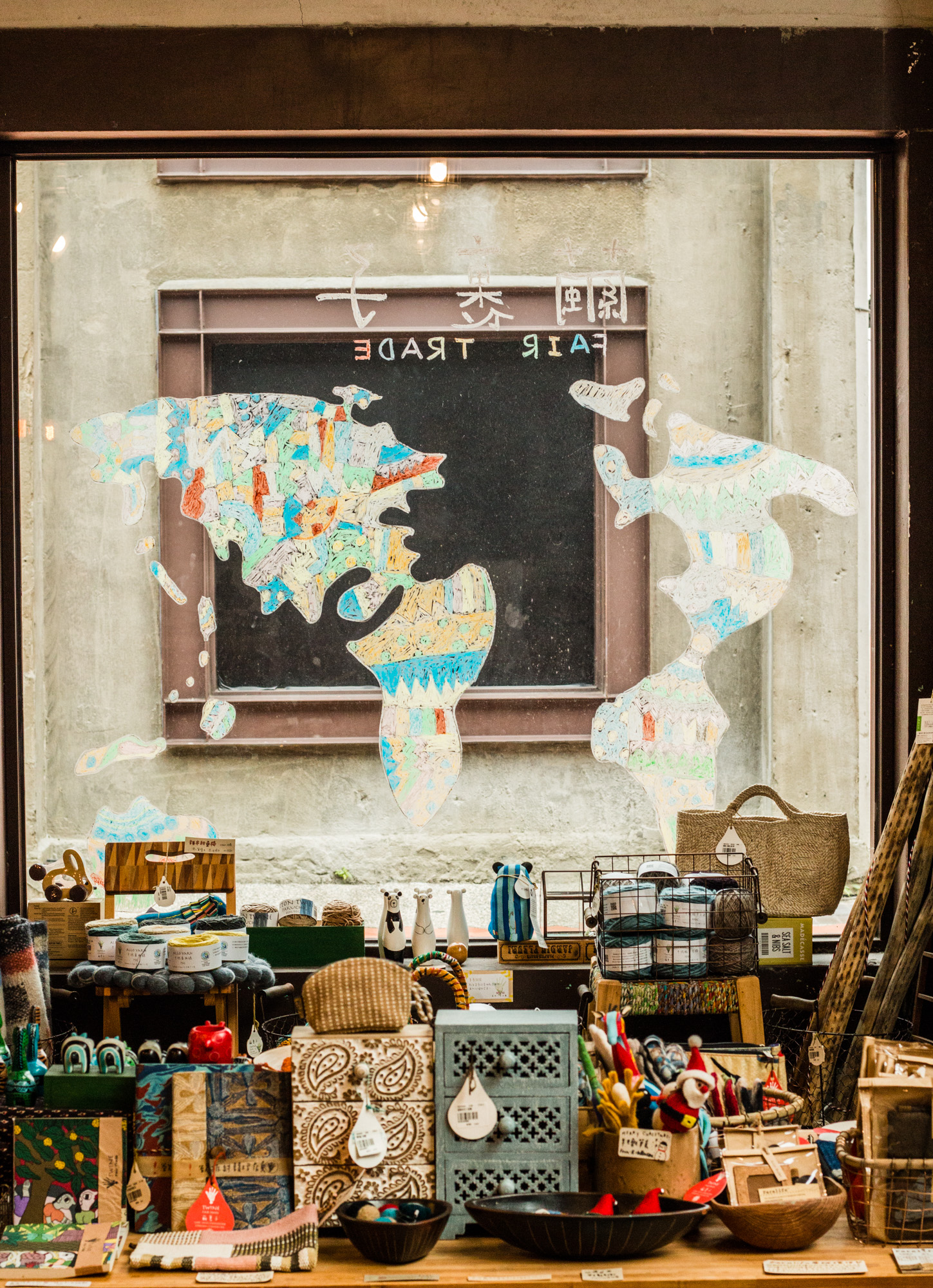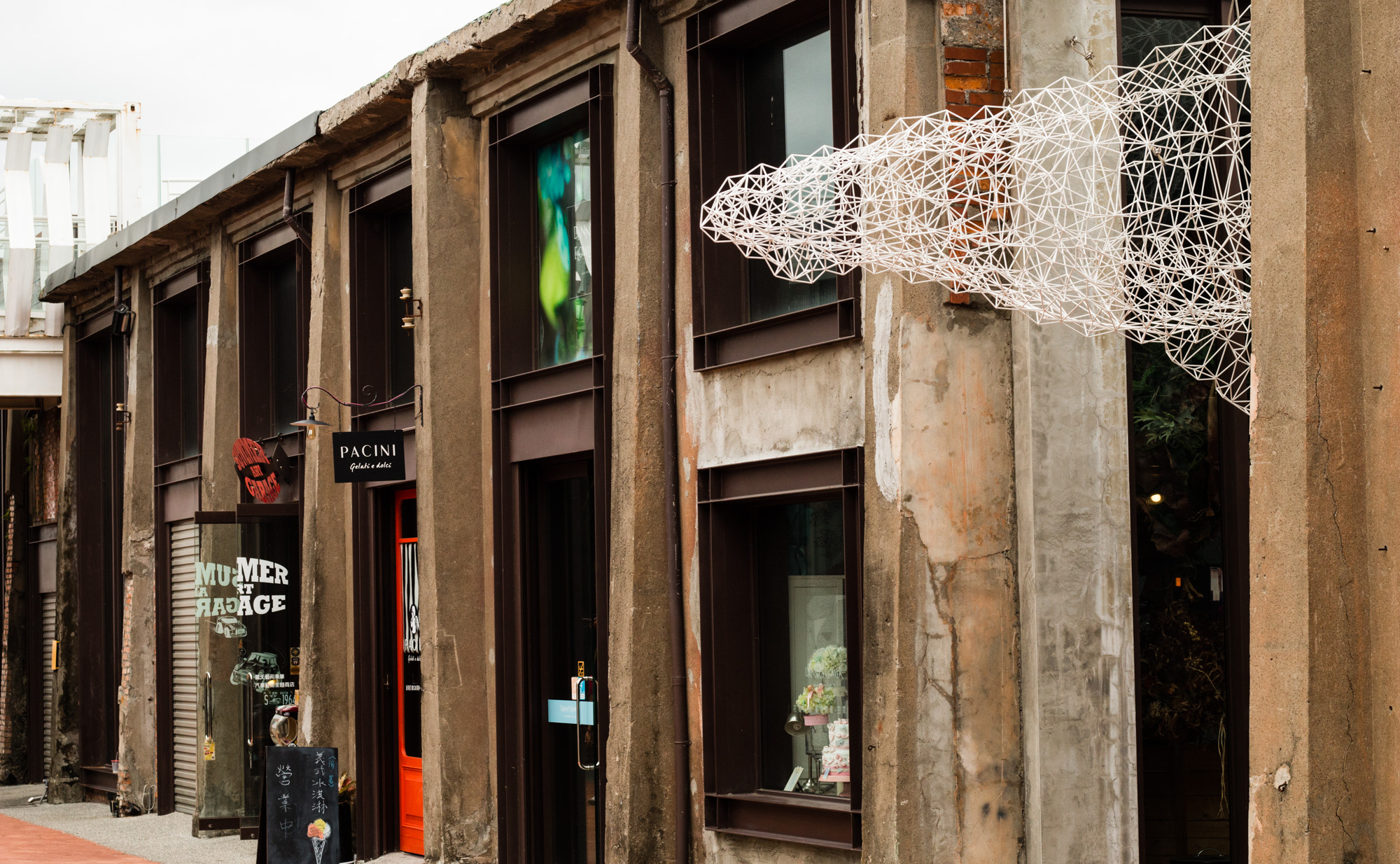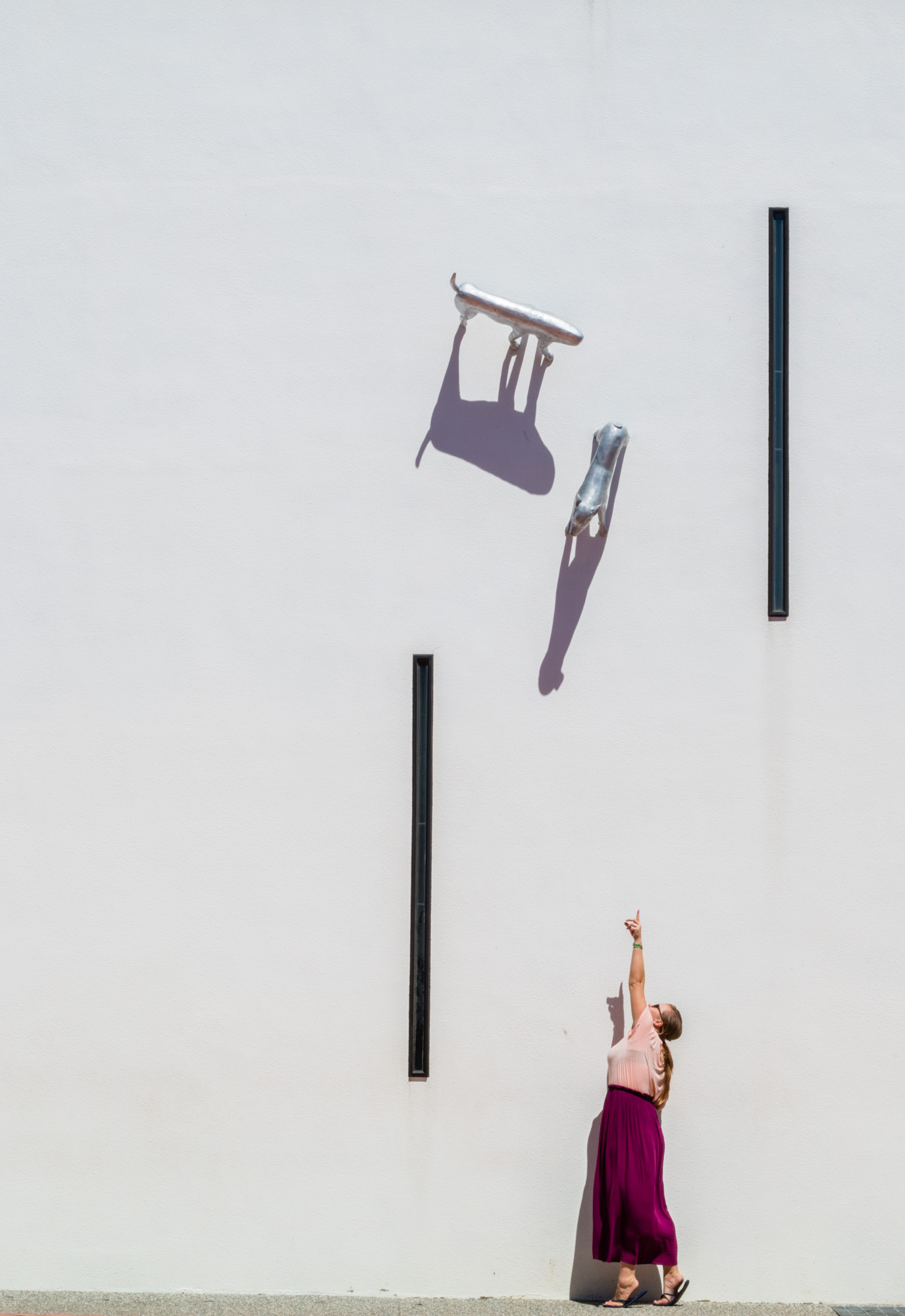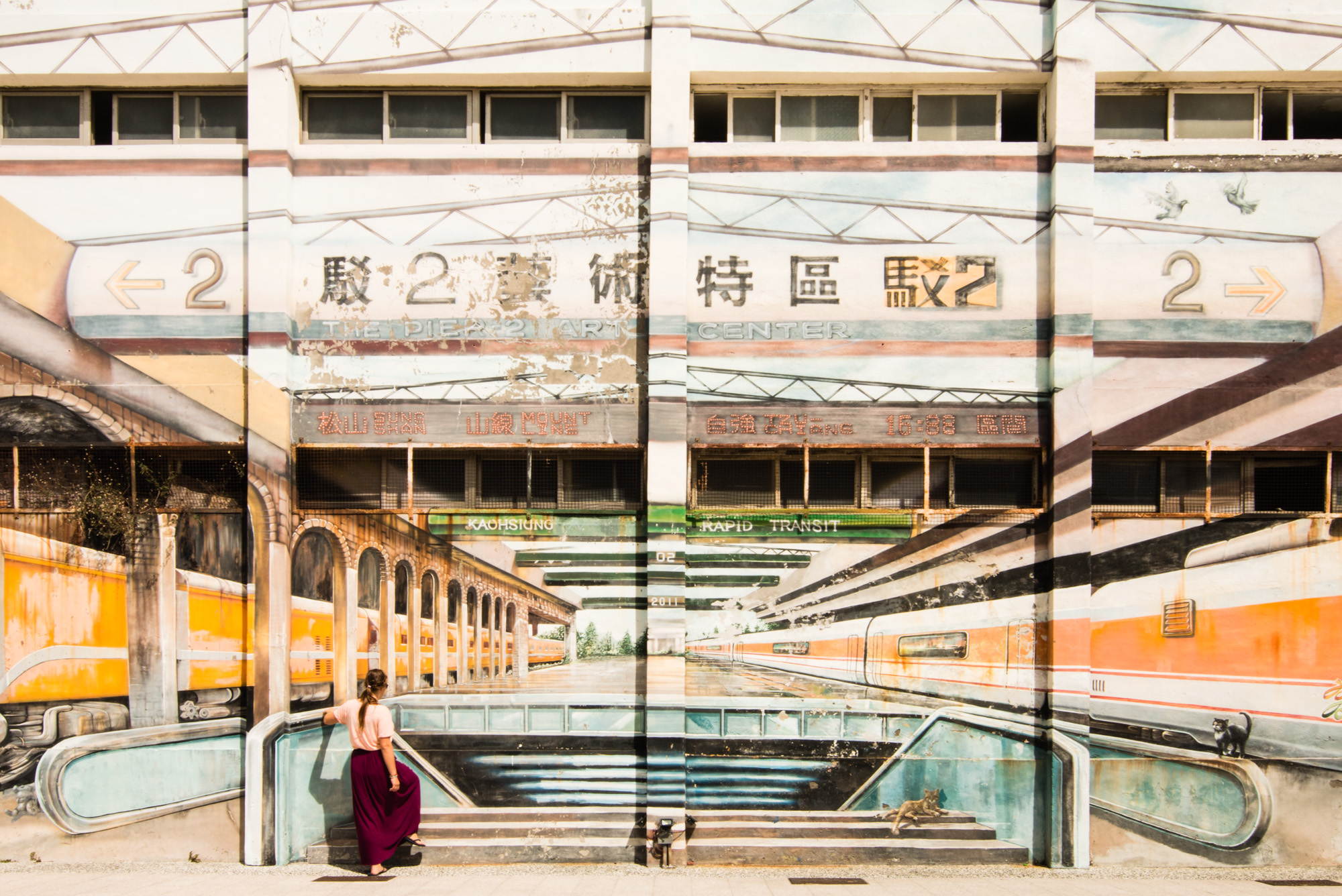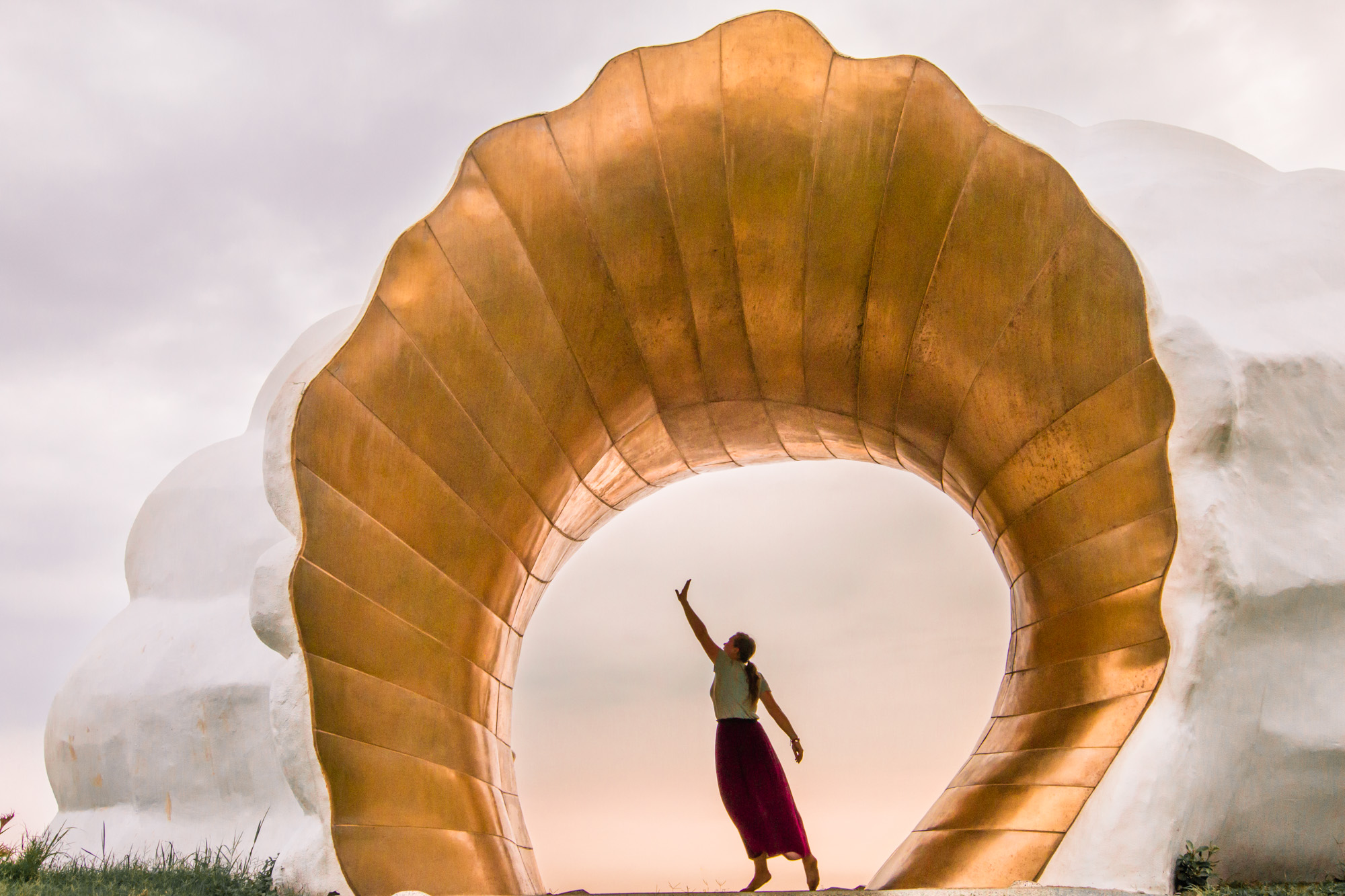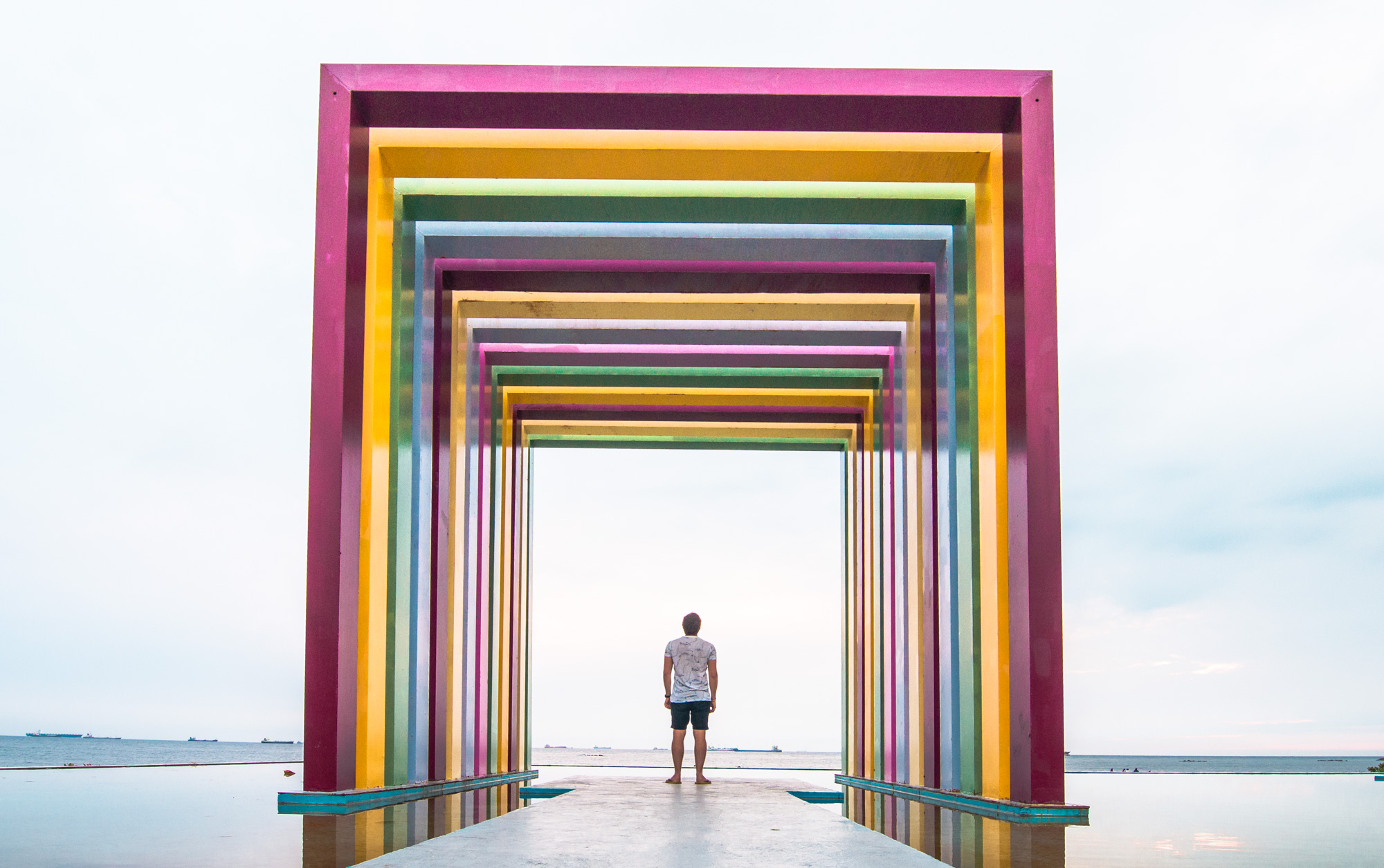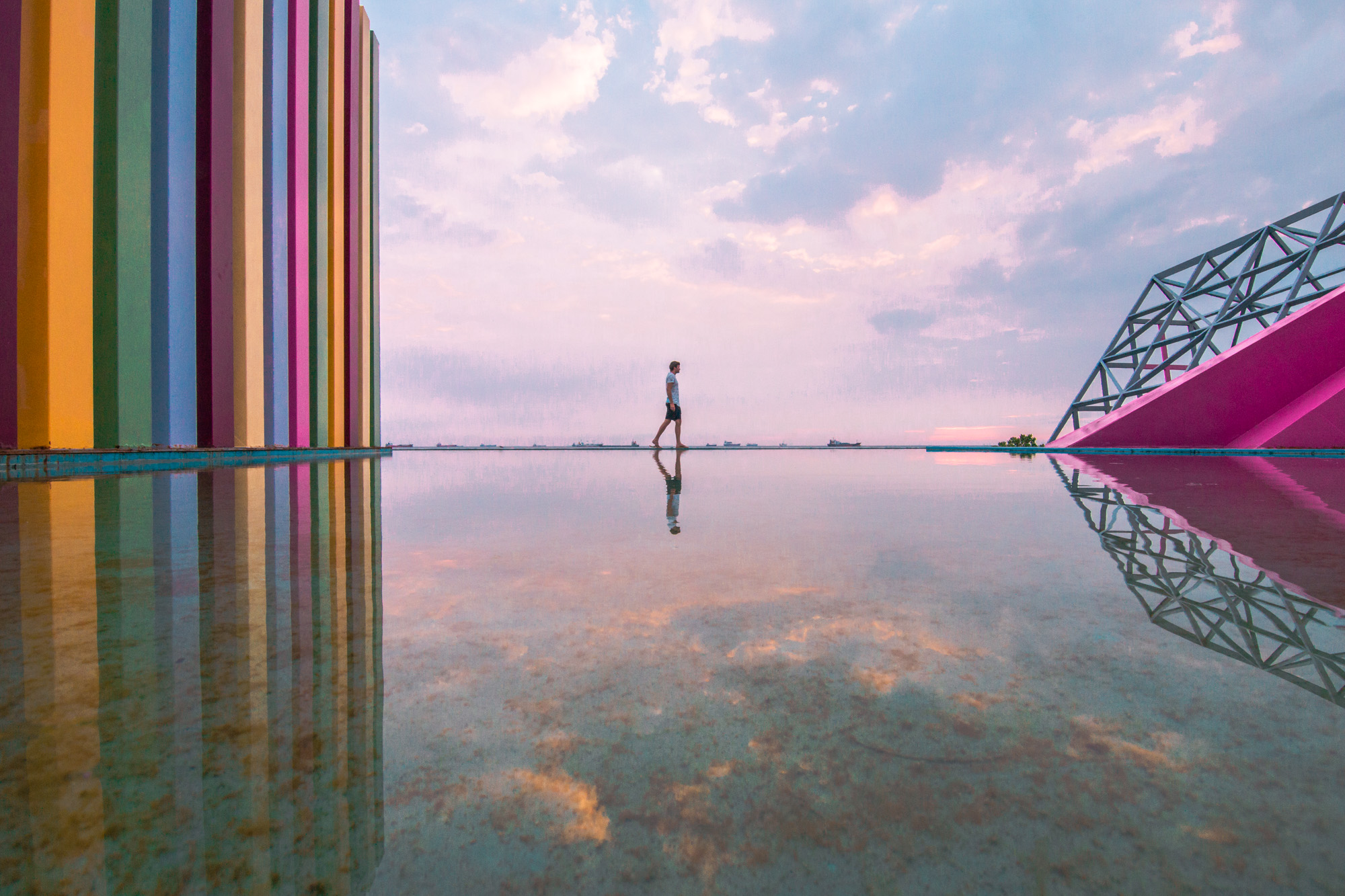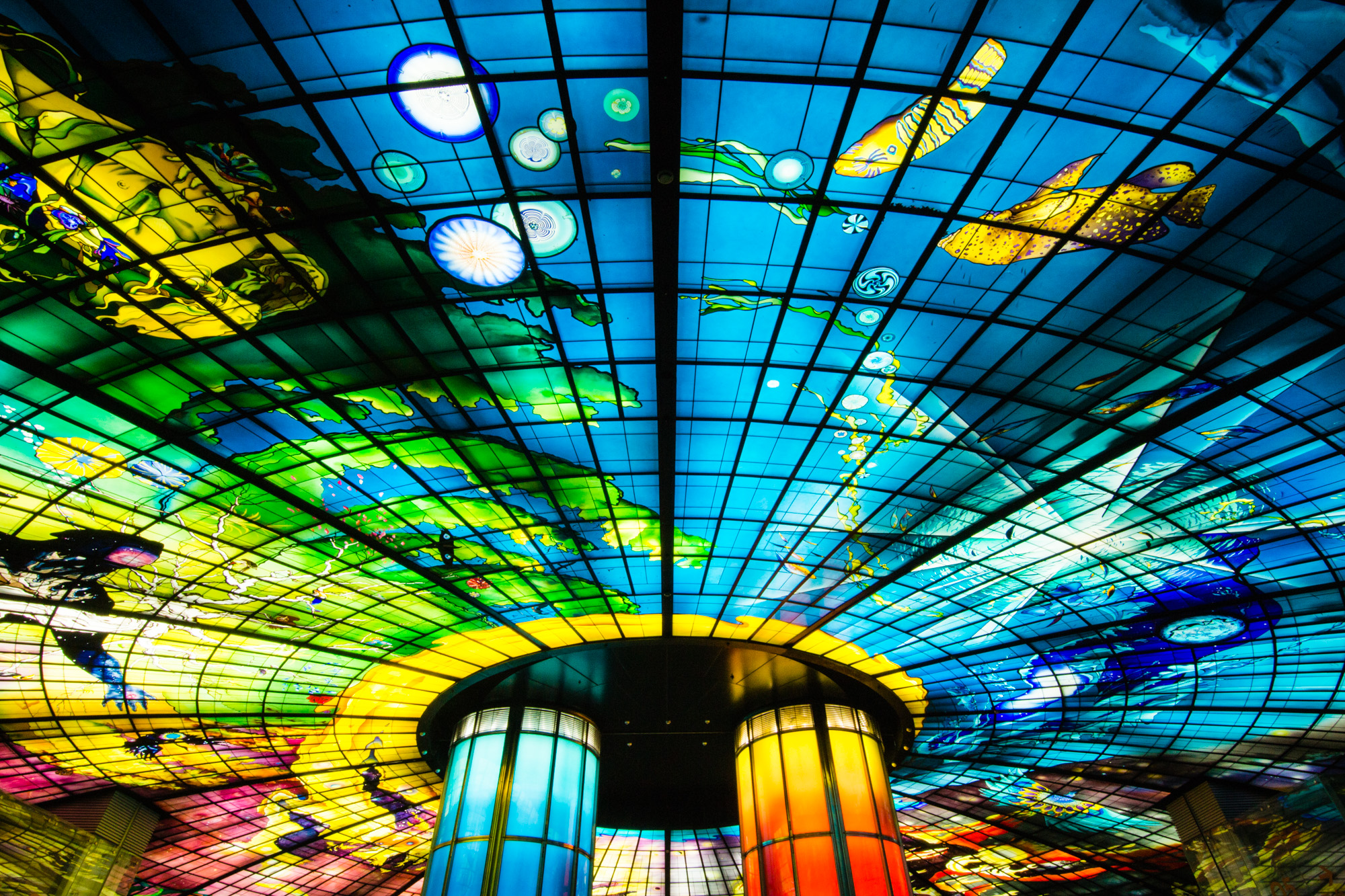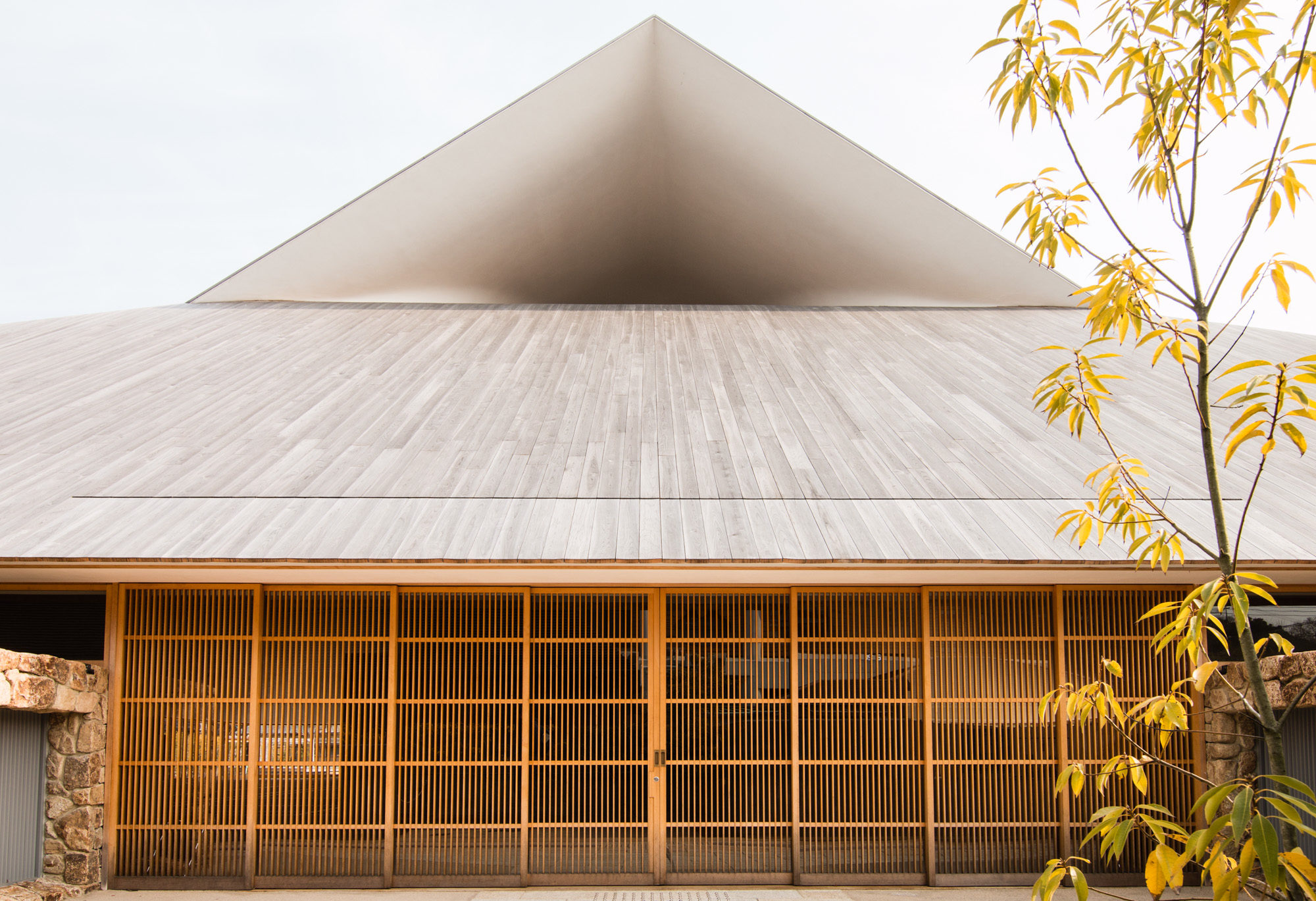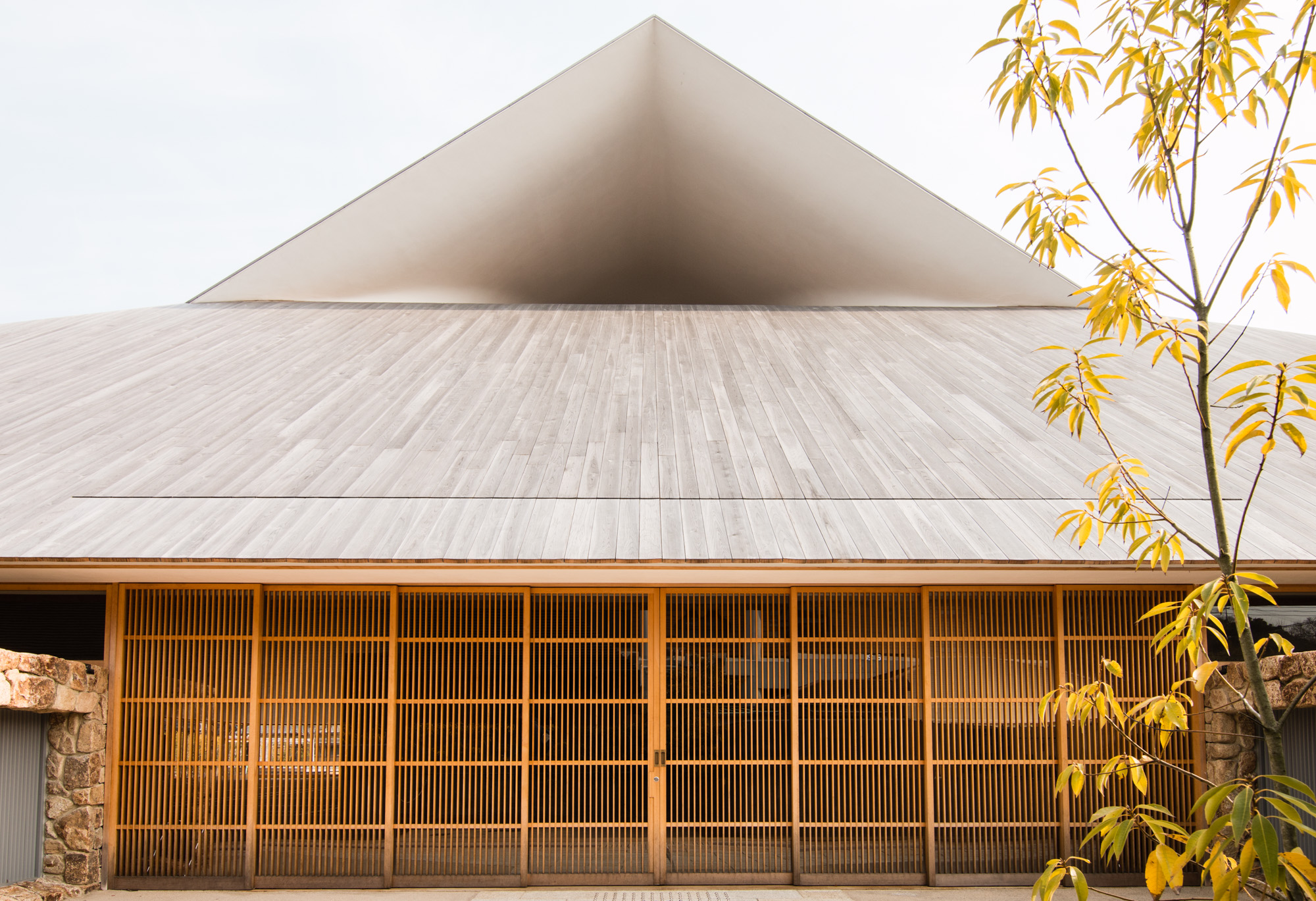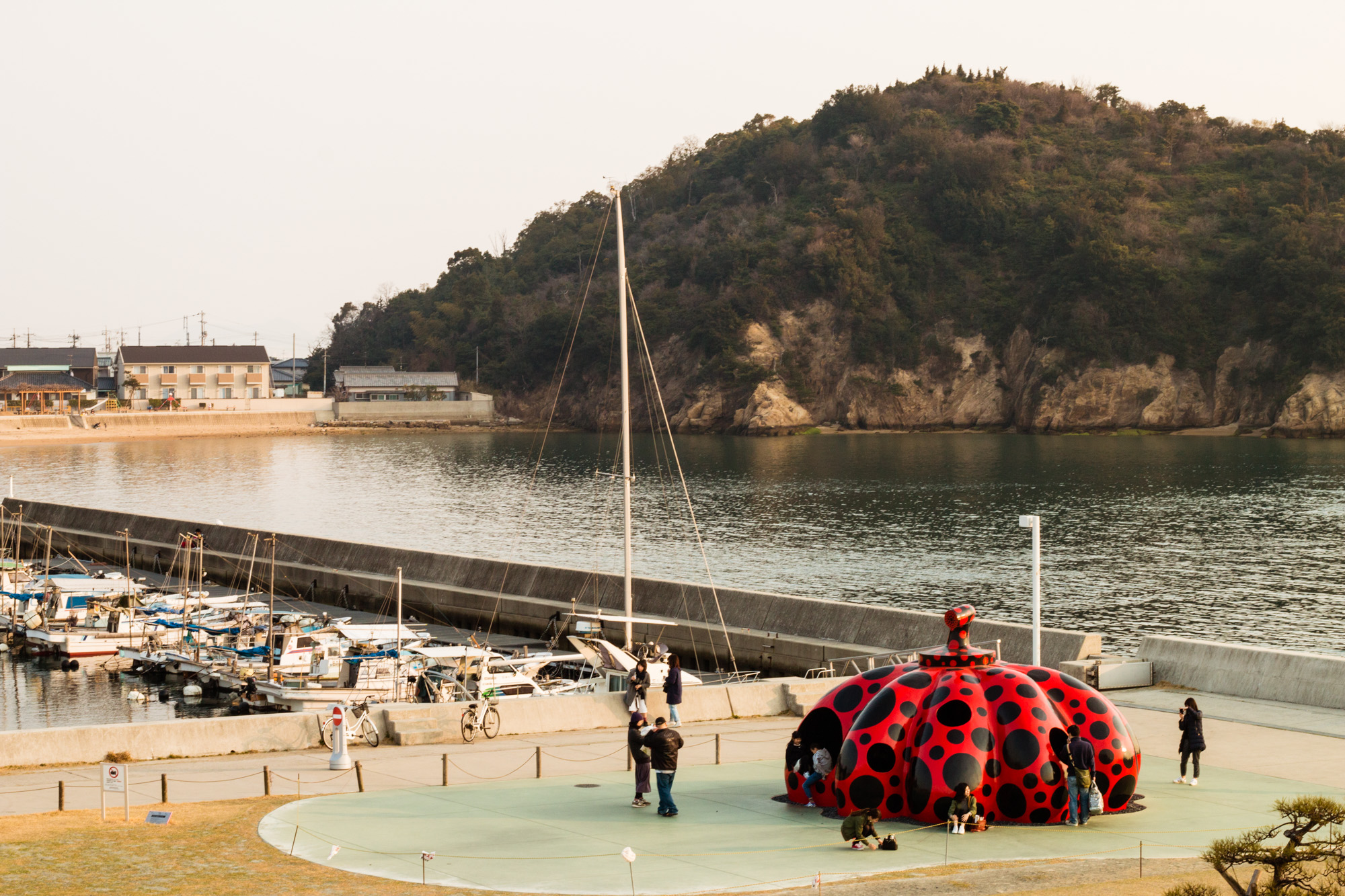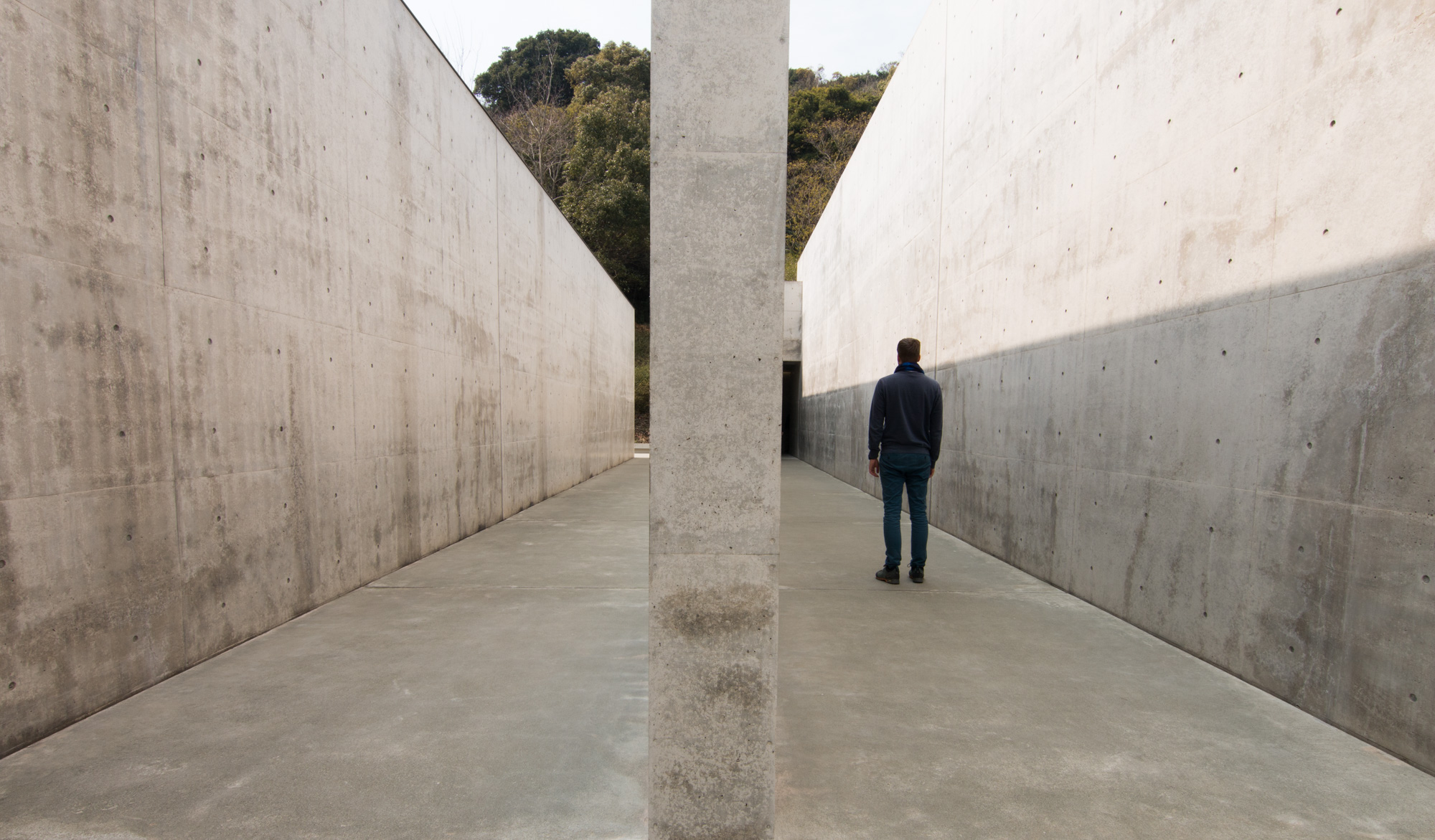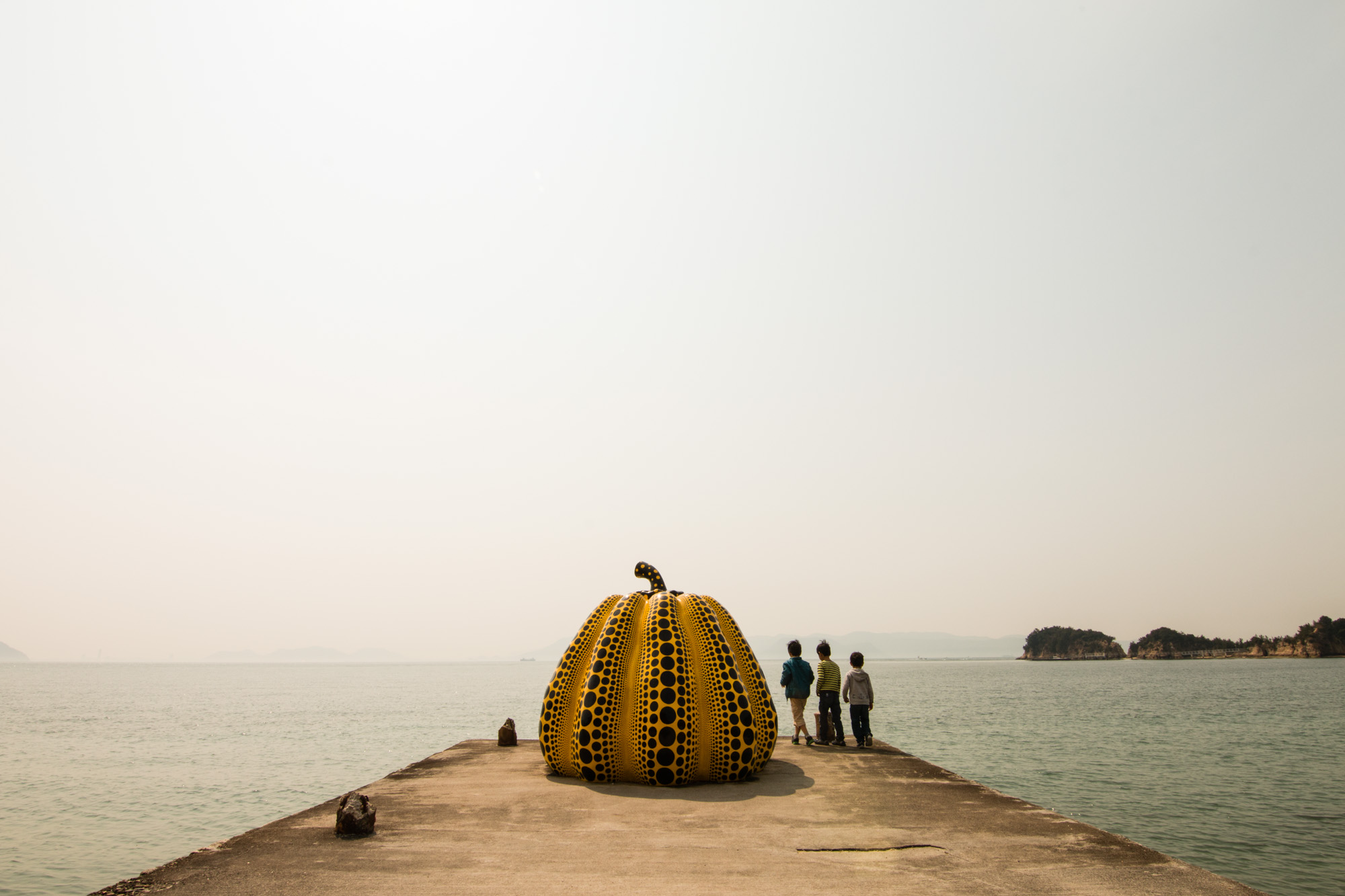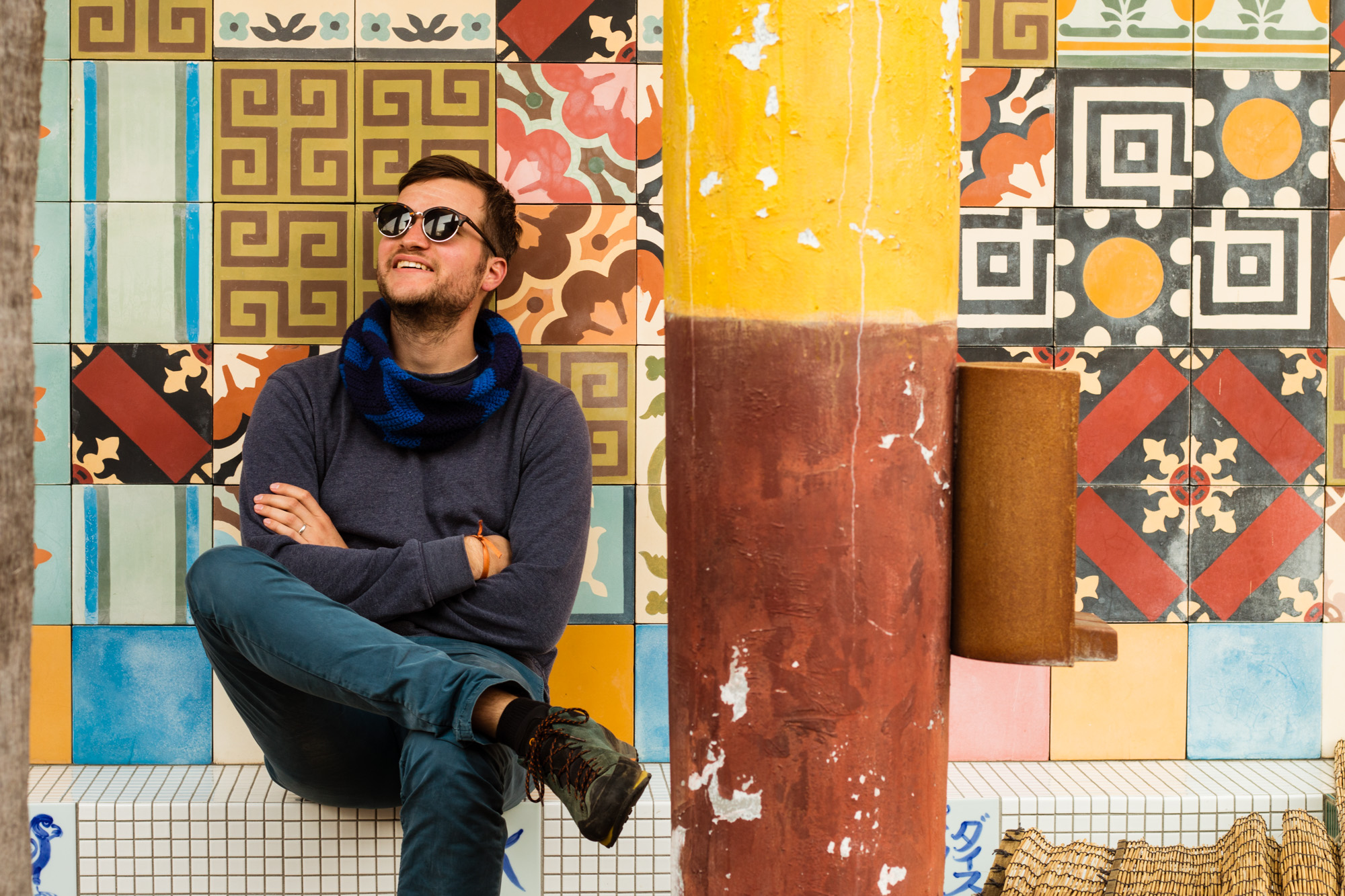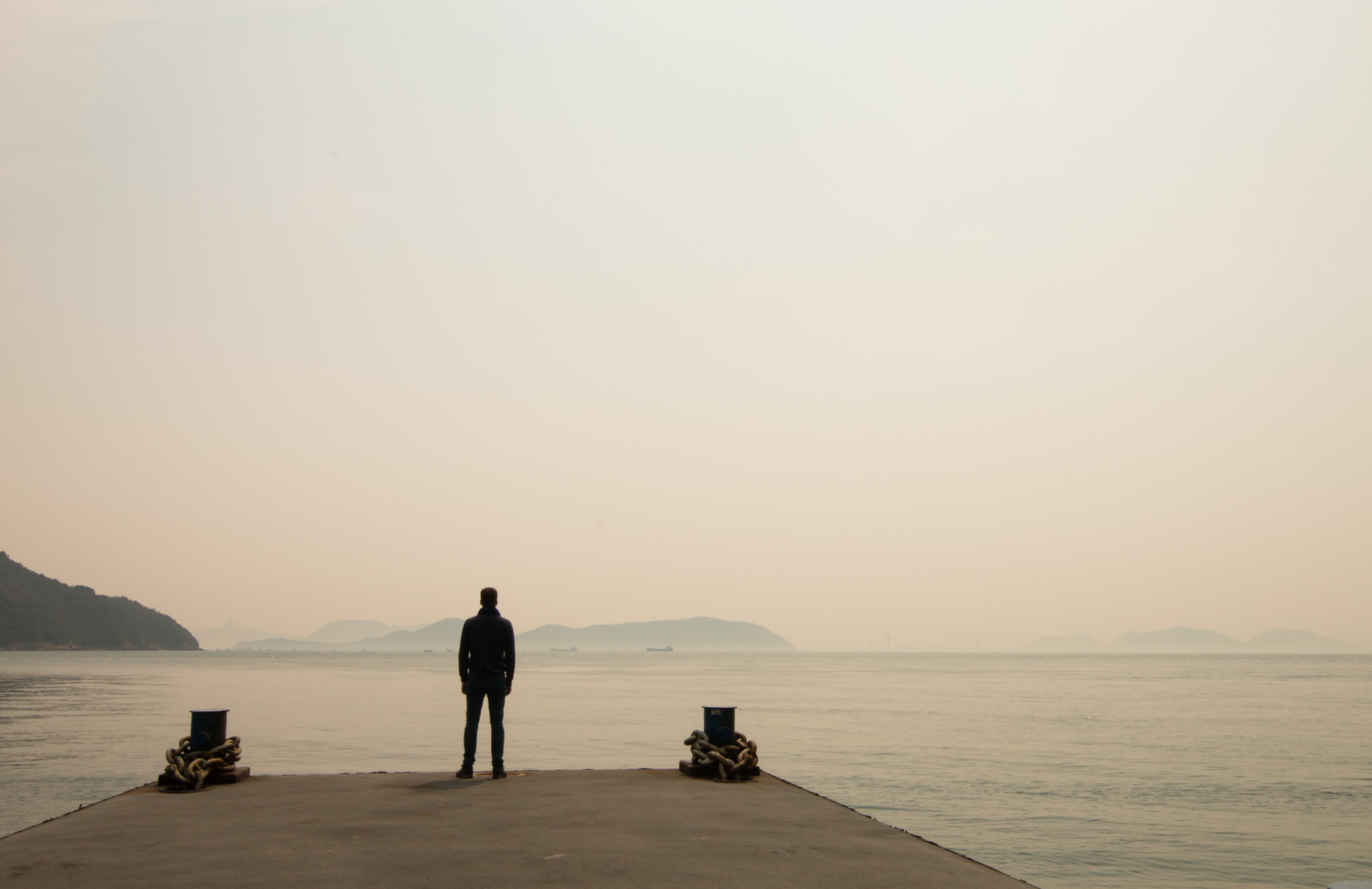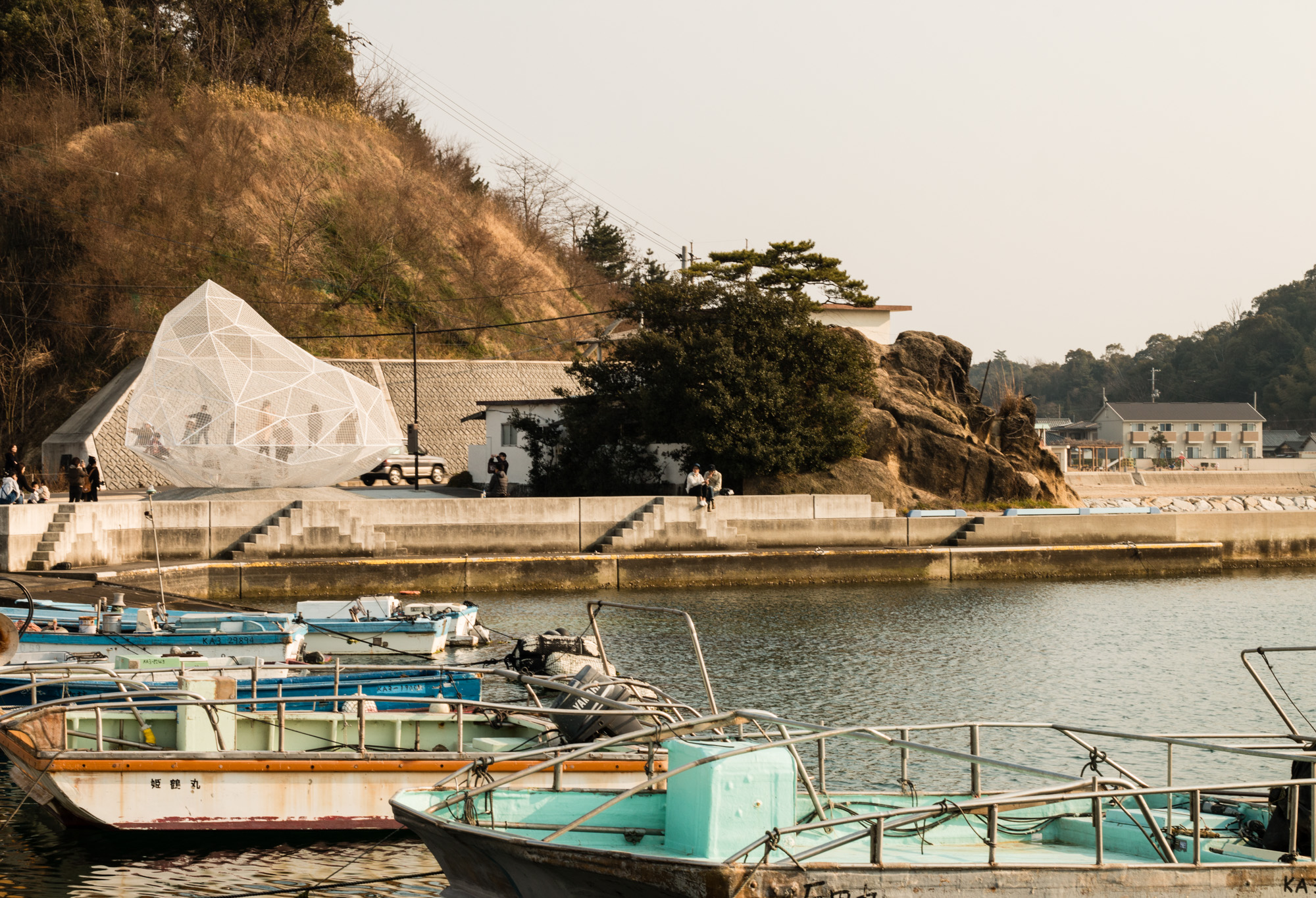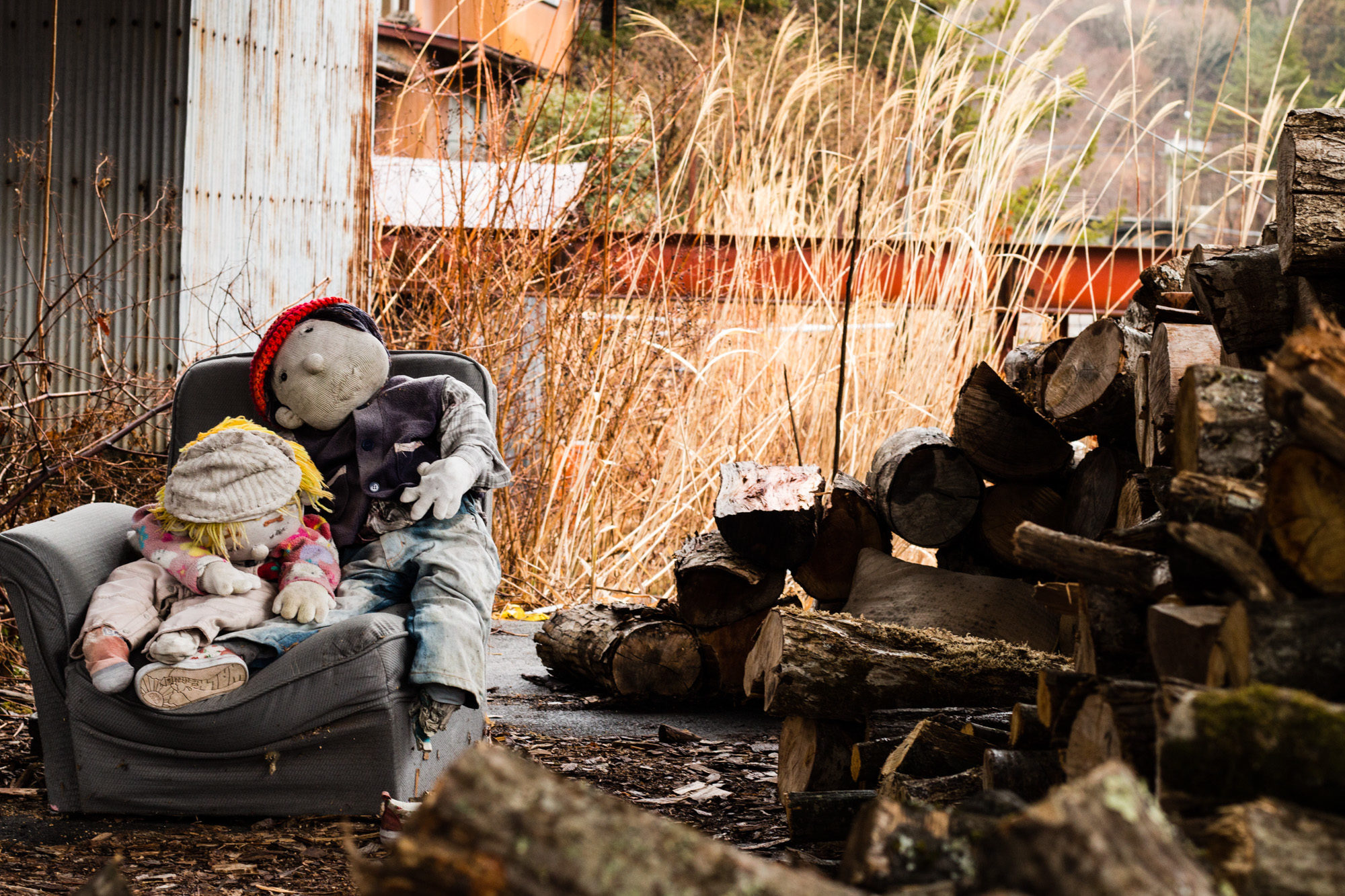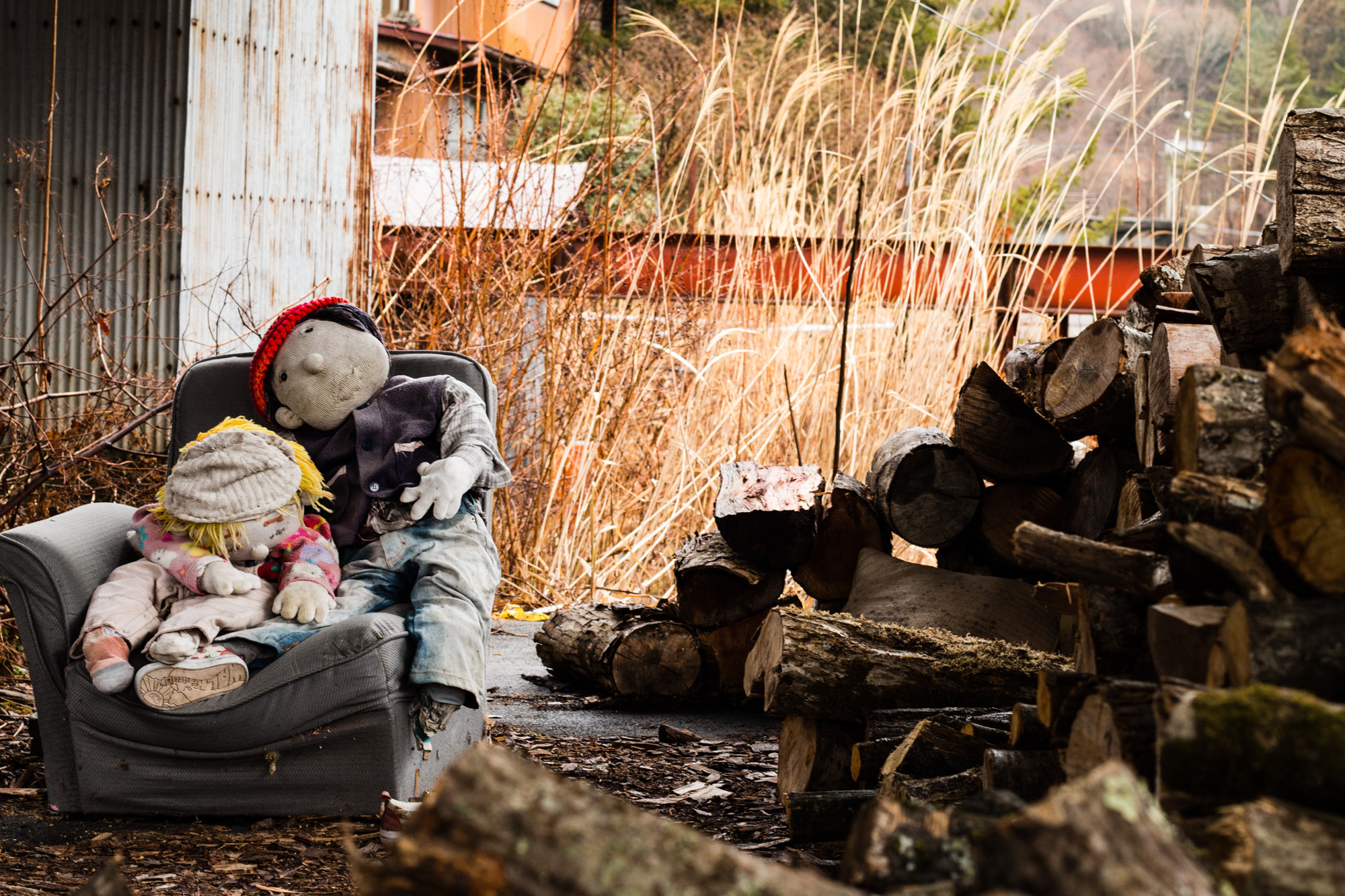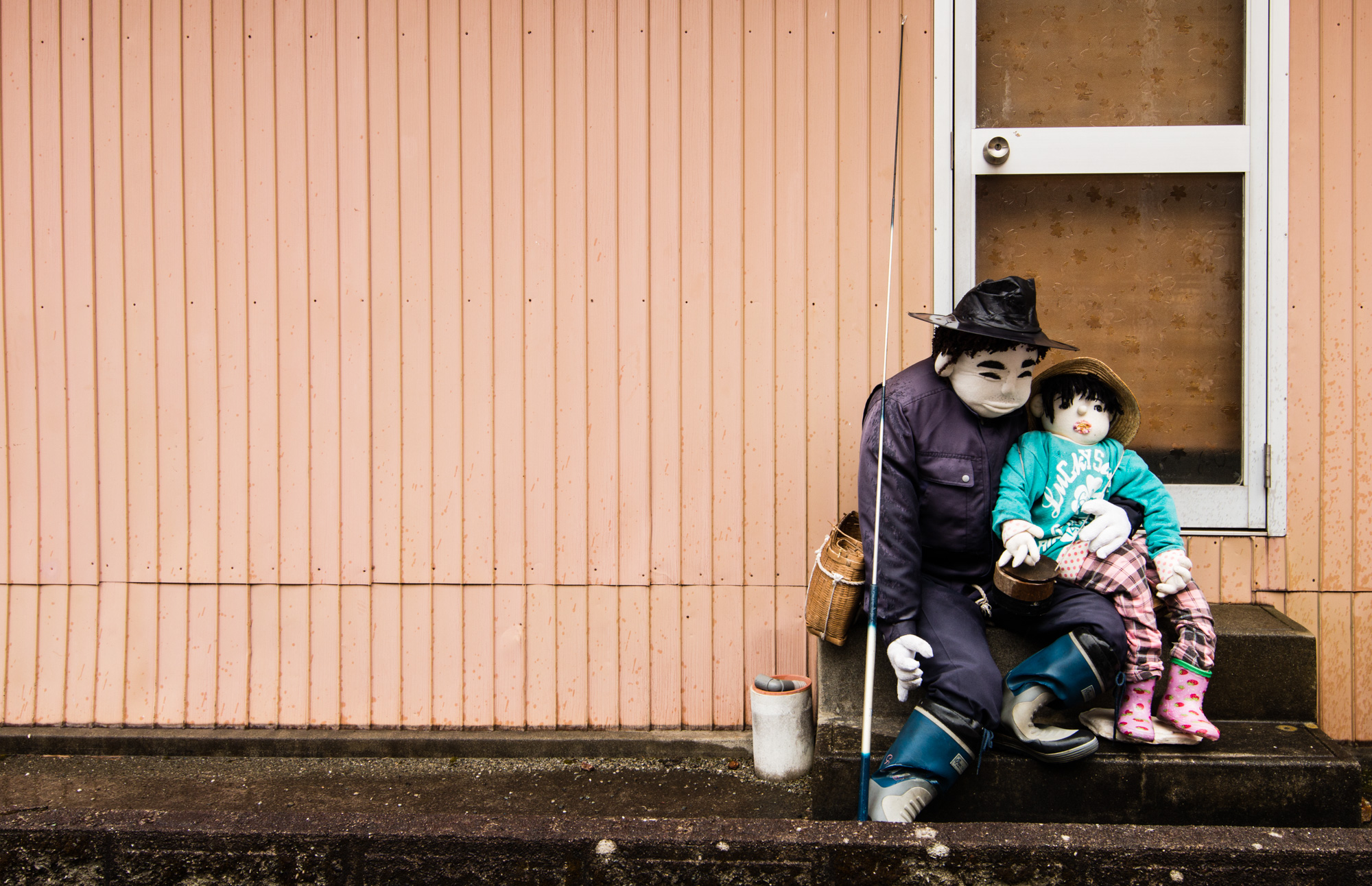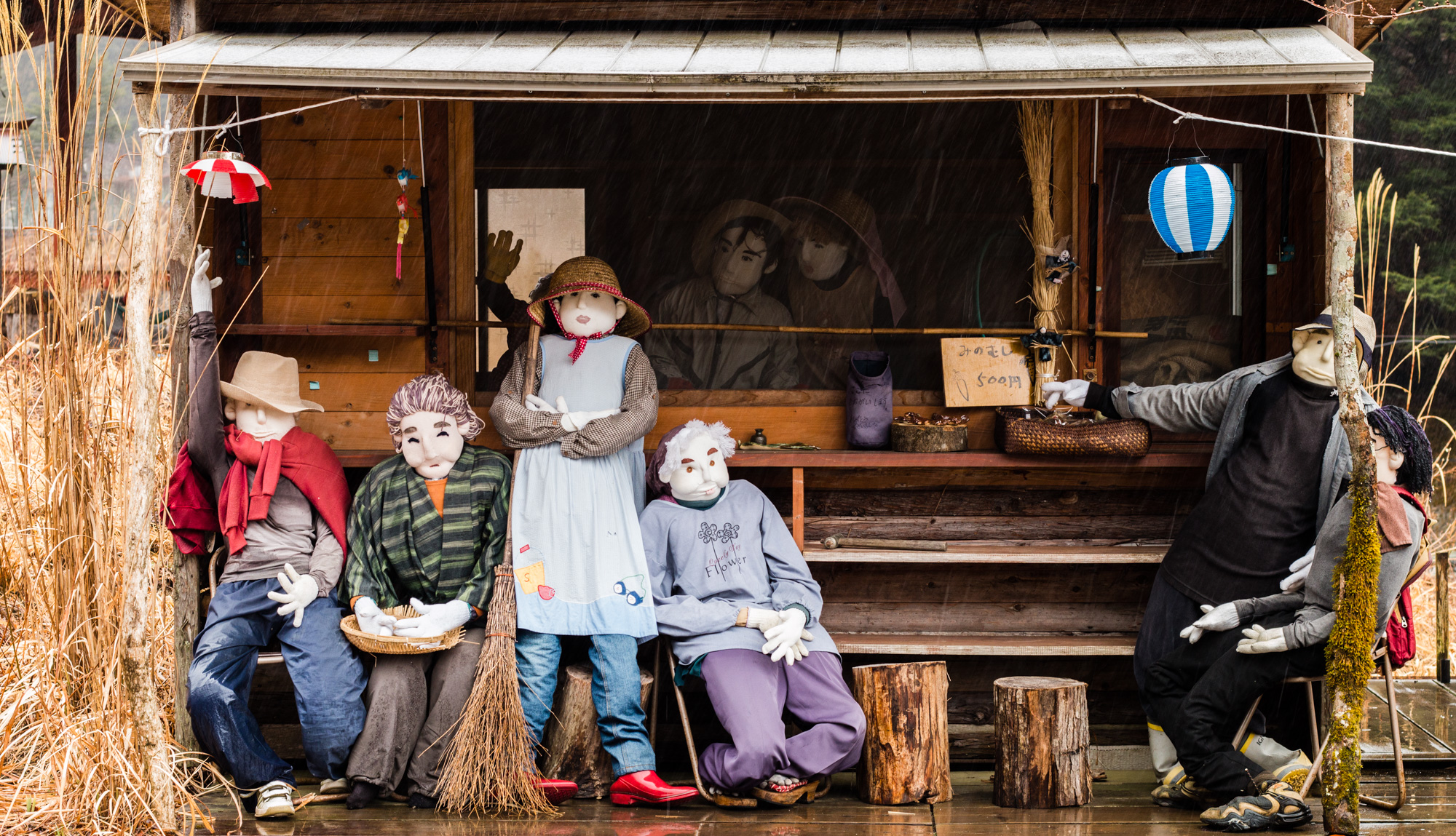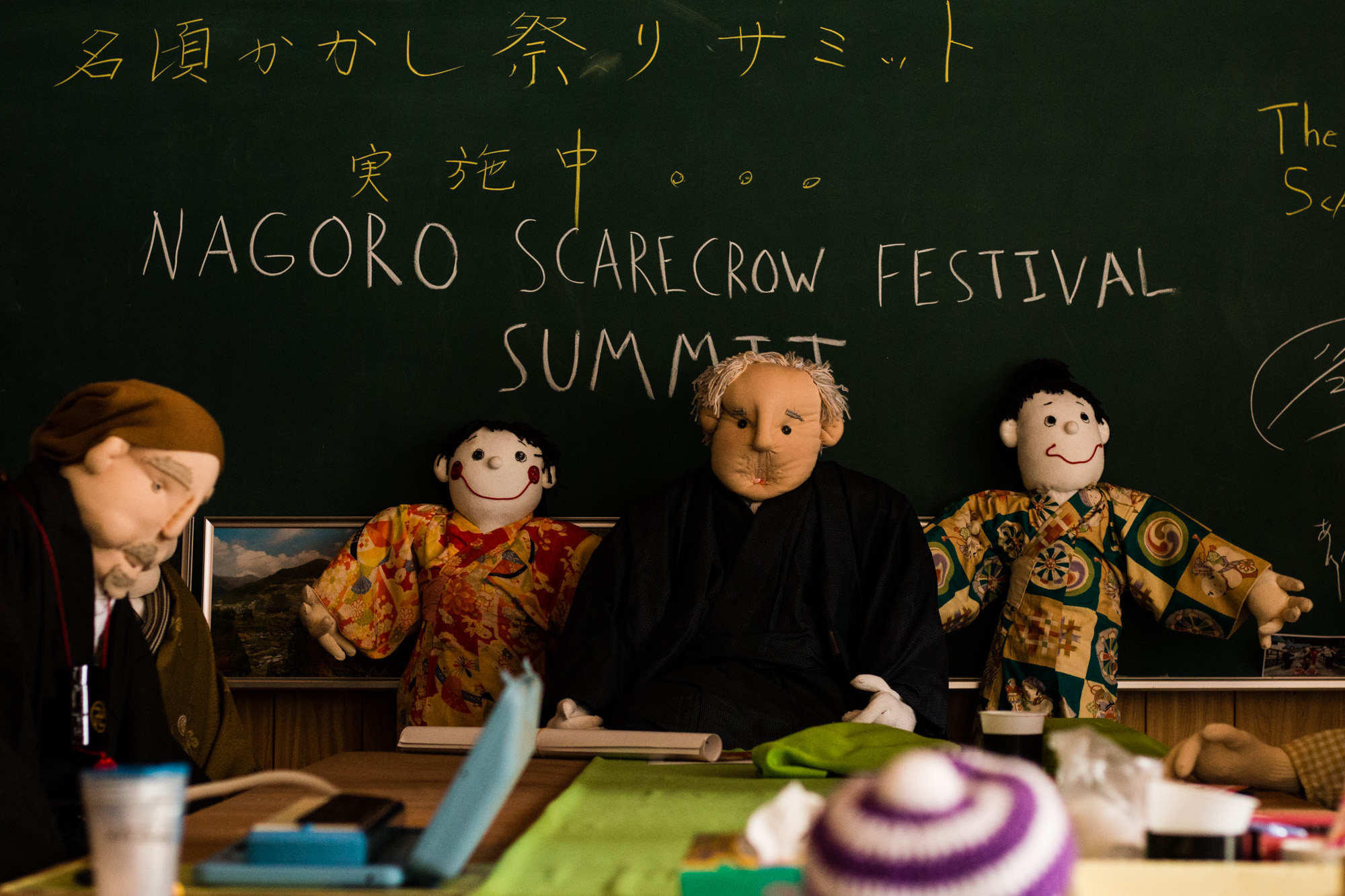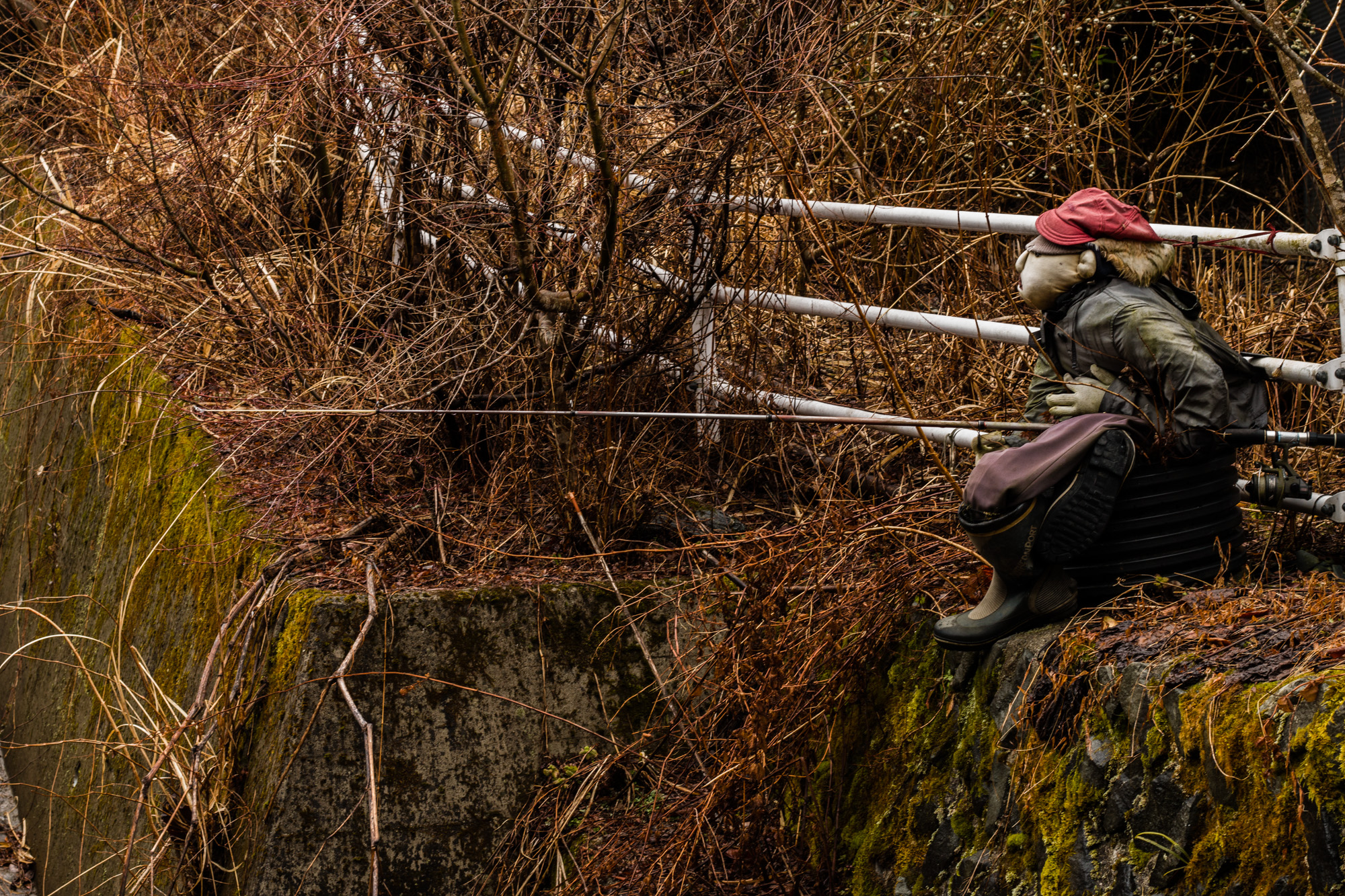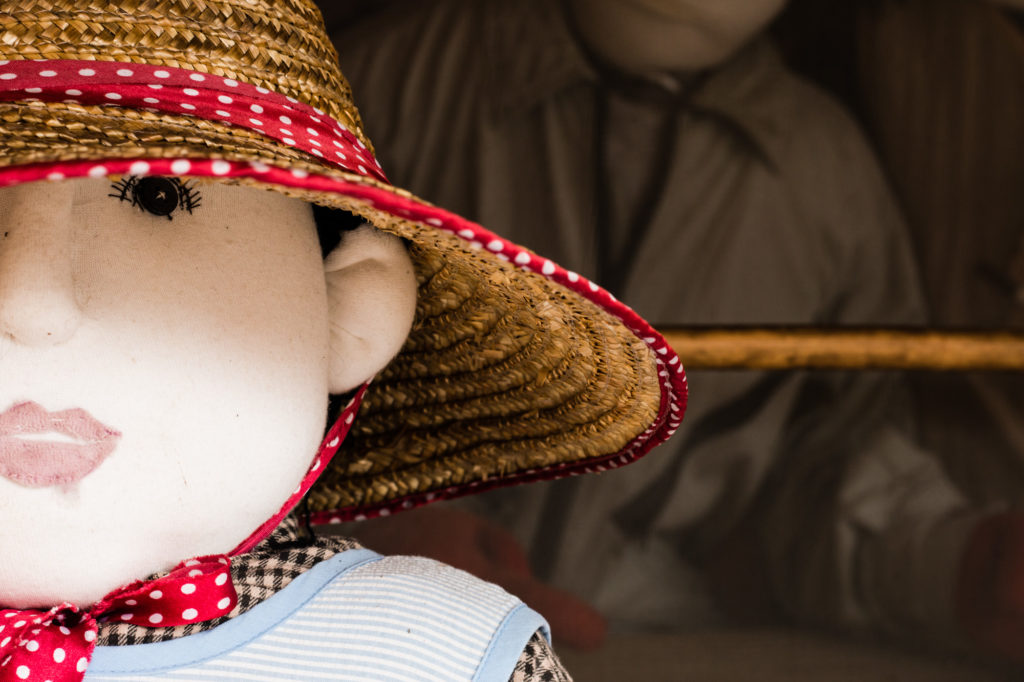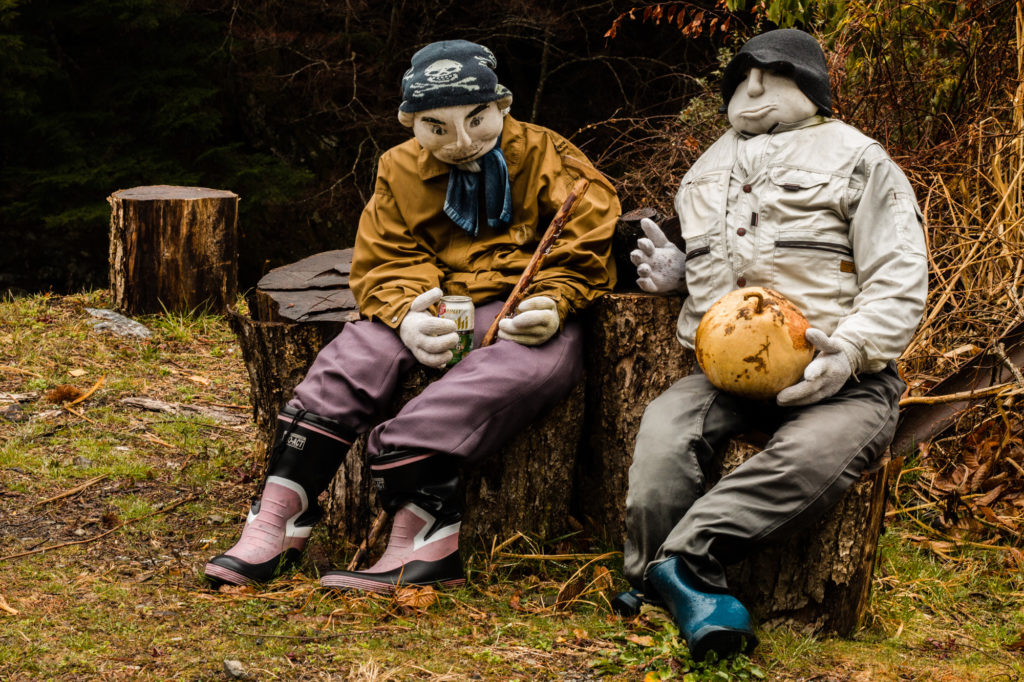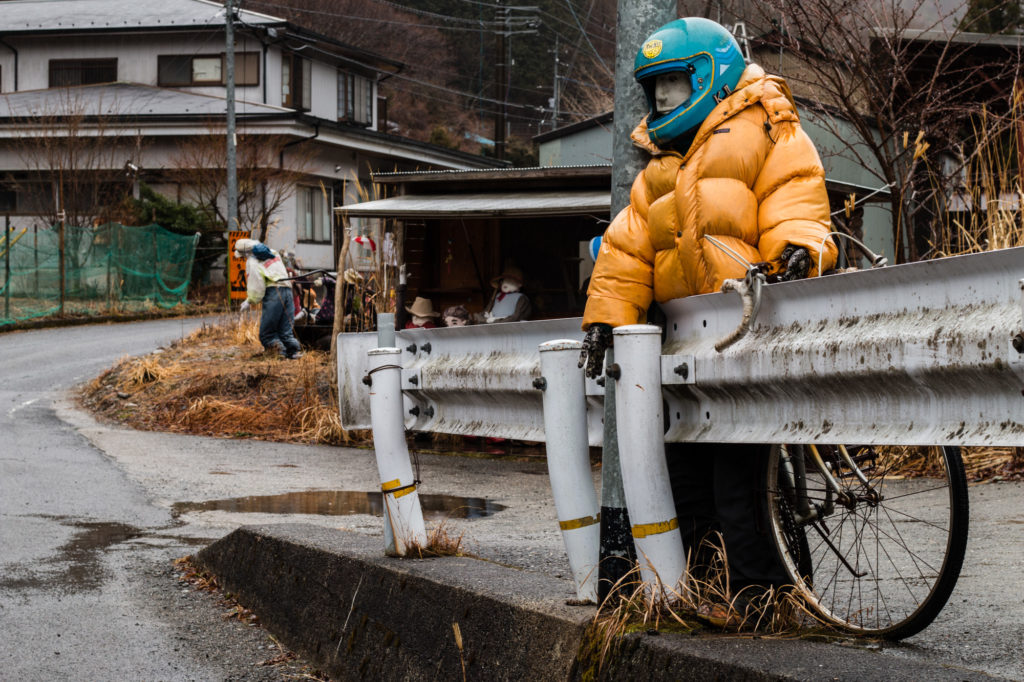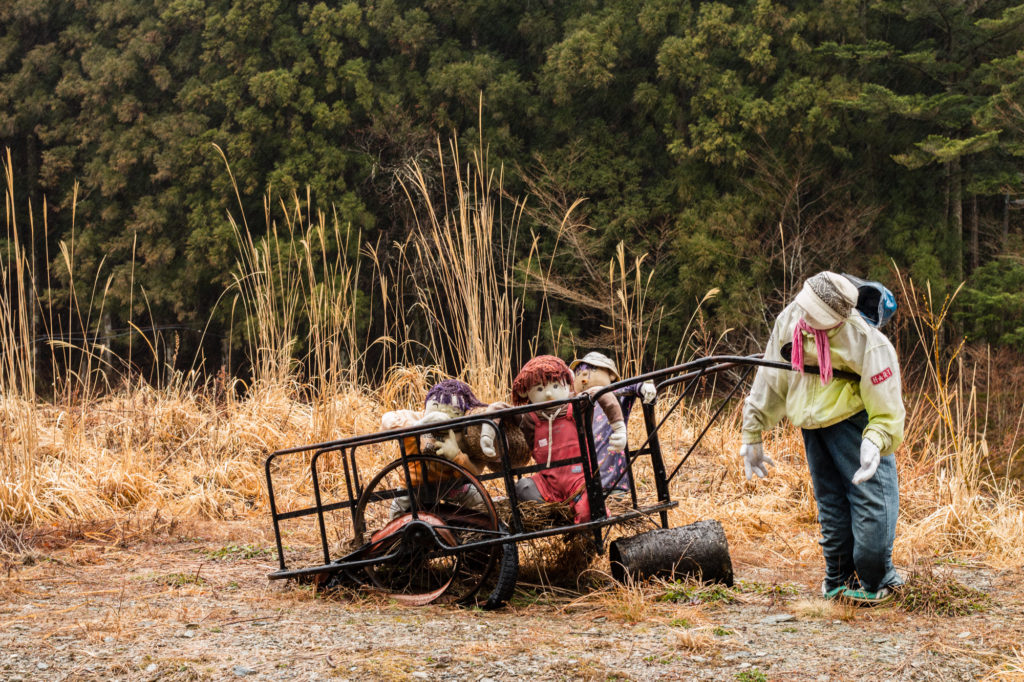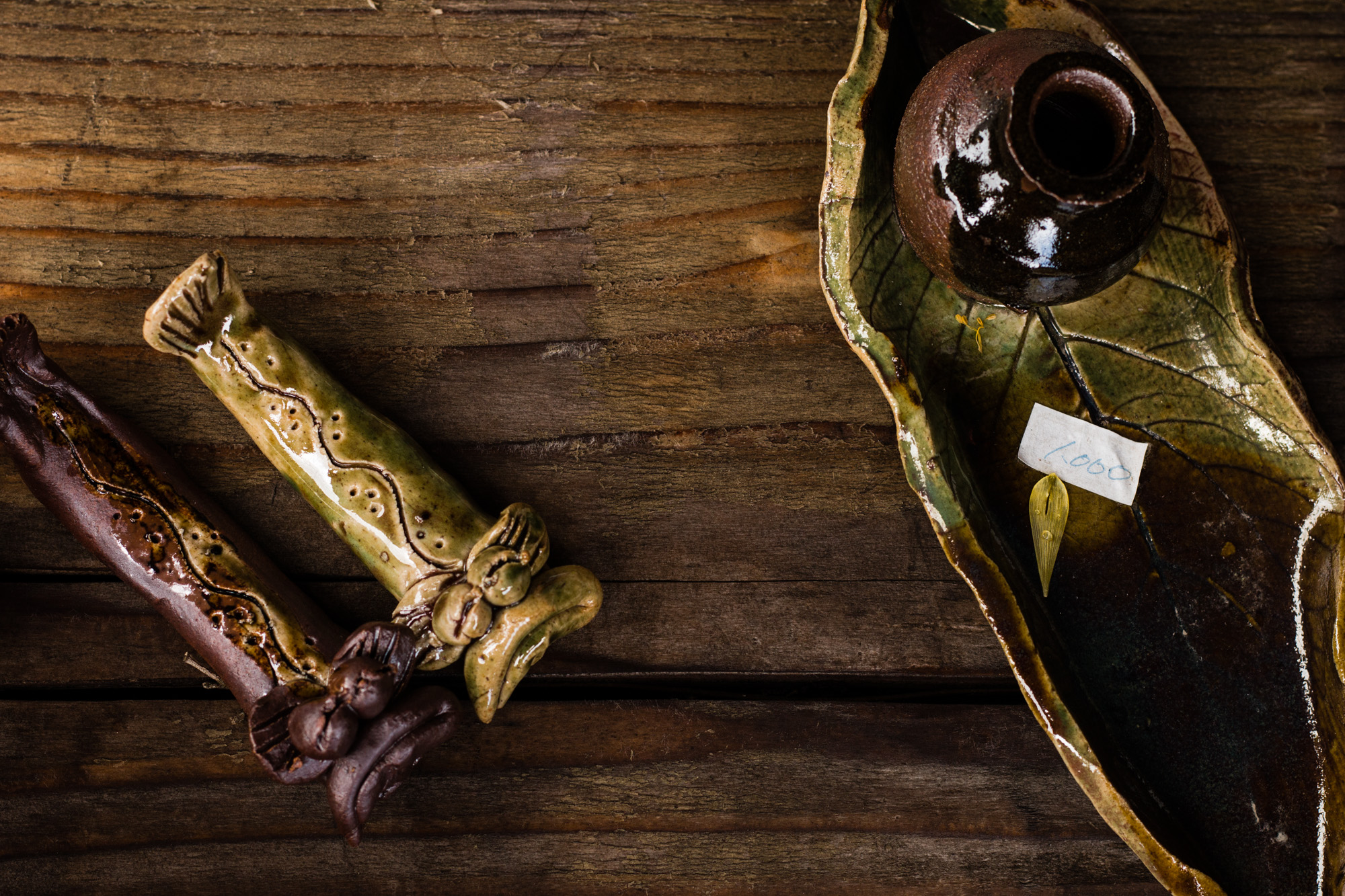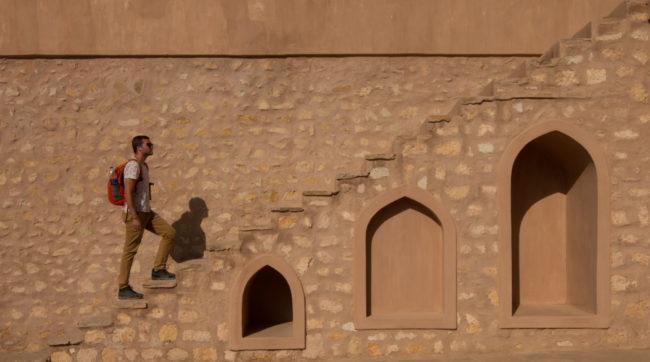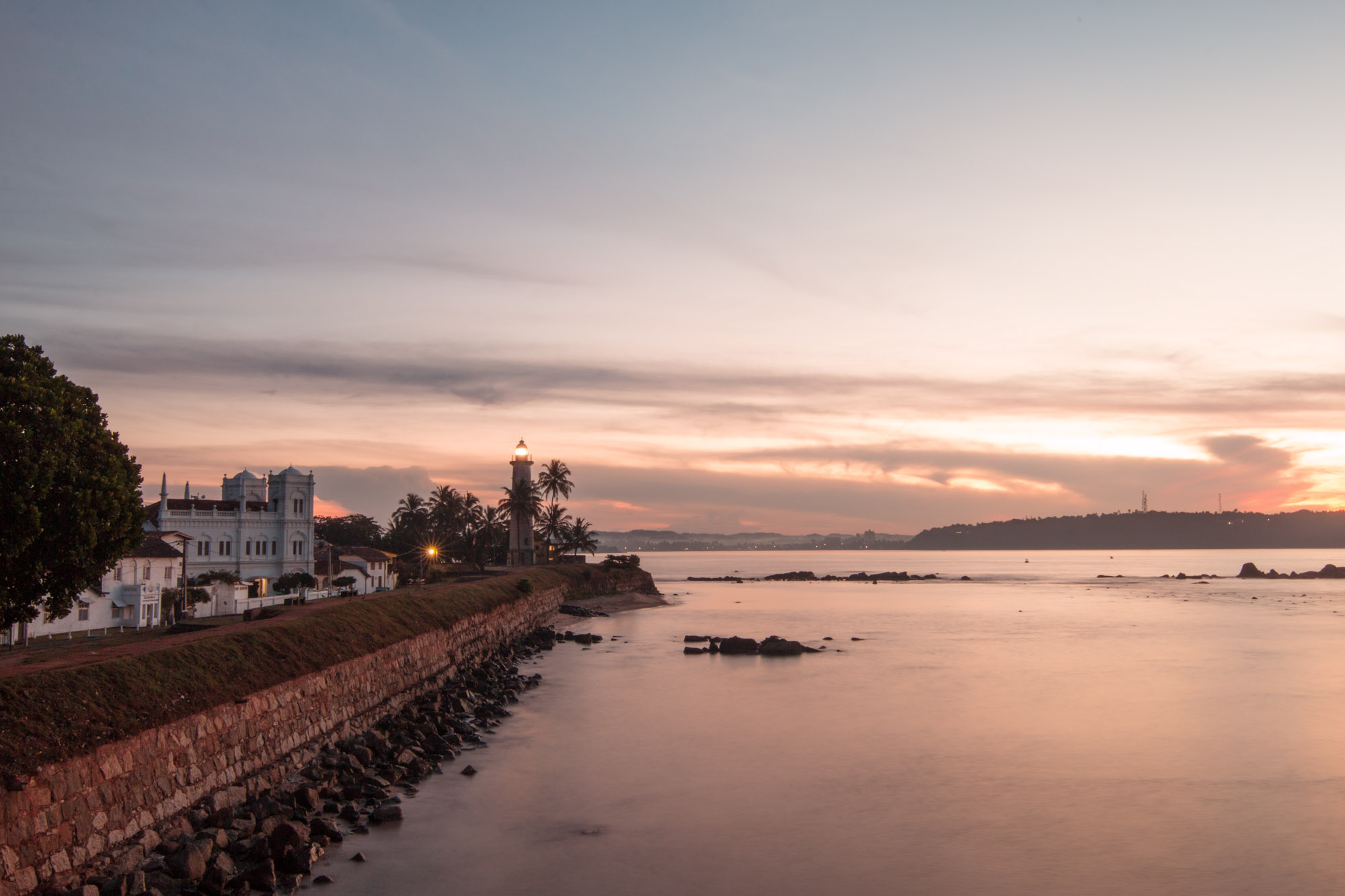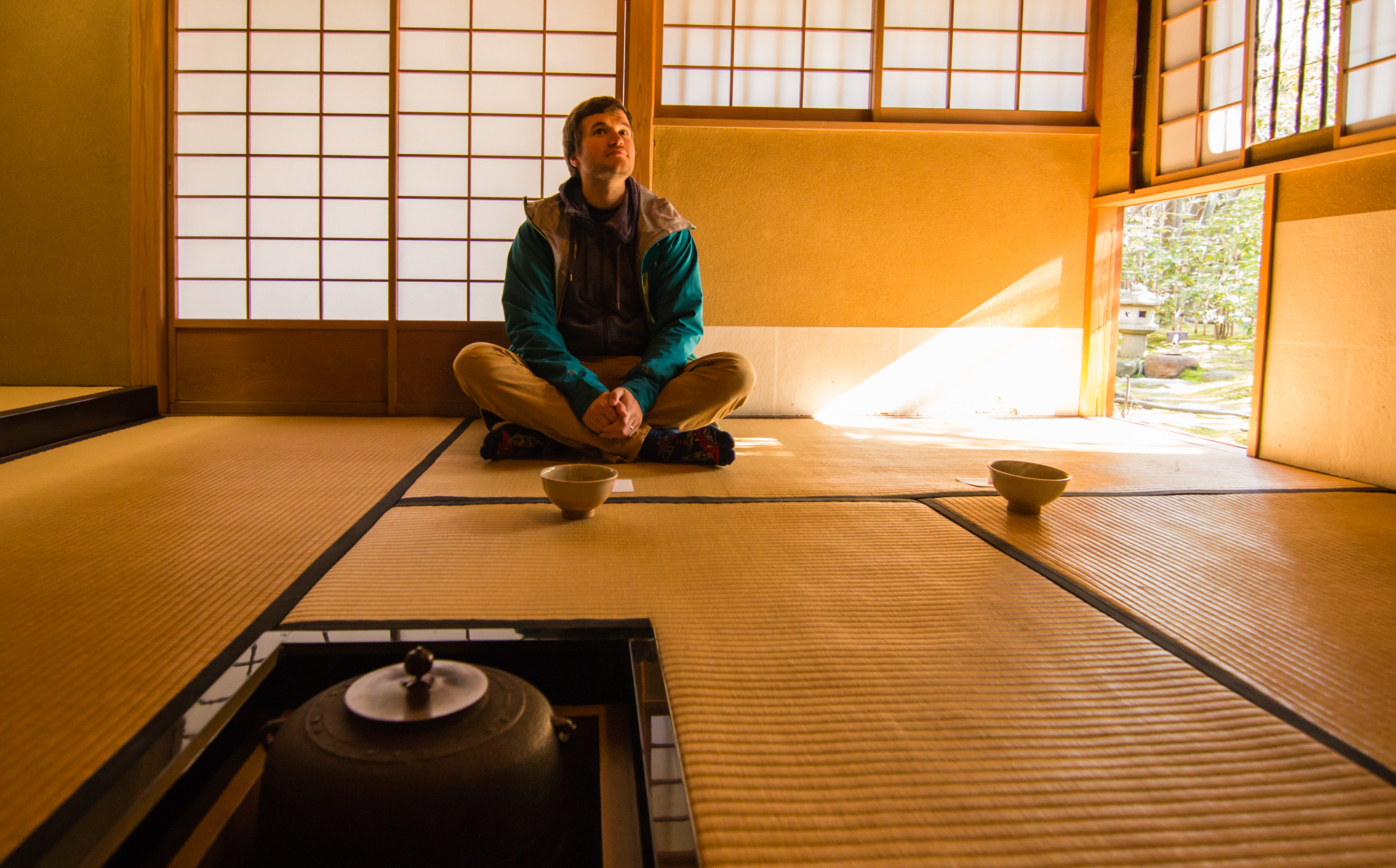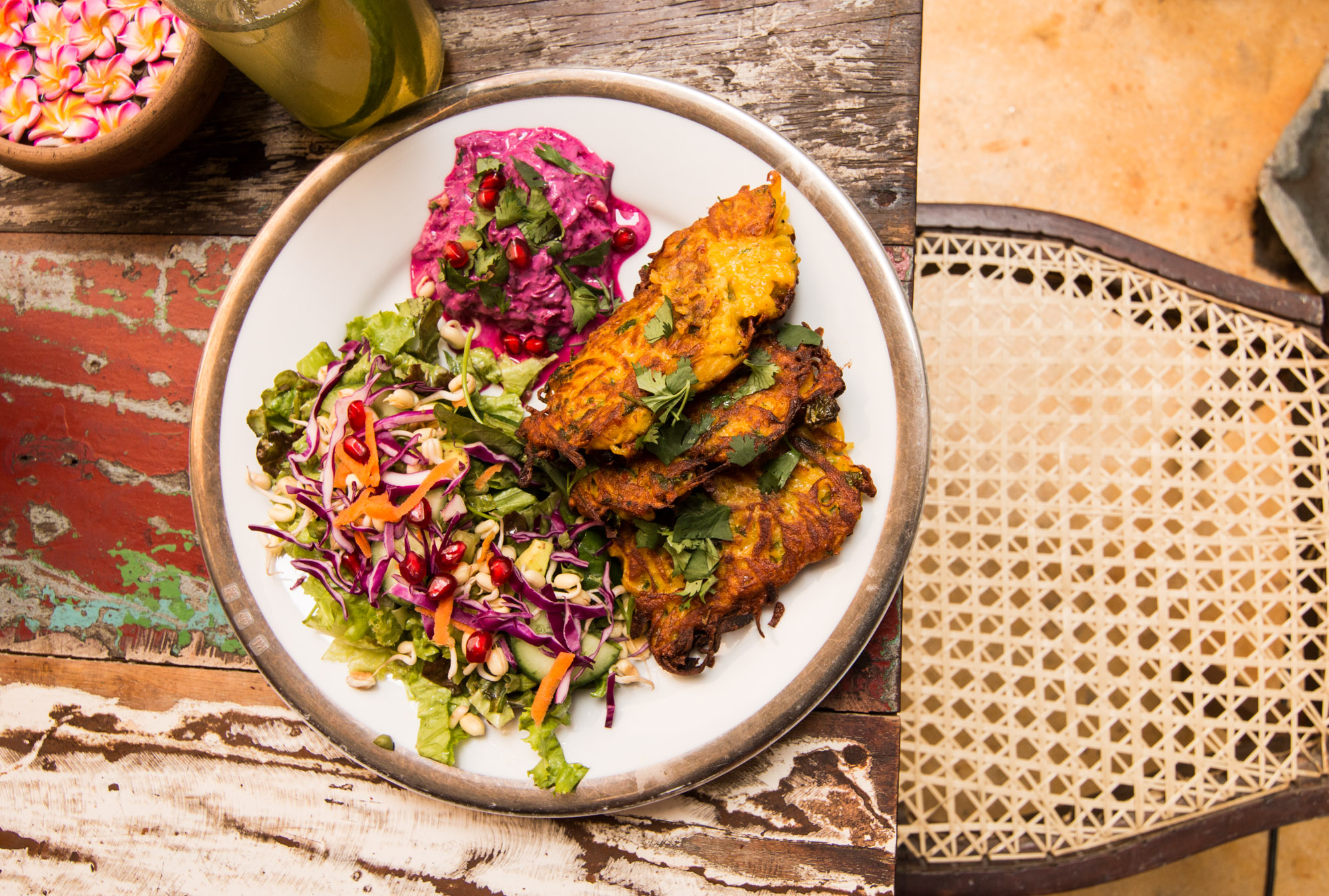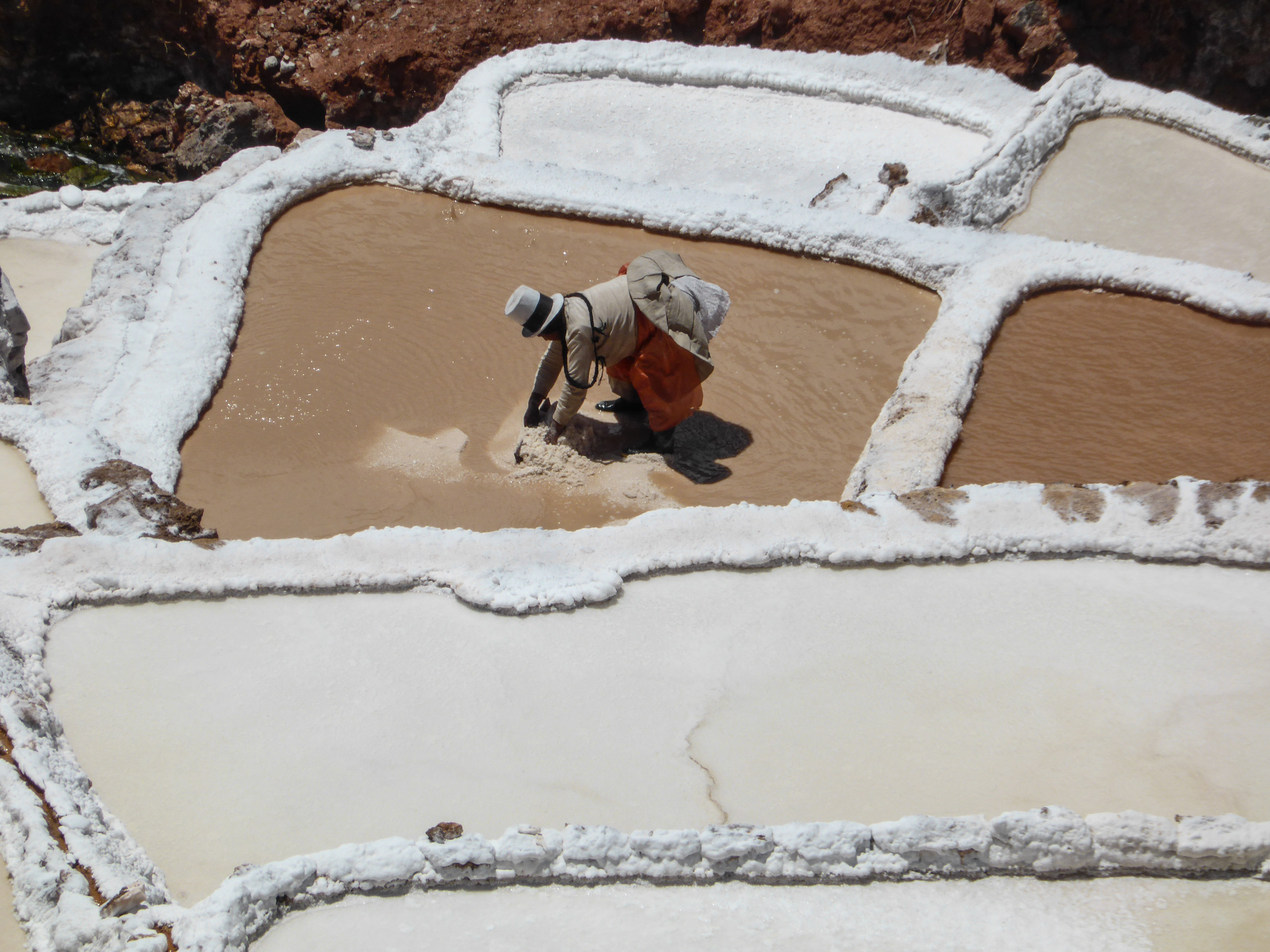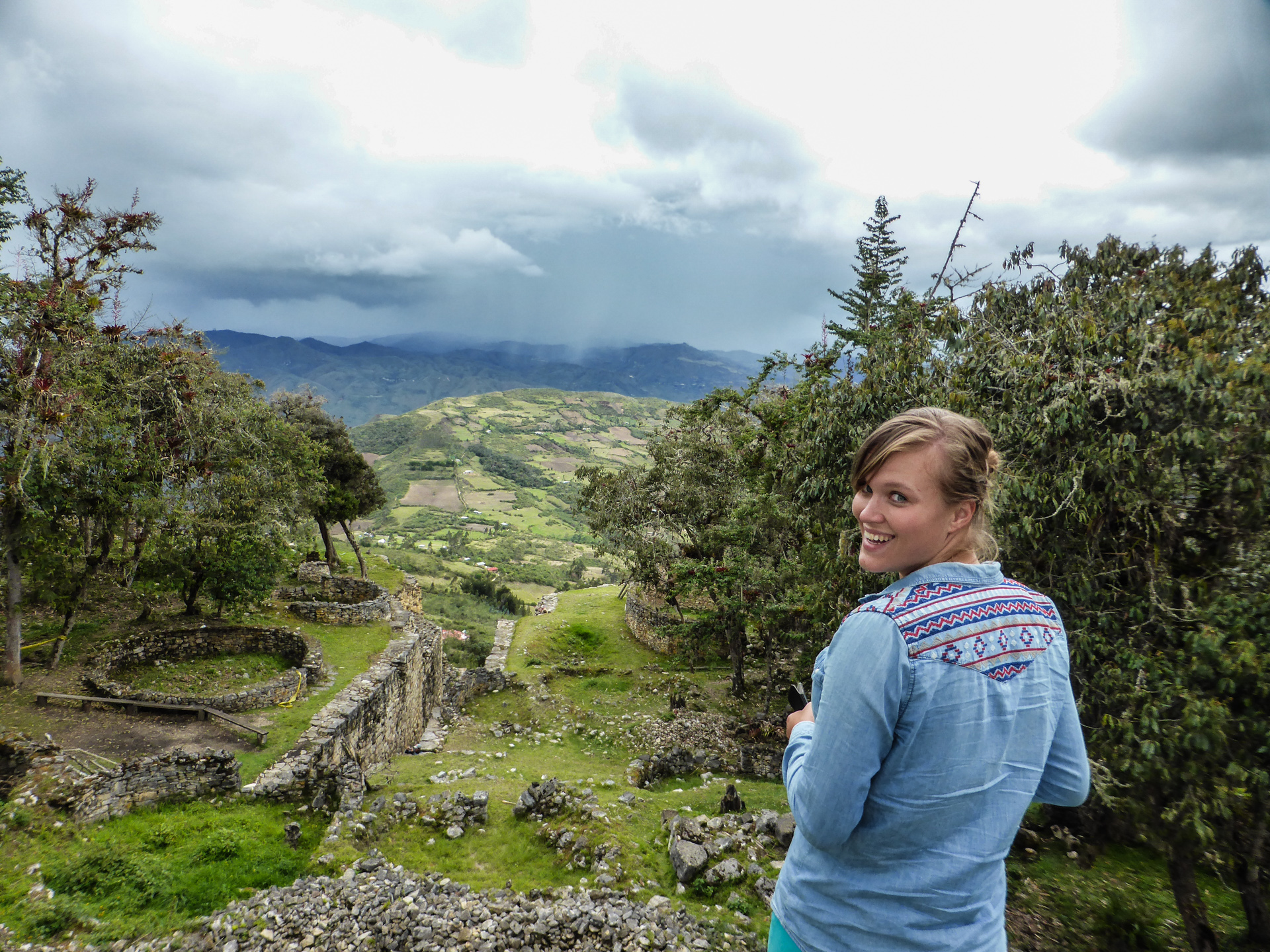Long term travelling is not a vacation, it's being away from family and friends, missing weddings, births and birthdays, it’s having your house on your back and leaving the rest behind. Two years after we left our jobs and lives, being on the road became our lifestyle. It’s been an amazing journey that has taught us so much but it hasn’t been easy. Constant traveling, change of food, environment, packing, it all gets difficult after a while.
How to travel for a long time without losing your mind? How we adjusted our lifestyle on the road…
We can’t and don’t want to see everything
Sounds obvious but it took me a while to understand that. We get so many tips and so many times during my research I read that 100 km further there is again something worth visiting. And well we have the time, right?
It’s just impossible to see everything and at this point we don’t even want to because that means we would be running around the whole time and lacking time to enjoy where we are at that moment. As a remedy I decided that we would have some highlights of places we wanted to see and besides those we would go with the flow which for long-term travelling works best. Sometimes we met incredible people or hear of something really unique and we are able to join because we don’t have a tight schedule.
We unpack
We don’t have a house and diving into a backpack every time I'm searching for something, was driving me insane so I decided to unpack everywhere where we stay more than 3 nights. That is one of my favorite routines that makes me feel at home straight away. Even if there is no closet, I spread plastic bags under our beds and unpack there.
We take stuff we don’t “need”
When we left I thought I wouldn’t bring any make-up because I was going backpacking and I need to have a light backpack and cosmetics are just not essential. To be honest I just missed them. I just like having a bit of vanity from time to time and that’s a small treat for myself. Besides the basics are not so heavy to bring along 🙂 The same happened for me with books. I brought an e-reader because it’s handier and lighter but I missed the feeling of turning pages and reading a real book. After a while I decided to take books that I find and exchange them along the way. That has worked pretty well.
It’s true that the backpack needs to be light enough to carry around for some time but it needs to have things you actually like.
We don’t travel as cheap as possible
When we started in Argentina we were able and happy to travel cheap. Sleep in dorms, walk instead of taking a bus etc. But now we got tired of people turning on the light at night, coming back drunk or snoring. Thankfully Japan has actually forced us to lift the standard since economic guesthouses are more expensive than renting a small studio on Airbnb. It made us realize that we really have to limit dorms and shabby places to the minimum for the sake of our sanity. Sharing with others and meeting new people is great but we also need our own space and privacy.
We treat ourselves
Sometimes we go to the cinema or we buy ourselves something small. We try to lead a normal life on the road and treating ourselves is an essential part of it.
We cook
Eating out tends to be more expensive than cooking. More importantly budget eating out lacks in vegetables, nutrition value and many times its deep fried. That’s why we prepare our meals as often as possible. We eat a lot of vegetables, fruit and we drink a lot of water and tea.
Food is an important part of any culture and so we always try local cuisine and many times we try to prepare it ourselves as well. Cooking local means also lowering the costs, ingredients used and grown in the country are way more economic than those brought from abroad.
We stop
We never stay in a place less than 2 days (3 nights) and generally we try to stay way longer, preferably at least a week. We like exploring places slowly, being able to come back to a spot if we want to. We love stopping, observing, sitting down and chatting with people passing by. Many times we have lots of places we want to see in a day and we decide to stay at the first stop just because it’s magical and has a great vibe. We love the feeling that we have time to do so. Seeing less is often more for us.
Some spots change completely with light, seasons, and atmosphere. Canals in Amsterdam are not the same place at dawn as they are in the middle of a hectic day. Japan during cherry blossom is a completely different experience than during the winter months. Why rush if we don’t have to?
We emerge in a culture
We read, ask and observe as much as possible. That’s my favorite part of the journey. It’s a continuous, never-ending learning process. That’s partially why we prefer to stay in countries with longer tourist visa's. To feel that although we came with so little knowledge, we broaden our horizons and scratch the surface of understanding at least a bit.
Disappointment is part of the journey
Online research creates expectations and those are a perfect recipe for disappointments. We have seen so many places that didn’t impress us at all and they stood high on our bucket list. It’s part of the journey. If we didn’t see those we would probably still think they were amazing and regret not going. At least we know. It’s important to understand everyone is different and for someone Machu Picchu can be a life-changing experience. We know that Peru has so much more to offer and many of the Incan ruins are a true Indiana Jones treat so we didn’t feel impressed with overrated and crowded MP. We were still happy we saw it though.
We enjoy small things
We appreciate when the sun is shining but we are also happy when it rains. We enjoy the time we get to spend with people that inspire us and we try to let them know that. Every day we remind ourselves of just how lucky we are to get this opportunity from life and how important it is to be conscious about it.
We accept
Bus is going to be late? It will come tomorrow? Well than we have time to read a book, update the blog, talk to people around us. In long queues and never-ending waiting times I learned to crochet. Something I always wanted to be able to do but never took the time to learn.
Travel taught us adapting and making the best out of circumstances that occur. Why to drill and get mad at things you can’t change? It’s lost energy. It’s better to take a different approach and “row with the oars you have”as the Dutch say 🙂
